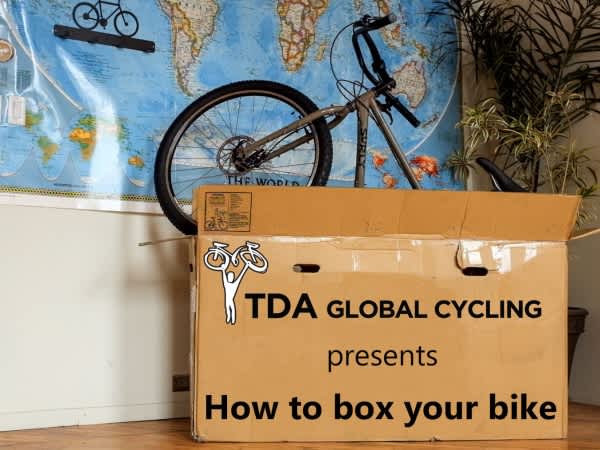TDA is very lucky to have had Ozgur Karatas, one of our experienced tour leaders and a native of Turkey, help us design our route for the 7 Wonders of Turkey. Our Operations Manager, Miles MacDonald, who has spent much time living and working in Turkey over the last 2 decades, has also put his knowledge into the route. We wanted to share the highlights from the tour and are very excited to introduce you to the 7 Wonders of Turkey.
Cappadocia
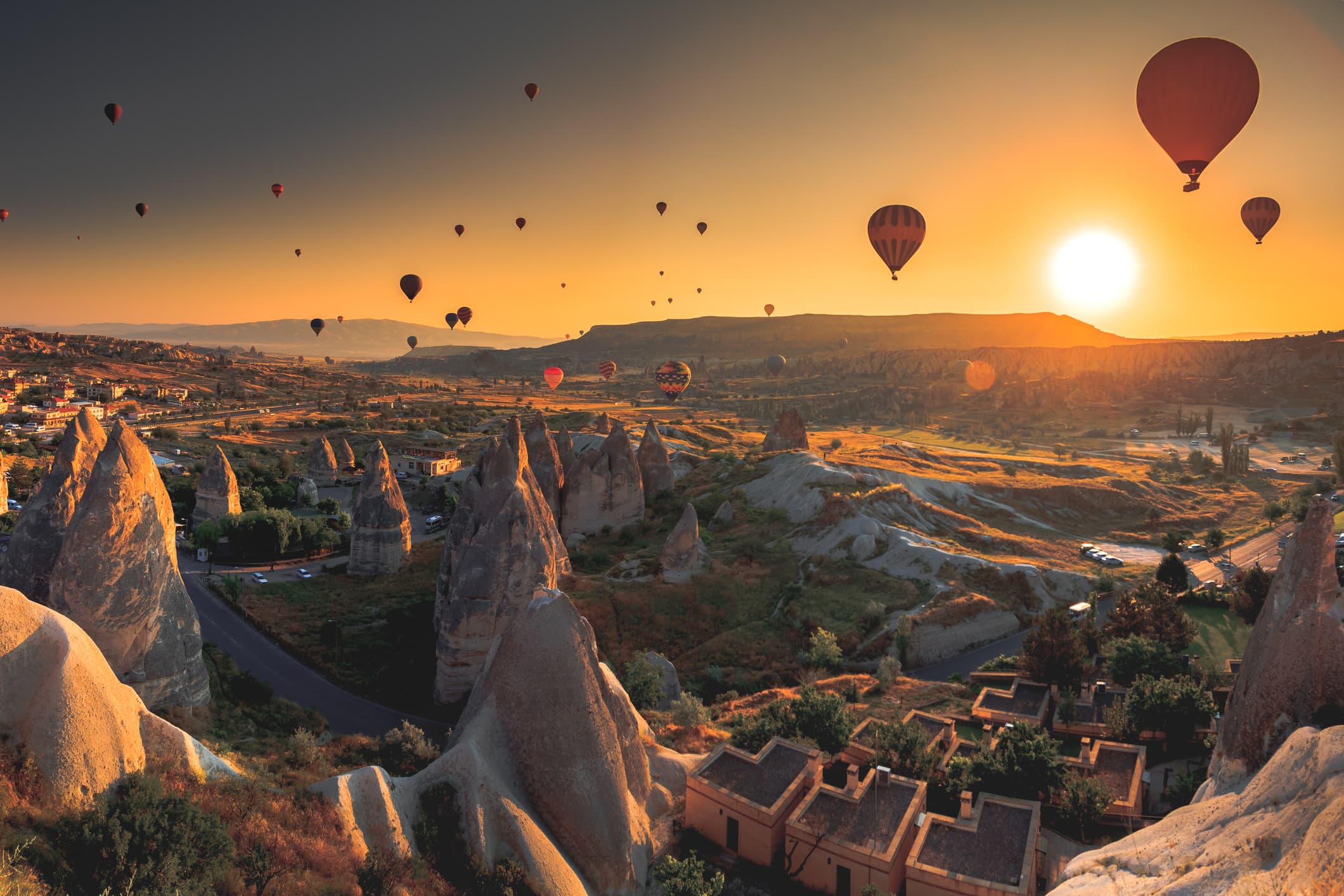
One of the world’s most famous geological settings, with its fairy chimney formations, sandstone caves, and picture-perfect sunrises. From before the 6th century BCE, Cappadocia has been the seat of local Kingdoms, as well as under the rule of more powerful Empires. Perhaps most famously it was a province of the Roman empire, during which underground defensive fortifications were built, which still exist to this day. Early Christianity also flourished in Cappadocia, with churches and temples carved into the local sandstone. No trip to Cappadocia is complete either without an early morning hot air balloon ride.
Konya

Home of the whirling Dervishes, or Mevlevi Order, formed by the teachings of the great Sufi Islam theologian, Rumi, who also has his final resting place in Konya. A visit to the Mevlana museum allows for a thorough introduction to the history and beauty of the Order, as well as an opportunity to experience the beauty of the Whirling Dervishes meditation in practice.
Kas (Mediterranean Coast)
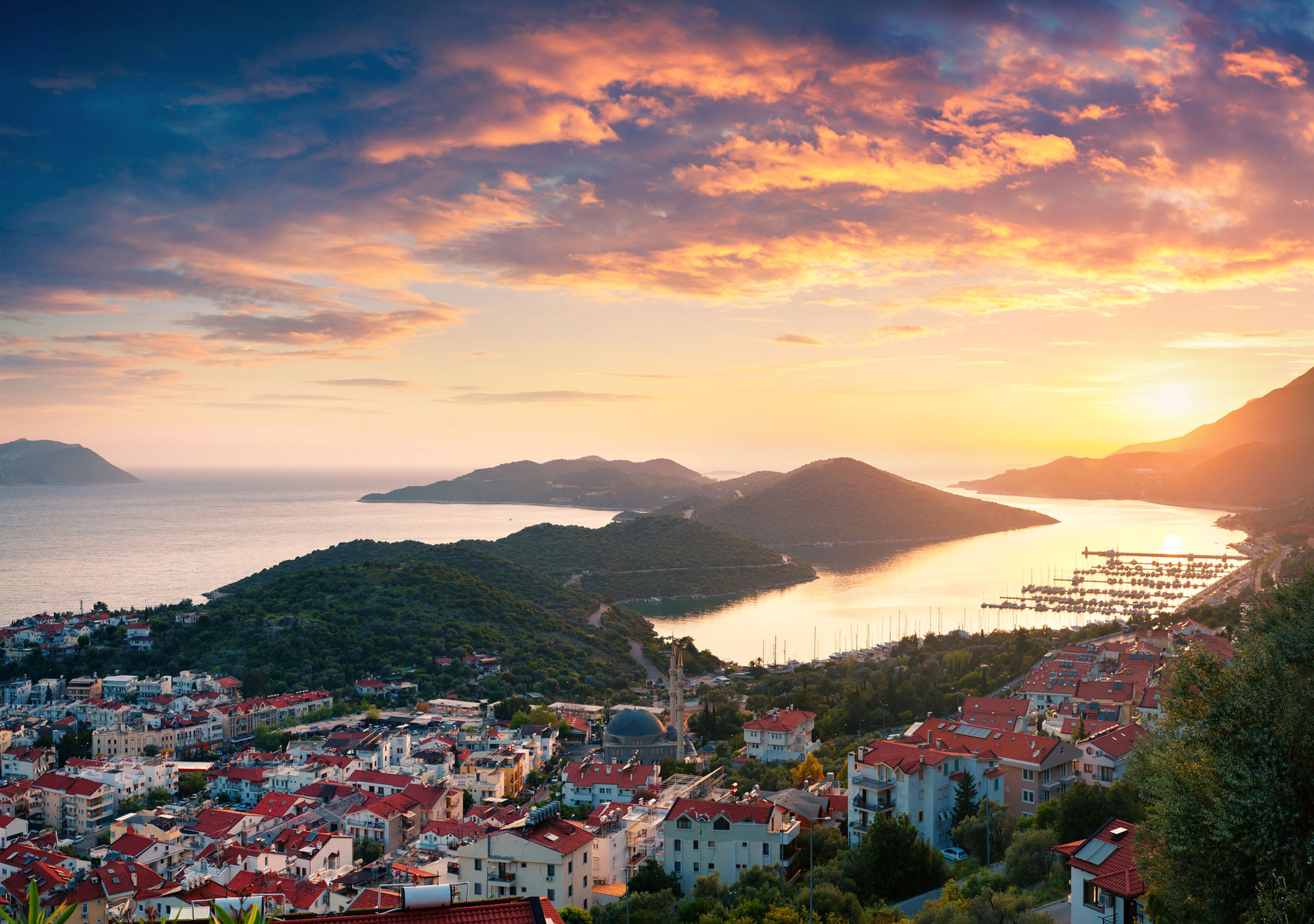
Kas, on the majestic Mediterranean Coastline of Turkey, presents an opportunity to either bask in the sun, enjoying the splendid turquoise waters, or if one wishes, dive right into those waters. World famous diving and snorkelling awaits, with sea turtles, myriad fish, as well as a sunken ship to explore and reportedly even a sunken tank!:)
Blue Voyage
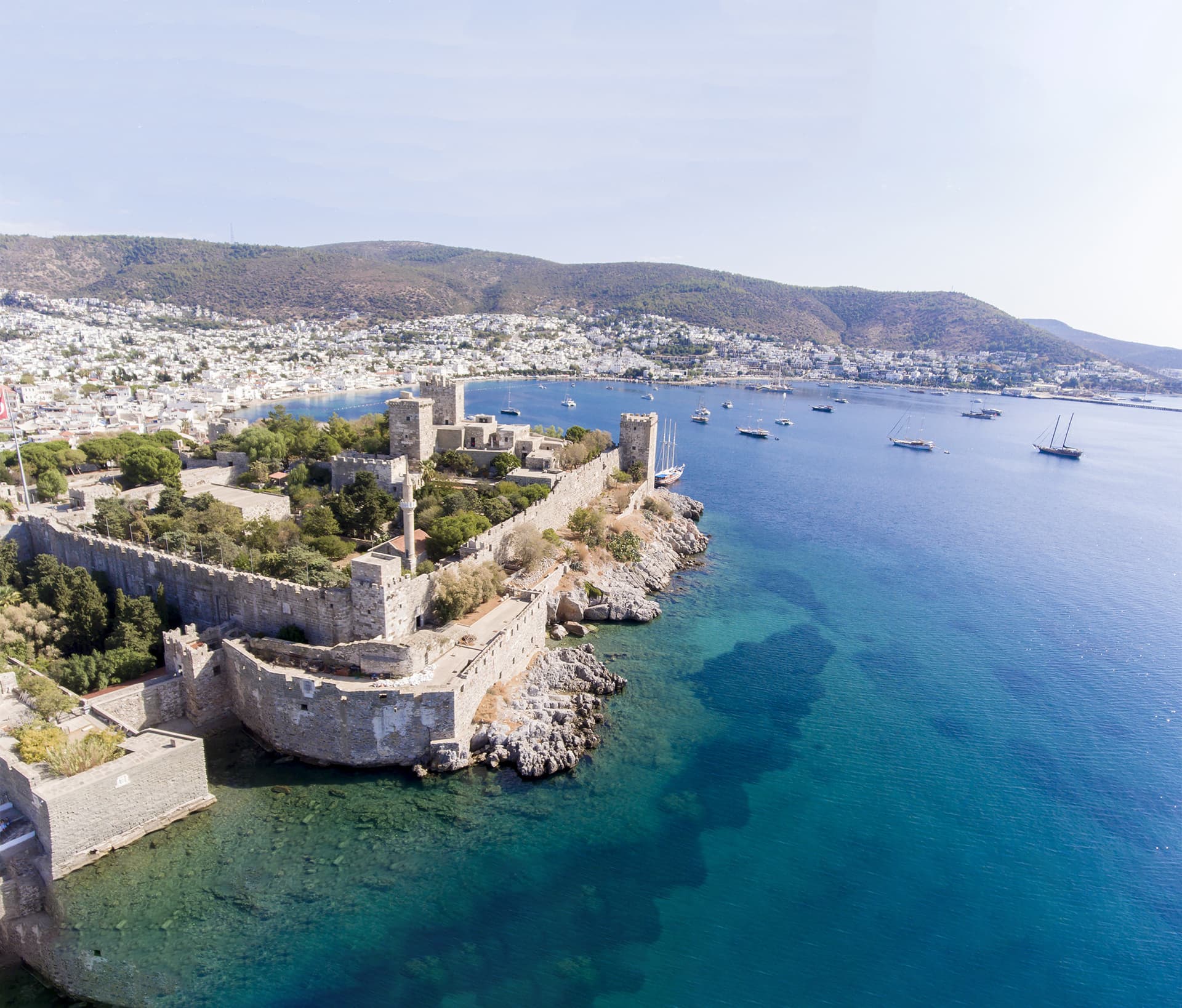
No trip to Turkey is complete without experiencing a Blue Voyage. What is this? Well, in essence it is a vacation from a vacation. A chance to travel on a large sailboat, captained by an experienced team, sipping your beer or Raki, eating delicious food, diving into the pristine Aegean waters near to Bodrum, visiting ancient ruins and small bays only accessible by boat. Seeing the bright stars from the deck of the boat at night, and generally enjoying every moment of this relaxing 3-day voyage.
Ephesus
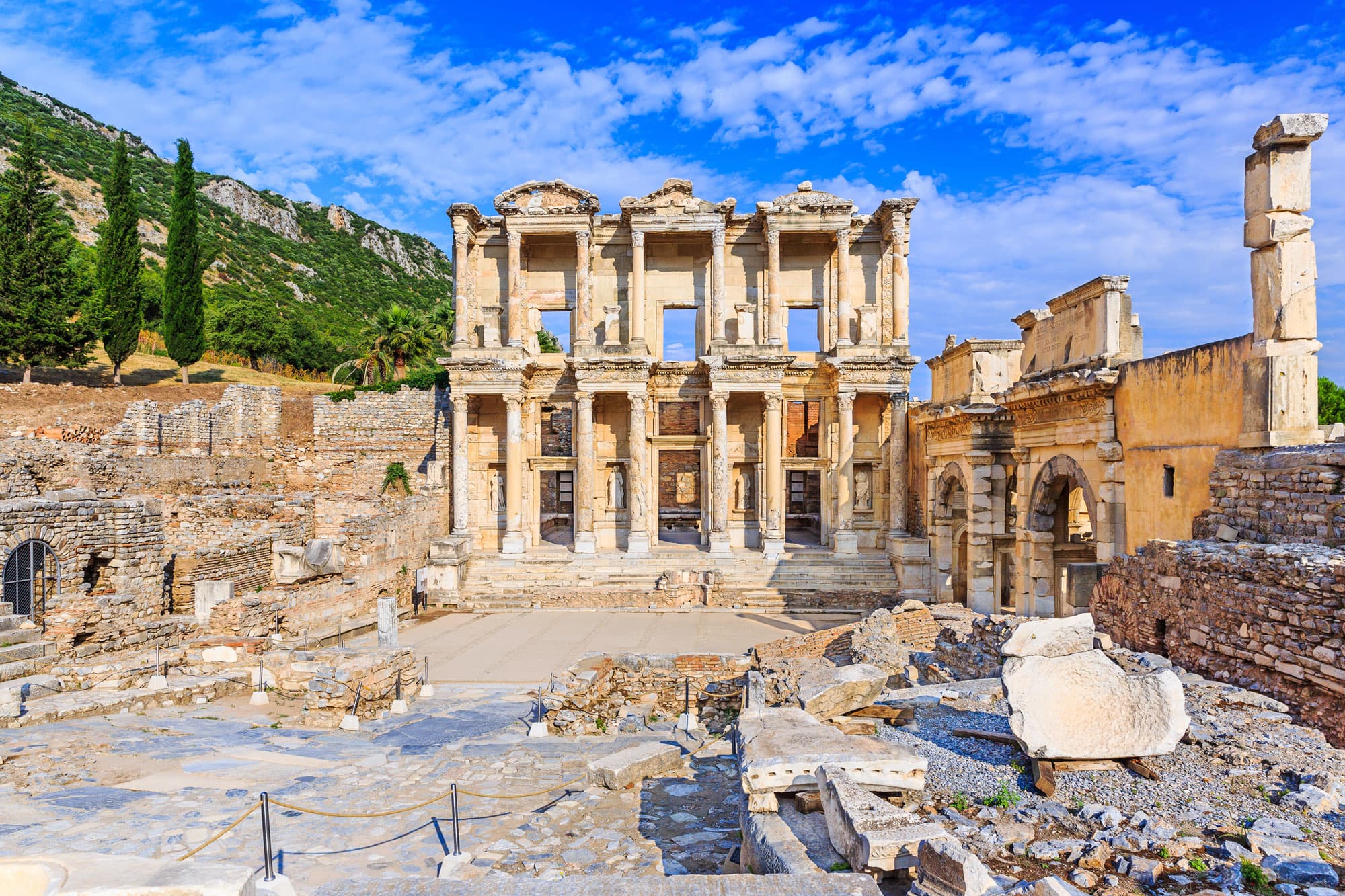
One of the most spectacular ruins of an ancient civilization in the world, and a UNESCO world heritage site, Ephesus was first settled approximately 3000 years ago, and remained an strategic city associated with many empires until the demise of its harbor led to it’s abandonment over 500 years ago. Today one can walk along its ancient boulevard up to the “Great Theatre”, which once sat upwards of 20,000 people for theatre, sports or perhaps a political debate.
Troy Museum

Opened in 2018, the museum of the ancient city of Troy, located in Canakkale, has won multiple archeological awards for its clear presentation of the history of this lost city, as well as of course it’s famous Trojan Horse. Whether the story of Troy told in Homer’s “The Iliad” is all accurate or not may be difficult for anyone to declare with certainty, but the museum brings Homer’s time to life, and it is easy to imagine oneself amongst the people of the time in Troy, waiting out the 10 year siege against the city, only to see it fall from brilliant trickery.
Istanbul

A city which needs little introduction. Once Byzantium, then Constantinople and finally Istanbul. The cities layers of civilization give the chance to visit famous religious sites such as the Hagia Sophia, or Blue Mosque. Perhaps drink a tea from the heights of the Genoese built Galata Tower. Explore the Roman aqueducts and cisterns, or perhaps take a walk to the fish markets by the Bosporus and enjoy the fresh seafood and the company of the countless wandering cats who have also added to the city’s fame.
RELATED
TOUR
TDA Global Cycling is a Canadian company, but as with most Canadians, we have many connections to our giant neighbour to the south. With family and friends living there, past colleagues from across America, and our experiences traveling across it’s lands. As Canadians we also have a unique view of America; by being so close, and yet clearly separated, we perhaps see America with a clarity America’s self-directed gaze does not. Of course, for our American friends, we appreciate your unique perspective on our own landscape as well.
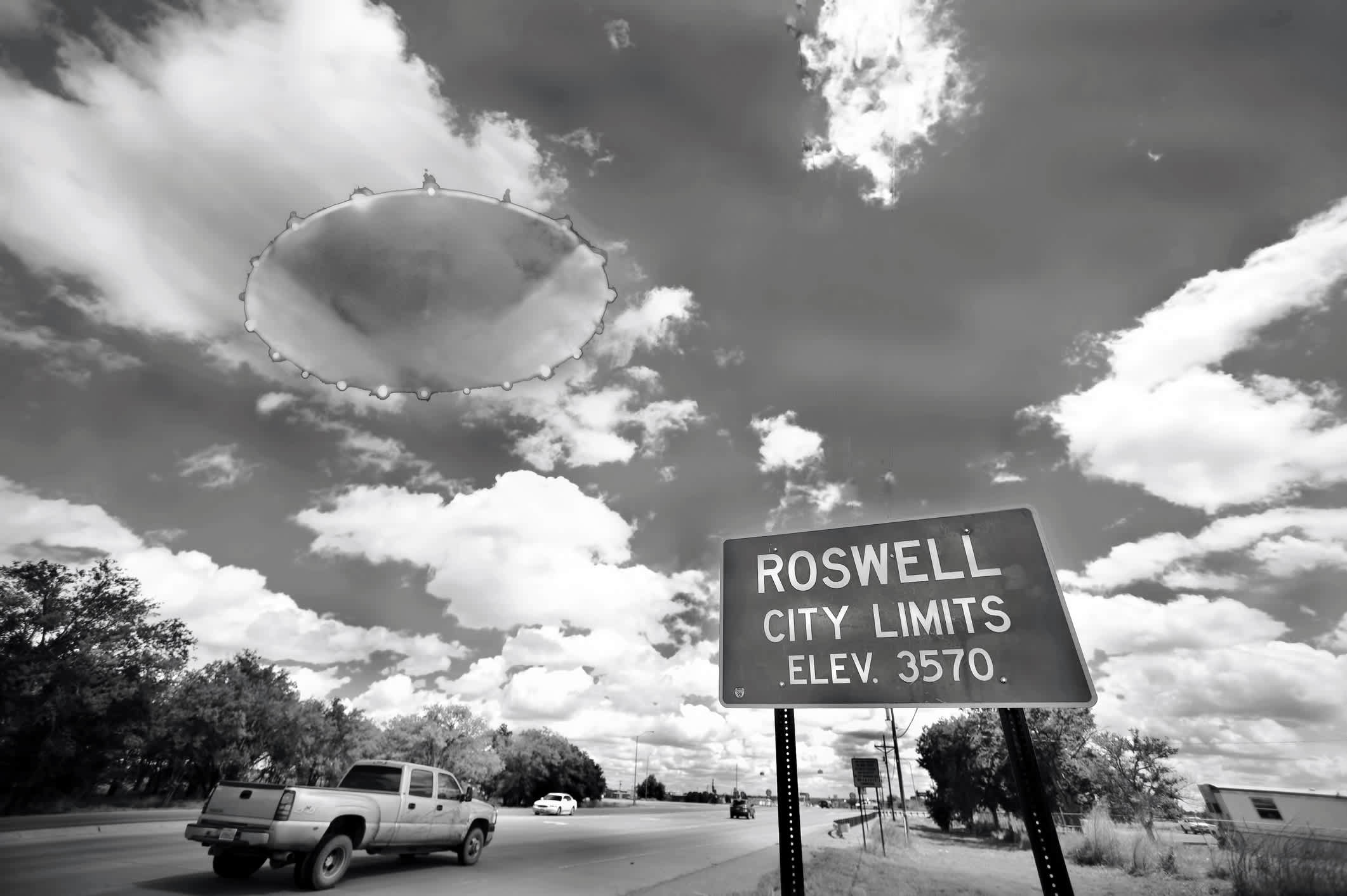
There is no shortness of fascination with America, here in Canada, and in many other parts of the globe. It is nothing if not newsworthy. The great stories born within its borders the last centuries, whether triumphant or tragic, have inspired many, towards imitation or aversion. Perhaps America’s greatest gift has been that of a nation of storytellers. Weaving individual tales against the immense and varied backdrop of its land.
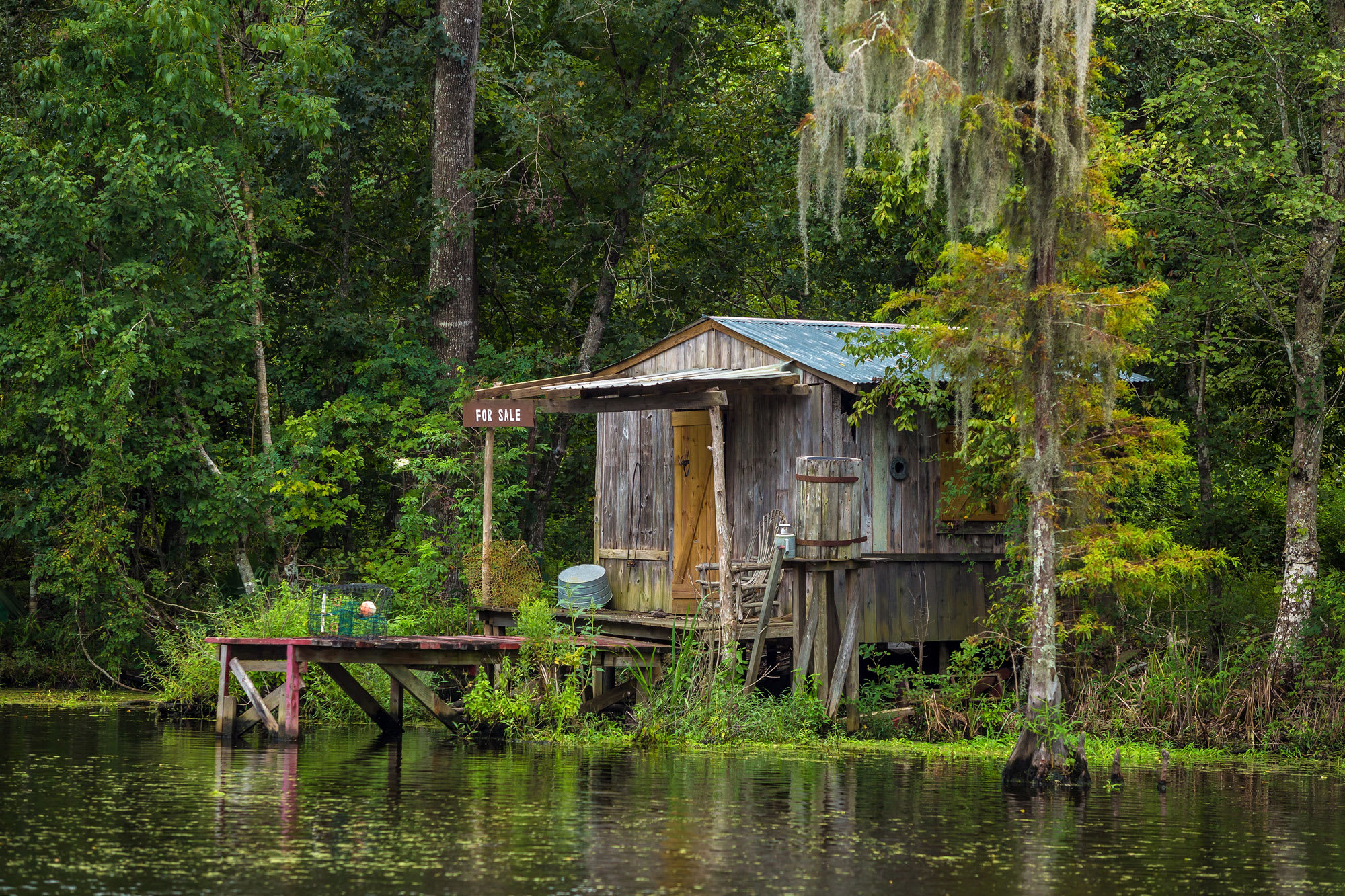
It is with this fascination and knowledge of its enormous beauty, that we wanted to create TDA’s Great American Roadtrip. America is indeed not Canada, and we realized we had a great desire to explore, and share with you, our neighbour’s land, to delve into the mystery of what makes America tick, to delve into its strangest histories and distinct cultures, its music, art, food and ever-changing scenery. To set out on the open road and create our own American story.
RELATED
TOUR
HOW TO PREPARE: An 8 part series to get you ready for your first TDA tour. Click here to read more.
Choosing and packing your cycling clothes for a lengthy tour requires planning – balancing your needs vs. the space you have available in your bags.
Pre-tour Preparation

1. Consider Weather Conditions
Research weather conditions for the location you are traveling to and for the time period you’ll be there. Be sure to take into account the “worst case” weather conditions for the region at that time of the year. A higher risk of cold or wet conditions means you will need to bring proper cycling clothes. Being without waterproof cycling gloves, boot covers, warm base layers and other cold and wet weather gear can make for a miserable, and even dangerous, experience.
>>RELATED: Check out our blog on TDA’s cold weather favourites
2. Doing Laundry
Learn what the average length of time is between opportunities to do laundry. If you have access to laundry machines or services every day or are able to wash clothes by hand each day, you’ll be able to get away with less clothing. Of course, the opposite also holds true. Don’t forget you’ll need access to laundry detergent too.
3. What’s Available Along the Way
Research what the availability of cycle clothing is in the region you’re traveling to. If bicycle shops with similar clothing to what you are bringing exist frequently along your route, then you can likely get away without packing any extra clothes in case you lose an item.
4. What are the Baggage Limits
Learn what the packing guidelines of your tour are. If you are on a self-supported tour, then you will only be able to bring what you can fit into your panniers, after packing your other essentials. If you are on an organized, vehicle supported bicycle tour, then you’ll need to know what size bag(s) you are allowed to bring, and how often you will have access to them.
For more info on what to expect when packing for a TDA tour, check out our packing blog. If your tour will have you spending nights camping, and bringing all your camp gear is necessary, this blog has helpful tips that will allow you to free up space in your bag.
Layering Your Clothing
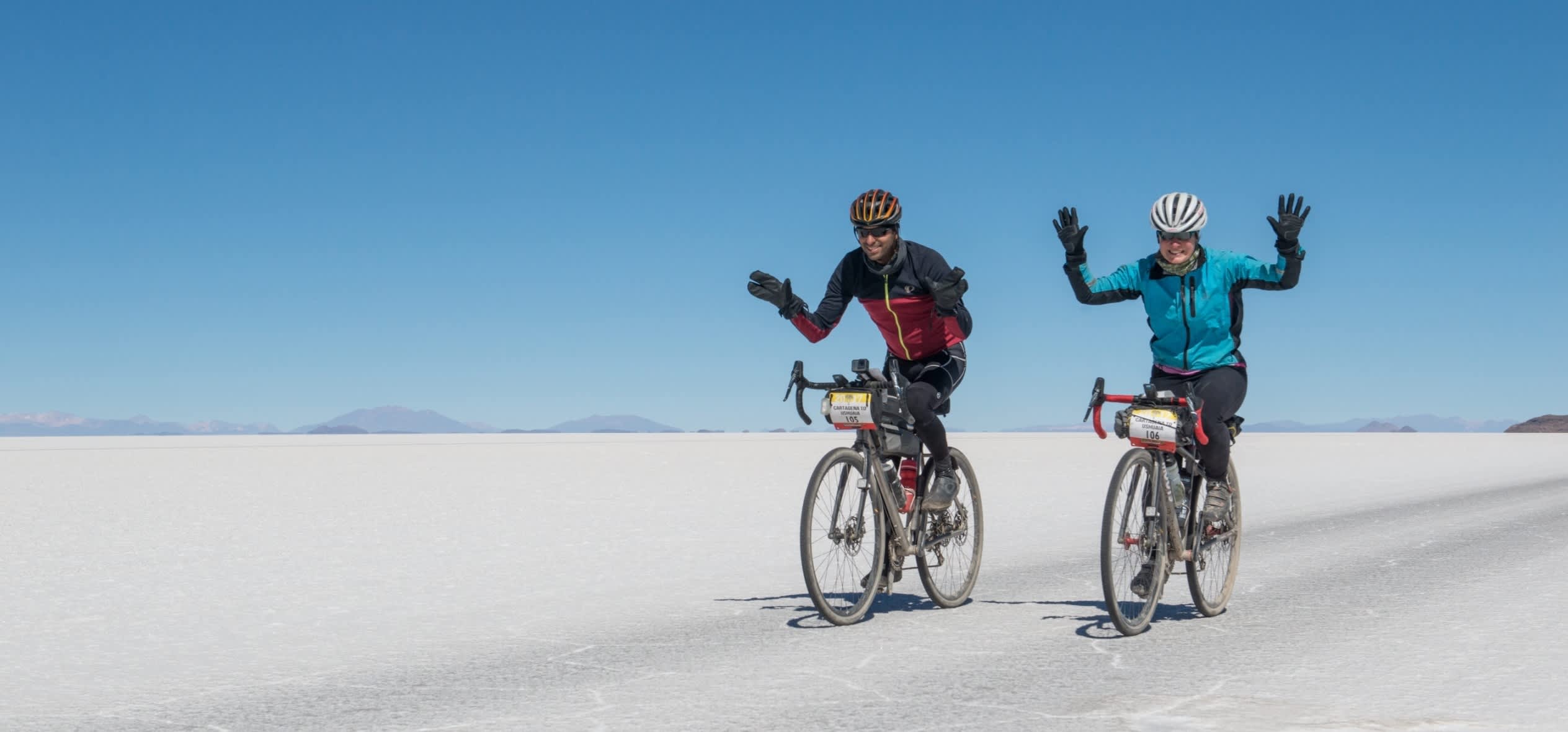
Layering is a key clothing strategy for a long-distance tour. You are sure to face varied weather conditions, and there is no one type of cycle clothing that is the solution for all of them. By layering your clothes, you’ll be able to stay warm when it’s cool or raining, and not overheat when the temperature rises.
There are 3 layers to consider…
 1. Base Layer
1. Base Layer
This layer is very thin and snug; it can be a synthetic wicking material or a natural material such as merino wool. It keeps you dry by moving moisture away from your body and not soaking it up. This layer also adds warmth for cool or chilly days (so is not always necessary on hotter days).
2. Mid Layer
This is often a cycling jersey or a similar type of long or short sleeved top. As well as being designed to move moisture away from you, it is able to add some warmth by keeping air between yourself and the jersey (unless it’s hot, which is when it’s good to have a zipper you can unzip to let air flow increase and cool yourself down).
3. Outer Layer
This one is pretty straight forward in that it’s designed to block the wind and rain. Typically, this is a layer you want to keep with you while cycling, and take out when the temperature drops, or the rain starts. Waterproof breathable options will allow you to not get as wet underneath from your own sweat. This way when you remove your outer layer, you won’t get chilled from any damp under layers exposed to the wind.
By working with these 3 layers for your upper body, you can comfortably cycle through most weather conditions that you’ll face.
Dressing for the Heat
In conditions where you consistently have temperatures above 30° Celsius and with a lot of time spent in direct sunlight, here are a few other things to consider.
- Sun sleeves – These are a great way to keep you from getting serious burns on your arms – one of the most exposed parts of your body while cycling. Look for ones that provide both UPF protection and help to keep you cool.
- Loose fitting clothes – When it’s hot, especially in humid conditions, some people opt for more loose fitting t-shirts instead of form fitting jerseys and other athletic tops.
- Sun visor – Cycling caps under your helmet help a little, but sun visors that attach to the outside (such as DaBrim among others) offer full protection from the sun’s rays.
Sample Packing List
The sample packing list below is what clients participating on a TDA Tour would bring with them for one of our tours. This would be a reasonable starting list for any cycle tour of 2-3 weeks or longer.
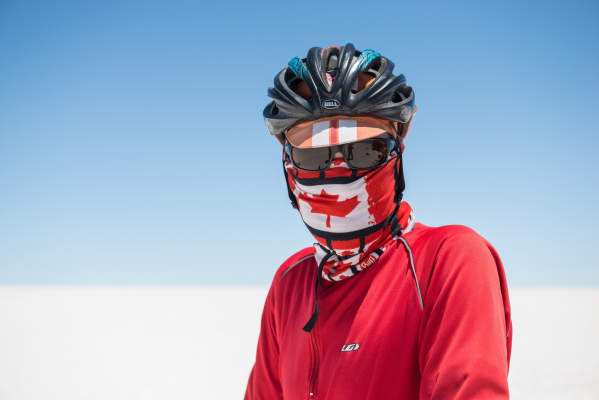 3-4 pairs of padded cycling shorts (a high quality chamois will be your greatest asset)
3-4 pairs of padded cycling shorts (a high quality chamois will be your greatest asset)- 1 pair of cycling shoes (for your clipless pedals, need to be comfortable for walking also)
- 4 cycling jerseys or mid-layer shirts, 1 long-sleeved and 3 short-sleeved
- 1 lightweight thermal long sleeve top, base layer.
- 1 waterproof rain jacket / outer layer
- 1 pair of waterproof rain pants
- 3 pairs of cycling socks
- 2 pairs of cycling gloves; 1 full-finger waterproof, 1 short
- 1 new and undamaged cycling helmet
- 1 pair of sunglasses
- Buff or similar face/neck covering
- Arm and leg warmers
- Sun sleeves
- Sun visor / cycling cap
- Reflective clothing (Hi visibility vest)
If you’ll be cycling on a tour where you’re likely to face very cold conditions while cycling, we’d recommend adding the following…
- 1 lightweight thermal pants base layer
- 1 compressible insulated jacket
- 1 under helmet insulated cycling cap (covering ears)
- 1 pair of waterproof cycling shoe covers (insulated)
- 1 pair of heavier winter cycling gloves
How to Prepare
An 8 part series to get you ready for your first TDA tour. Click here to read more.
As we all know, in mid-March a worldwide game of musical countries began, with everyone scrambling to be wherever they needed to be while it was still possible to travel (I’m not sure if the game “musical chairs” is played around the world, if you don’t know it, here’s a how to so you can try it out while you’re stuck at home).
When the world stopped spinning in late March, my location was Istanbul, Turkey, which was where I had planned to be, with my family. We normally live in Victoria, Canada. Oddly our time in Turkey often seems to coincide with large events, such as attempted coups, and in this case a global pandemic.
Life in Istanbul is full of possibilities, amazing museums, architecture, layers upon layers of cultural history, incredible food etc. However, as many have discovered, pandemics and densely populated urban centres don’t necessarily mix well. So, before the borders of the Turkish provinces were closed, we departed the city and headed for a more rural setting, near the city of Izmir by the Aegean Sea.
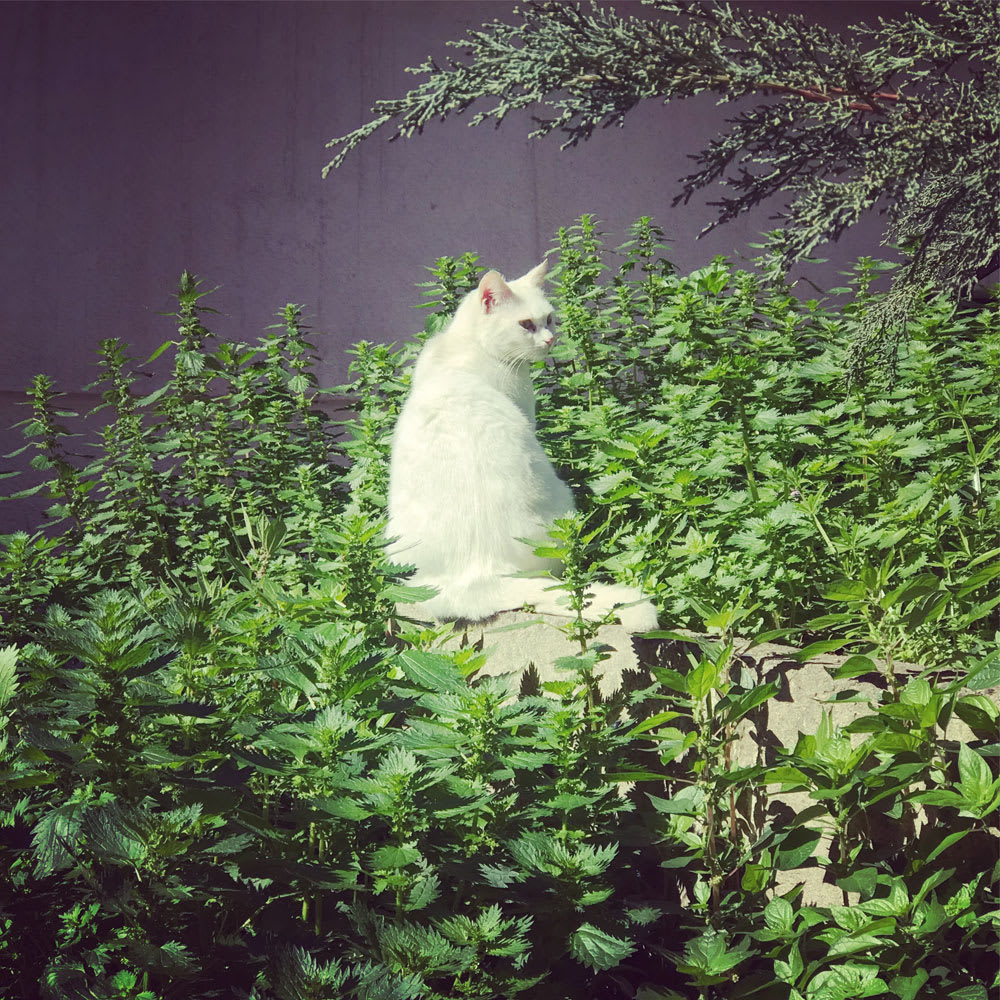
Since then… well, Turkey has taken a kind of middle of the road approach. Those under 20 and over 65 are curfewed at home. Monday to Friday many people are still working. Restaurants, cafes, even mosques are not open, crowds or large events are banned. As with everywhere it is the most vulnerable, in terms of health and/or economics, who face the most serious challenges at this time.
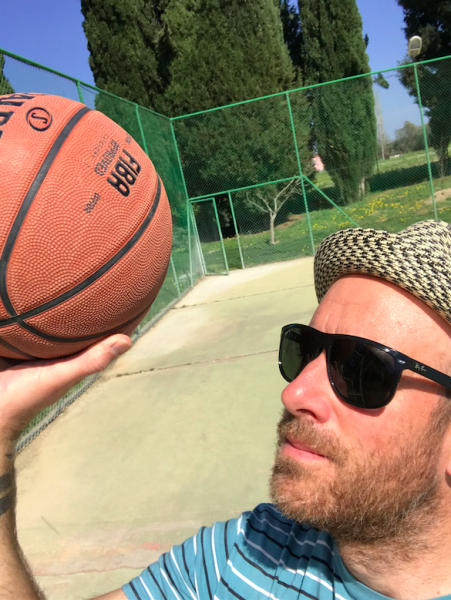
We have been lucky to have been able to get sunshine most days, shot a lot of baskets at the local basketball court, swum in the sea, are busy feeding the local stray cat population, and have stayed healthy. As always, I’m happily thinking and dreaming of future tours that TDA will run and enjoying our daily TDA team meetings via Skype. As a last point, If you also happen to be a Canadian abroad at the moment, and are missing home at times, and also have a taste for very strange Canadian made documentaries, I highly suggest you watch “Project Grizzly”. Absurd enough to suit an absurd world.
]]>
The original Silk Route Bicycle Expedition run by TDA Global Cycling ran from Istanbul to Beijing. I was lucky enough to work as the chef on the trip both in 2007 and 2008. While the 2007 expedition went pretty smoothly, the following year was full of surprises.
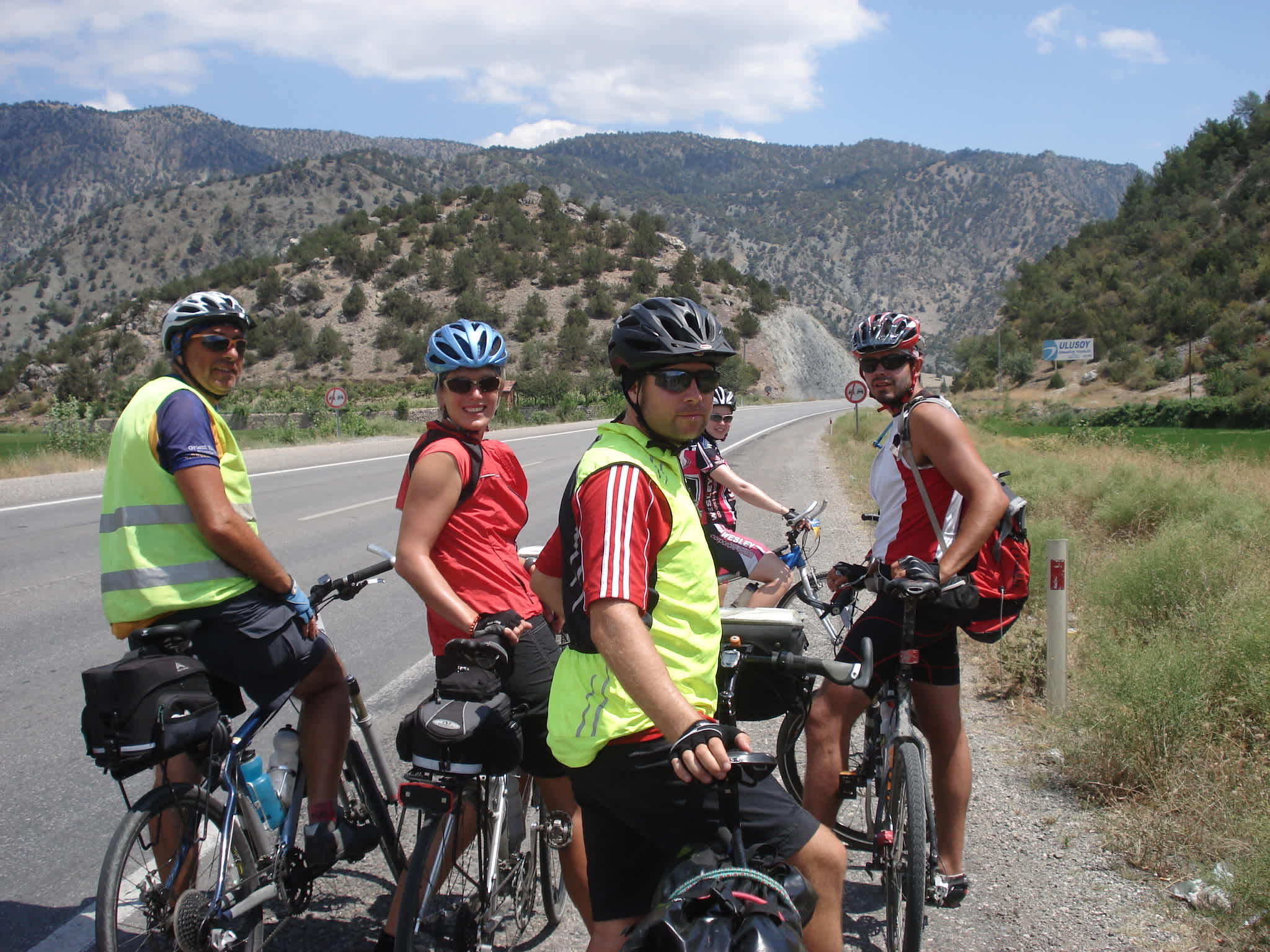
On the road in Eastern Turkey
The Kackar mountains of Turkey have some of the most beautiful roads for cycling that I’ve ever experienced. It was here that our cyclists had arrived to, in the small town of Yusefelli after 3 weeks of cycling from Istanbul. A much-deserved day of rest awaited us there, some time to enjoy the local hospitality and mountain views. With the vast majority of the tour still ahead of us the cyclists were in high spirits and excited for the months ahead, by the time most people slept that first night in Yusefelli all was well with our route and schedule.

Road to Yusefeli
I woke early to get a head start on some of the tasks I’d be working on during the rest day, which is actually a very busy day for the expedition chef. The first thing I saw though, on the television at the office of our campsite, was that Georgia, only 200km away had been invaded by the Russian army. Fighter jets were bombing Georgian troops and tanks were within hours of the capital Tbilisi. Our route had us entering Georgia in just 3 days.
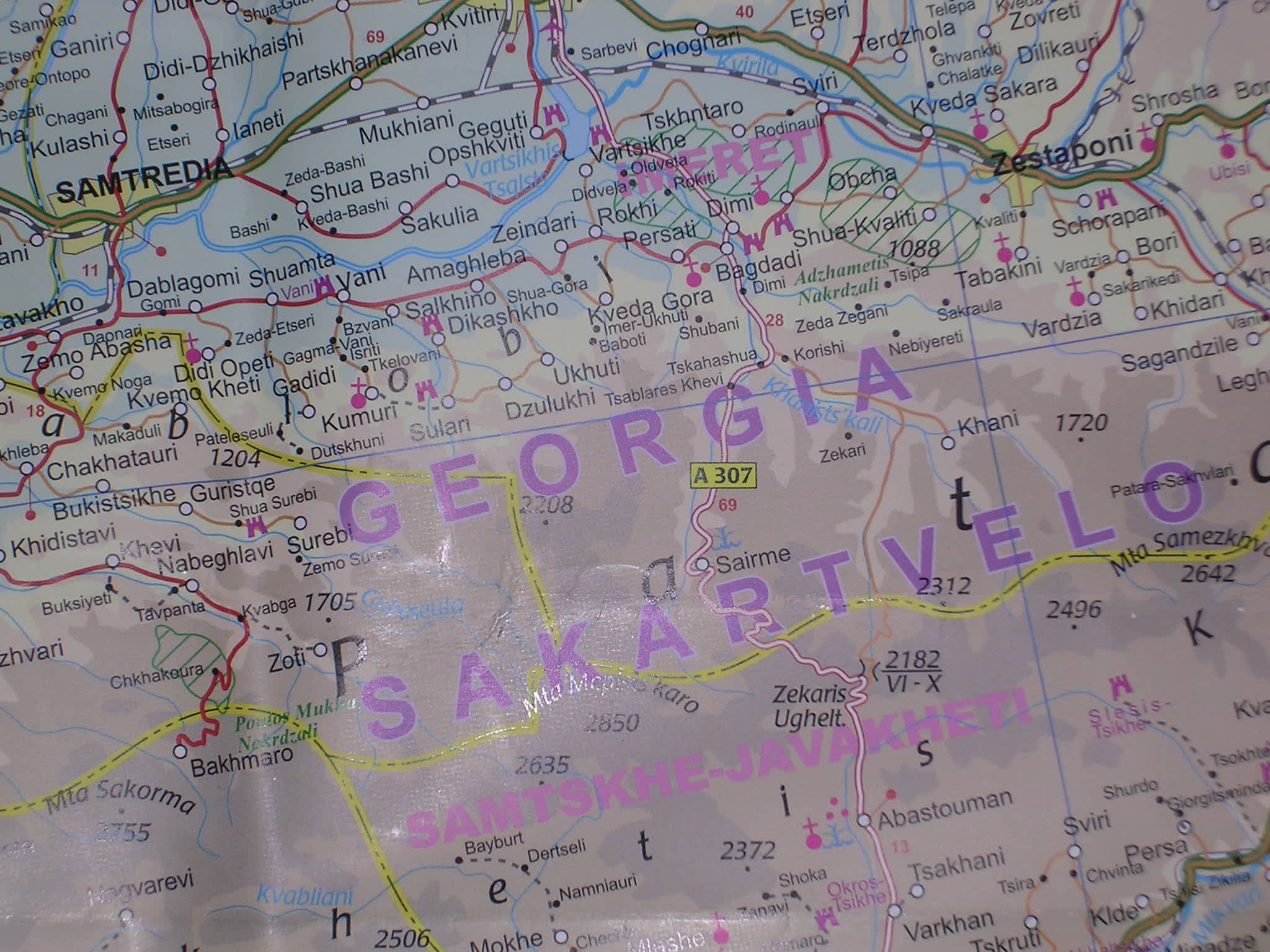
Georgia – we never knew ya!
There are many factors that go into the planning and make up of a trans-continental bicycle expedition, with the primary focus being the safety of the cyclists. Of course there is always risk, but it is the duty of the organizers to assess that level of risk and decide what is acceptable.
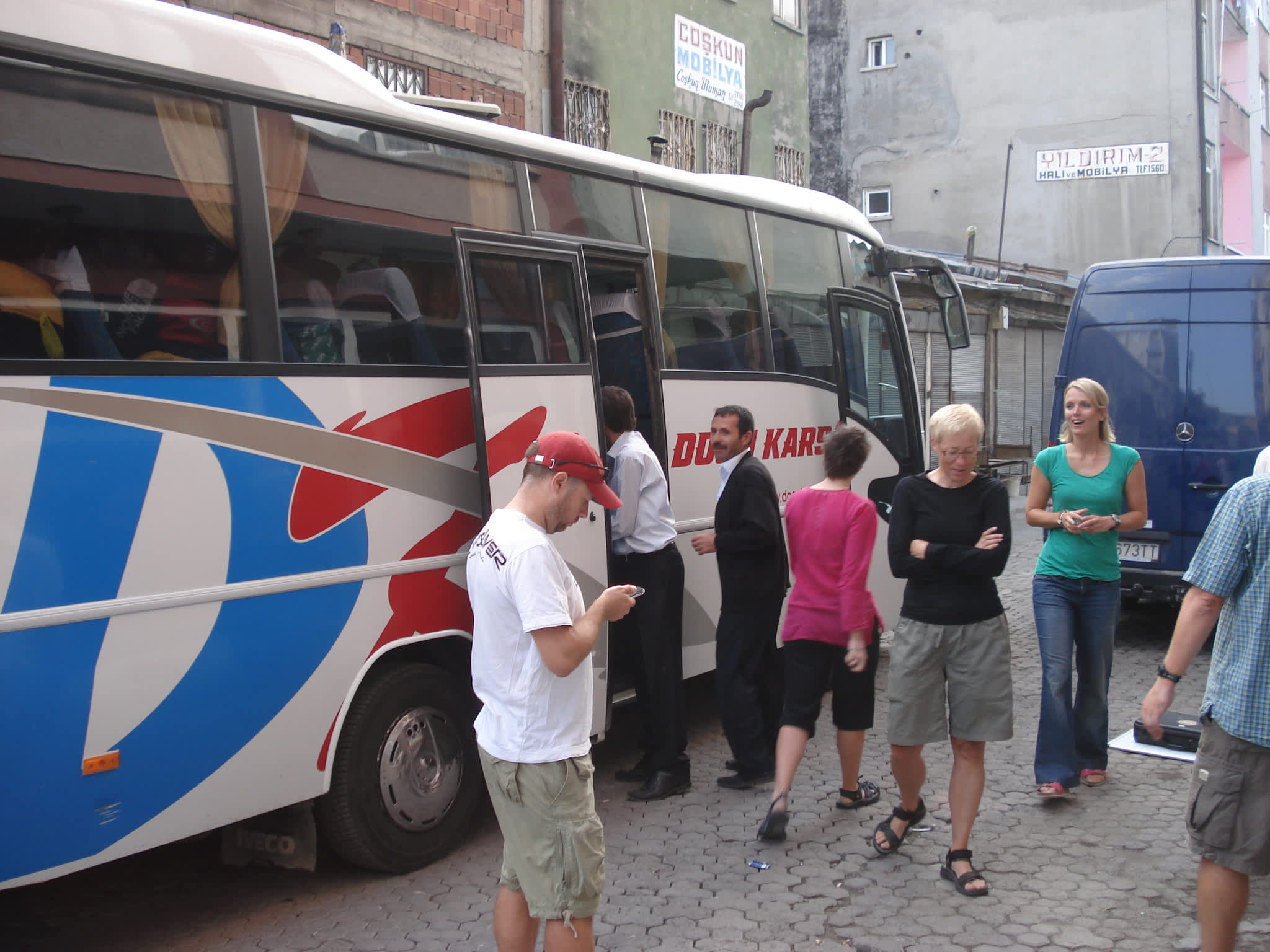
Luxury bus to Ankara
It was not a hard decision to make that cycling in Georgia was out of the question, not only for the safety of our cyclists but that to bring tourists to a war-zone would take valuable resources away from the local population in need. Over the course of a day a plan came together. The group would continue cycling to the Turkish city of Kars, near the Armenian border. From Kars, the cyclists and most of the staff would be bussed back to the Turkish capital of Ankara, in order to fly over Georgia to Azerbaijan and continue the tour on schedule. Meanwhile my wife and I, who was working on the tour with me, would drive our tour vehicle through Iran, into Turkmenistan and wait for the cyclists, who would be taking a ferry from Azerbaijan across the Caspian Sea.
Last minute plans rarely occur without risks or unknowns of their own. The first issue was I did not have an Iranian visa. Luckily I had been to Iran earlier in the year and had picked up my previous visa at the Iranian consulate in Erzurum, Turkey where I would once again go to try and get another. Though by no means were they supposed to issue a visa on such short notice, they took pity on me, and I would like to think appreciated my positive stories from my previous Iranian visit and gave me a 5-day transit visa on the spot. With this we began our journey across Iran and into Turkmenistan.
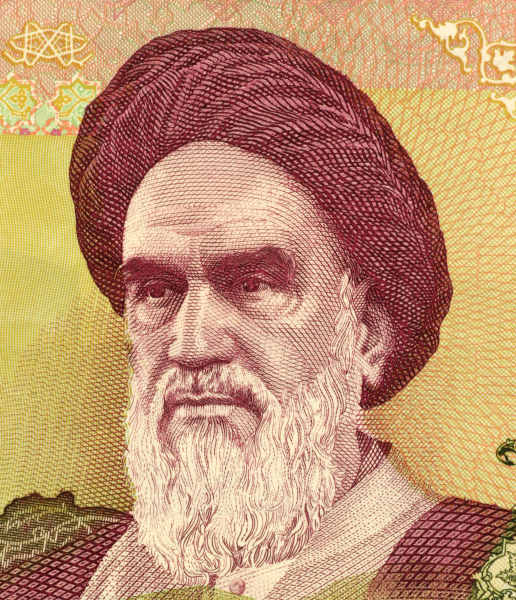
Ayatollah Khomeini
As we had not been expecting this detour we did not have a map of Iran, did not have any GPS with us at the time or even a sim card with data, essentially we would use the sun and mountains to navigate our way east! At the Iranian border, with the large photo of the Ayatollah Khomeini staring back at us, there was a moment’s hesitation, but beyond that we simply talked our way through the border post and we were off. As is always the case in Iran, the local hospitality is like nowhere else on earth. If we had not been in a rush we would have been able to sleep in people’s homes every night, have meals cooked for us and all of our needs met. Sadly we had no time for this and pressed on. Despite our uncertainty with directions we made good time, we even had a pizza delivery guy guide us all the way through Tehran on his scooter!
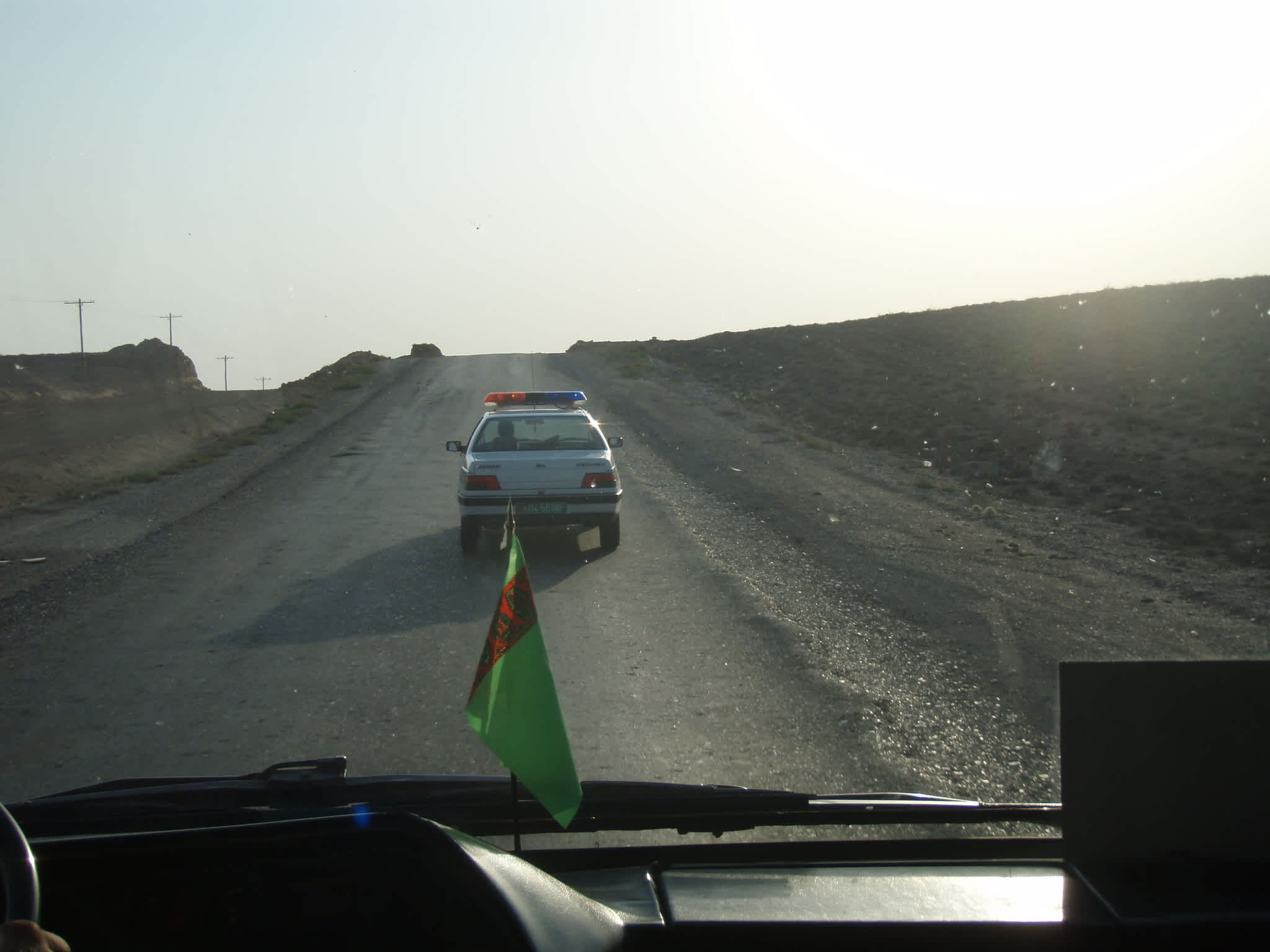
Police escort from the border
Arriving at the Turkmenistan border from Iran is not such a common place to be for westerners. Turkmenistan is bizarre at the best of times. Luckily after hours of dealing with the bureaucracy at the border we managed to get through, though not after giving up my copy of Che Guevara’s “Congo Diary” to the Turkmenistan border police; perhaps it was deemed literary contraband.
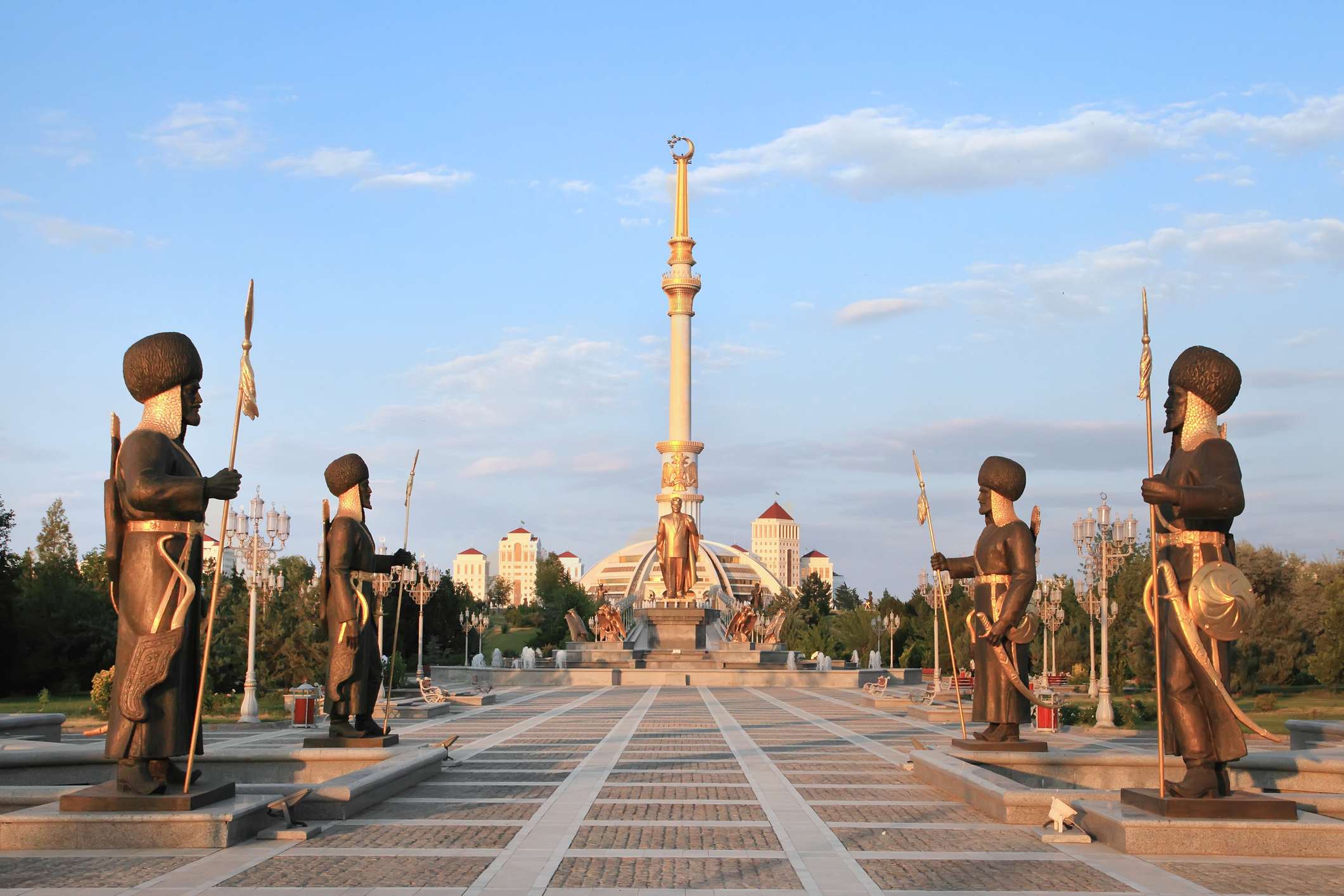
Arch of Independence, Ashgabat
After a brief stop in the capital of Ashgabat, and a brutal drive through the 50 degree Celsius desert we arrived in the Caspian city of Turkmenbashi. Our reward? About a week spent in the Hazar Hotel. Imagine the dumpiest hotel in the world, but at the same time you don’t want to leave it all day because it’s 55degrees outside and it’s only 35degrees in your room. The saving grace was the freshly caught Sturgeon and ice-cold beer from a little restaurant by the Caspian Sea that opened once the sun started to set.
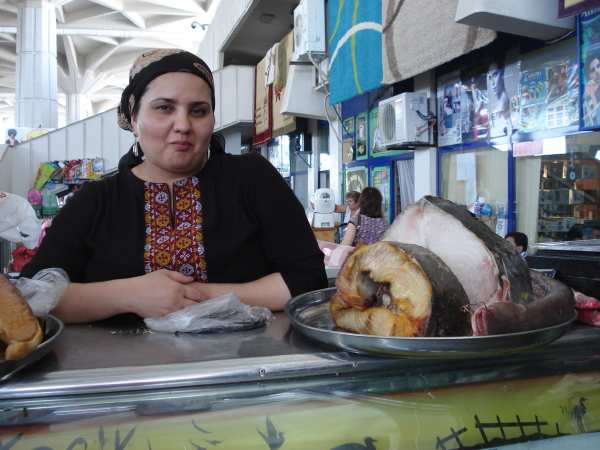
Sturgeon vendor, Turkmenbashi
The cyclists had been busy riding across Azerbaijan as planned, however their ferry across the Caspian had been delayed as is often the case with this ferry. Eventually they did board, only to end up sitting anchored at sea for an extra 2 days because the dock at Turkmenbashi was full.

Cruising into Turkmenbashi
The boat was running out of water and food when it finally did dock and after a painful 12 hours spent getting everyone through customs and immigration all the cyclists and staff were at last back together as one group to continue the journey across Central Asia, China, and our finish in Beijing. Needless to say the list of surprises on this trip wasn’t finished!
]]>
My first trip with TDA Global Cycling as a bicycle expedition chef was from Cairo to Cape Town in 2006. I had been working 55 hours a week cooking in some of the nicer restaurants in Montreal, when I packed up my camping gear and flew to Cairo, to cook for up to 80 cyclists at a time on their journey across Africa. To be honest I had no idea what I was getting into.
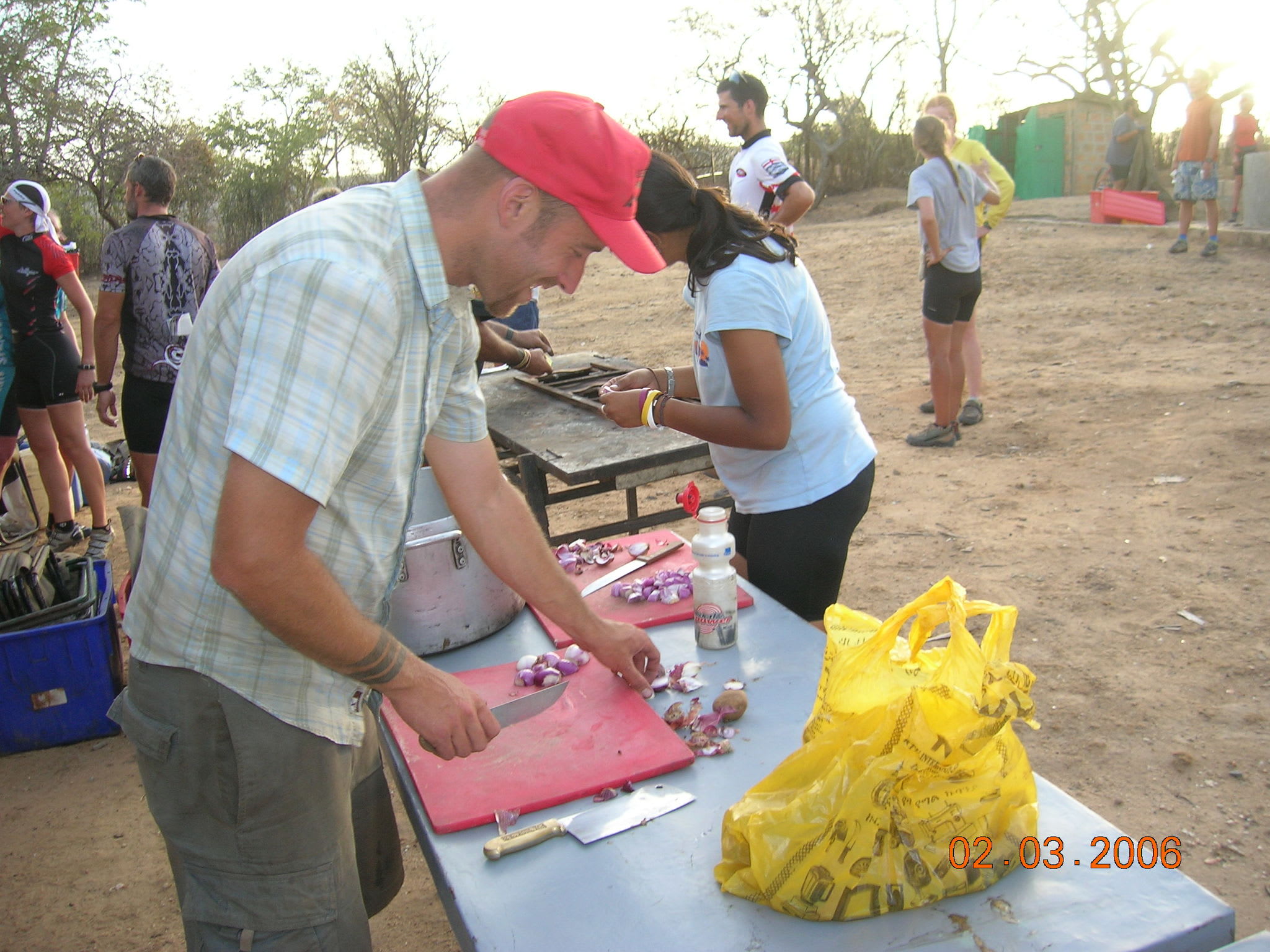
Kitchen prep
Being in Cairo getting ready I was fortunate to have a local Egyptian, Rezk, to help ease me into the role. He had cooked on the Egyptian portion of the trip for the previous 3 years and so I followed his lead. To make things more challenging it was Ramadan and finding any shops open to sell us the supplies we would need required a lot of local knowledge, we made it work though. There were comical moments as well; The Egyptian chef stuffing 30 frozen chickens in the underbelly of our bus in front of our Cairo Hotel, A spice seller who had to be bargained down for almost an hour before we could purchase our spices, the wind storm on the Red Sea where people’s tents blew head over heels across the desert with the cyclists trying to chase them down.
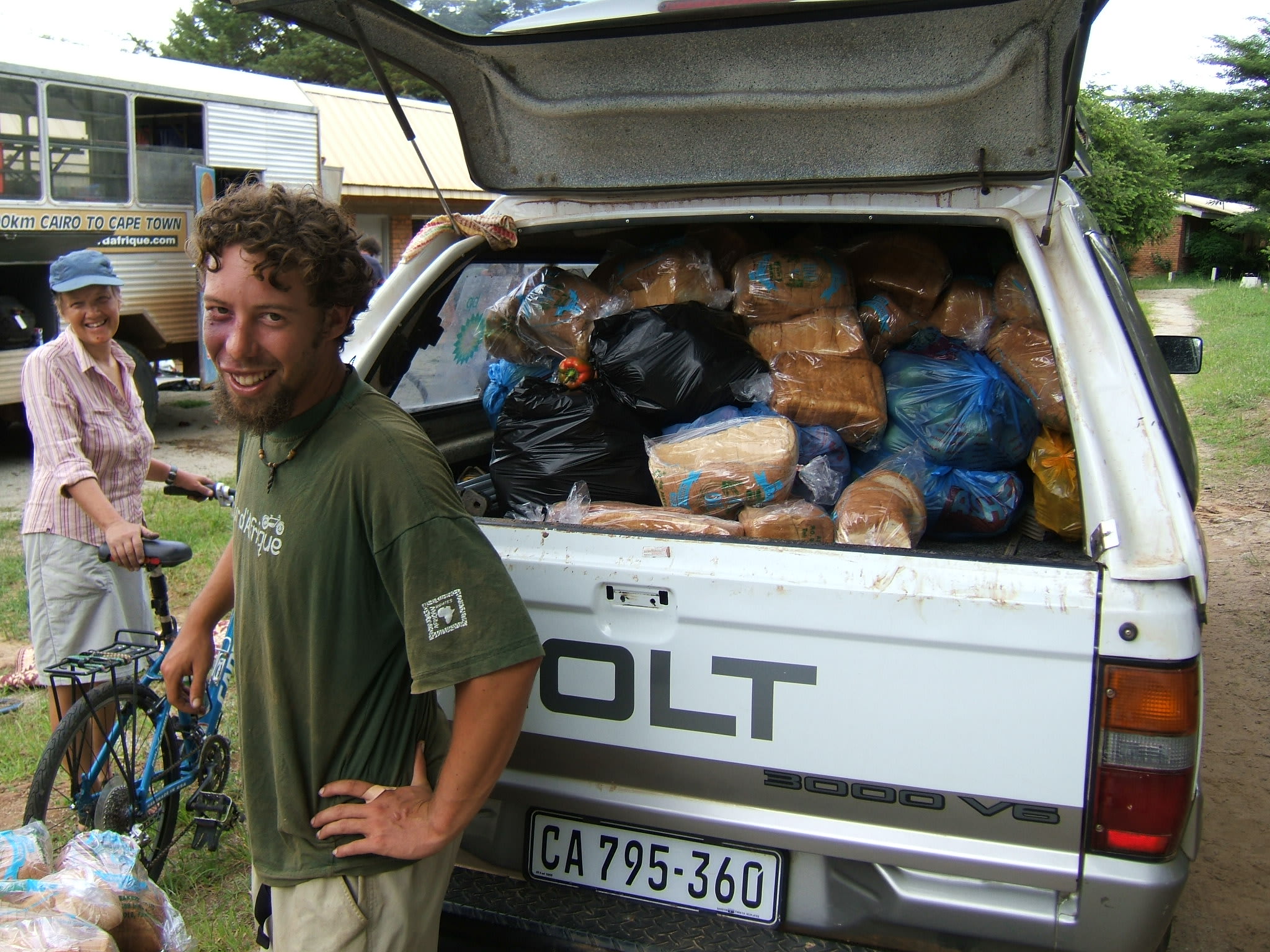
Bread delivery
Later on during the tour and in future years I would realize that cooking in Egypt is really a breeze. The fun starts when you get to Sudan and Ethiopia. You have to really scour the markets for the quantity, quality and variety of produce or meats that you require. I also had local assistants in both of those countries and one of my favourites was a man named Abdul Baggi in Sudan. I would drive our 4×4 across the sandy paths of the Nubian Desert, the Nile River with its’ splendid Palm trees and lush agriculture in the distance.
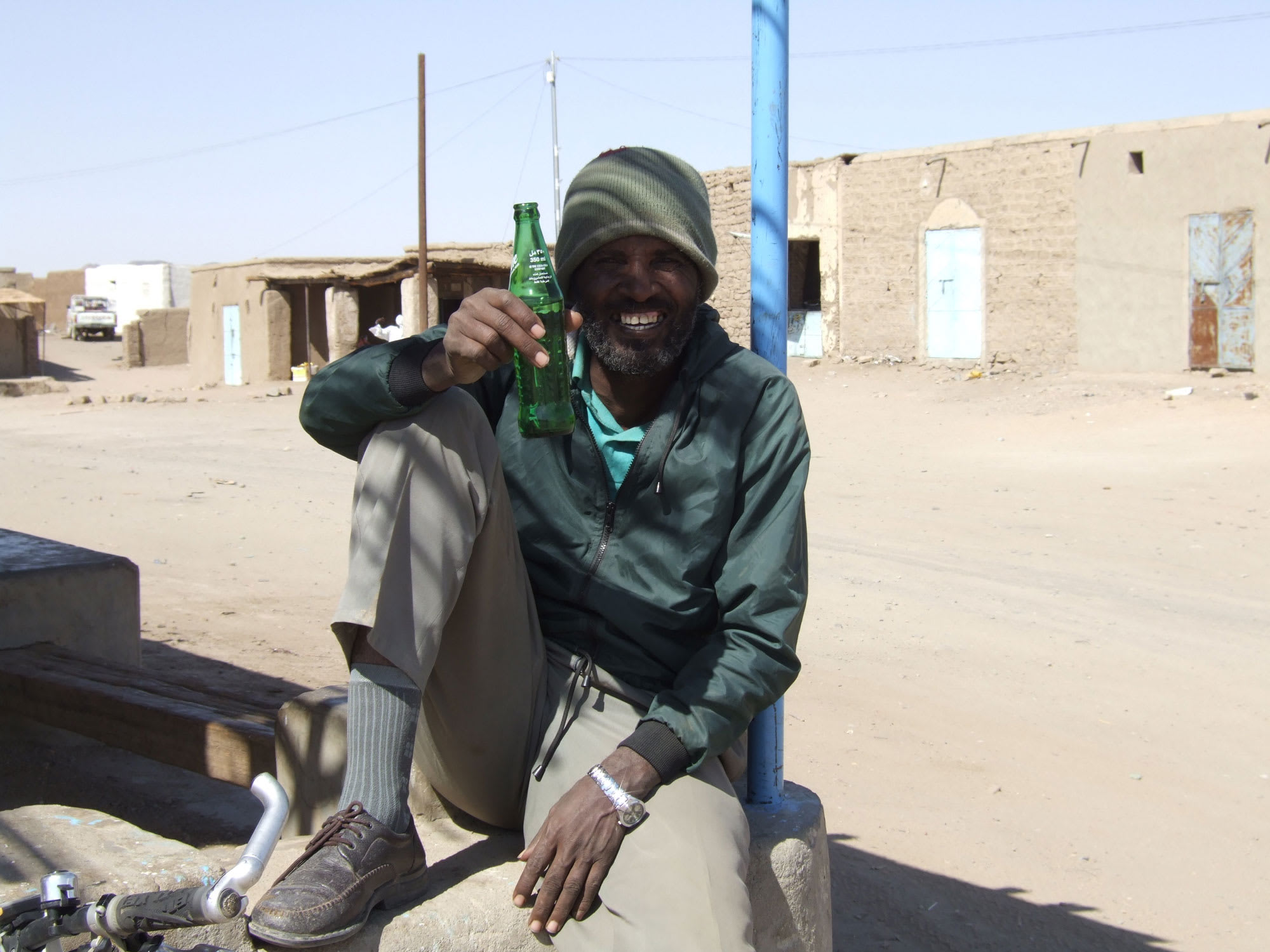
Abdul Baggi
Abdul, who worked for the Ministry of Tourism, had been across Sudan with different tourist groups and NGO’s many times, over many years, and yet never in my life have I met someone so challenged by navigation, and so tuned out to most things going on around him. That said I’ve rarely met someone so authentic, and with so many insightful stories from his decades on the road in Sudan. In camp he would sit in the sand smoking an endless quantity of cigarettes as I slaved away prepping that nights meal. Most of that doesn’t make Abdul sound very helpful, but what I loved about him was his laugh and his incredible self-esteem. No matter how lost he would get us driving each day, he truly believed he was always right about his navigation choices, and when we would eventually change course and find our way, he’d claim that it was the way he’d said to go all along. Then he would simply laugh and laugh a heartfelt, warm and slightly crazed laugh until no one would bother him anymore.
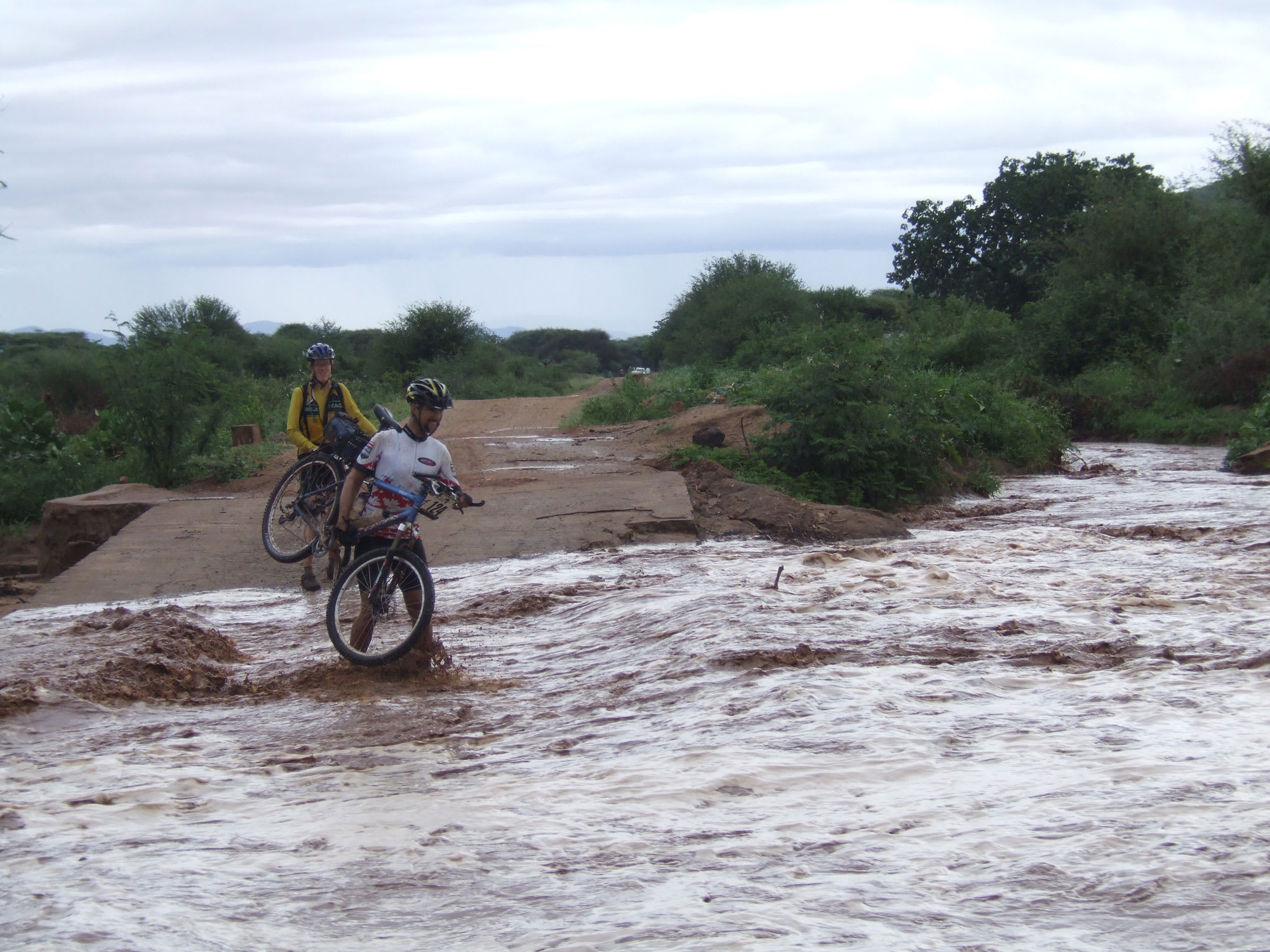
The rainy season in Tanzania
Nowadays when a new chef is starting out working on the Africa trip I explain to them all the details of how a standard day will work. Then I tell them to expect things to go like that about 1 out of 4 days. A good example is the unpaved, interior roads of Tanzania. On their own they are a challenge to get through by bike or 4×4 vehicle, add rain and all bets are off. One year I was cooking on the tour and the rainy season decided to hit early, we knew we were heading for a big mess of mud. I was driving the 4×4 in order to get ahead of the cyclists and shop for supplies in the villages along the way. That’s when I came to a point in the road, or what had been the road, where a raging river was now flowing.
I grew up in the city, had never owned a car and never driven a car off-road until I came to Africa, so what to do in this situation wasn’t second nature. At the same time I figured the cyclists would probably be able to make it through this river and they weren’t far behind. So what do you do? Well first you walk into the river and see if it sweeps you away to your death. Assuming you don’t get swept away and the water doesn’t go above your waist, you get back to the vehicle, roll up the windows and go for it.
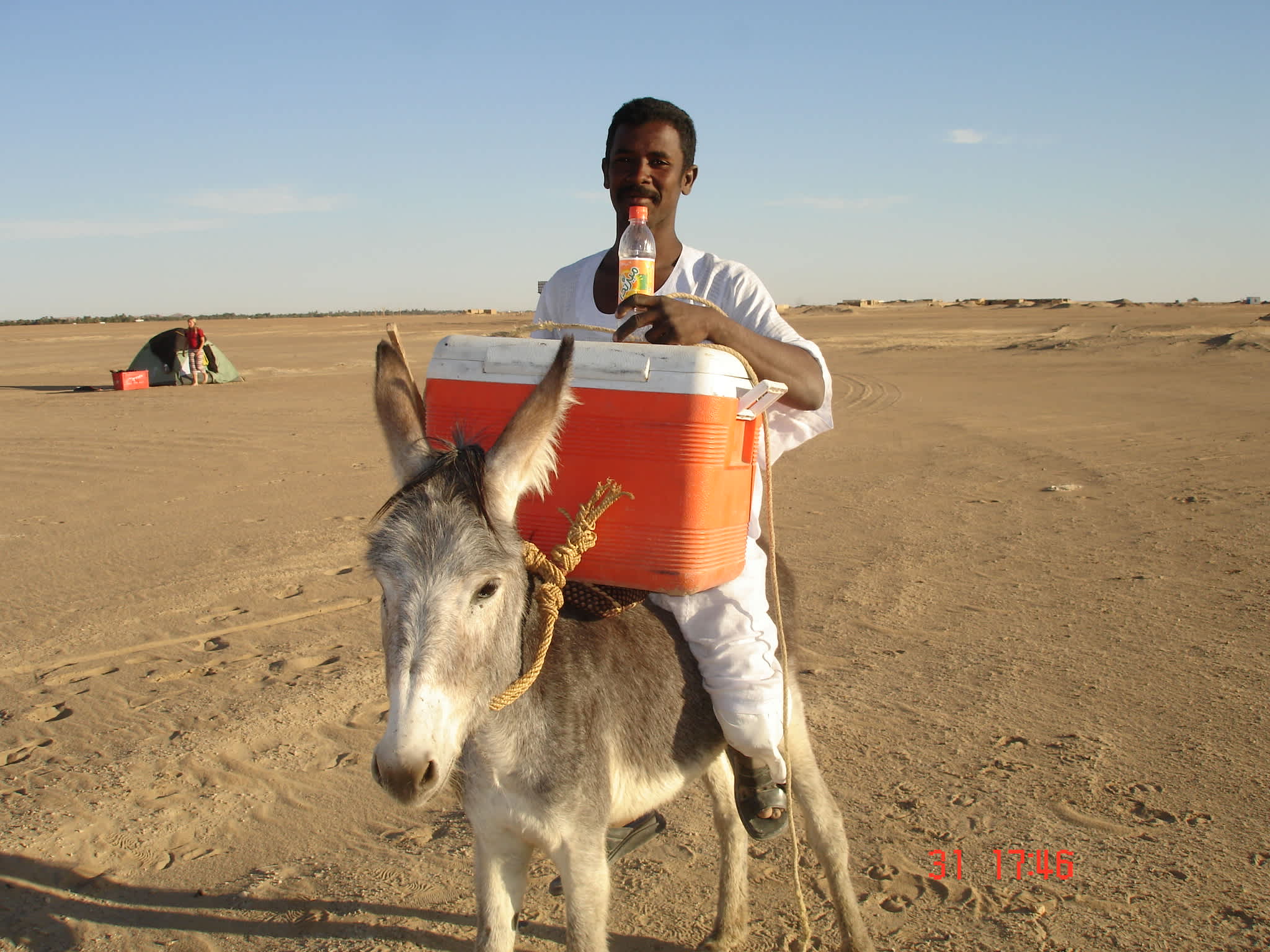
Cold drinks anyone?
Oh wait though, before that you sit back and relax and enjoy one of the most wonderful things in Africa, which is small-scale entrepreneurship. No matter what road you are on, no matter how remote, lost somewhere in the jungle just south of the equator, if there is a vehicle stuck blocking the road, or let’s say, a river running across a road holding up traffic, you’re guaranteed to find someone who comes along and starts a small fire to roast corn, or brew tea or who brings chapattis their mom made to sell. This is a truly beautiful aspect of much of Africa. You’re never really stuck; you’re just living life at a local pace.
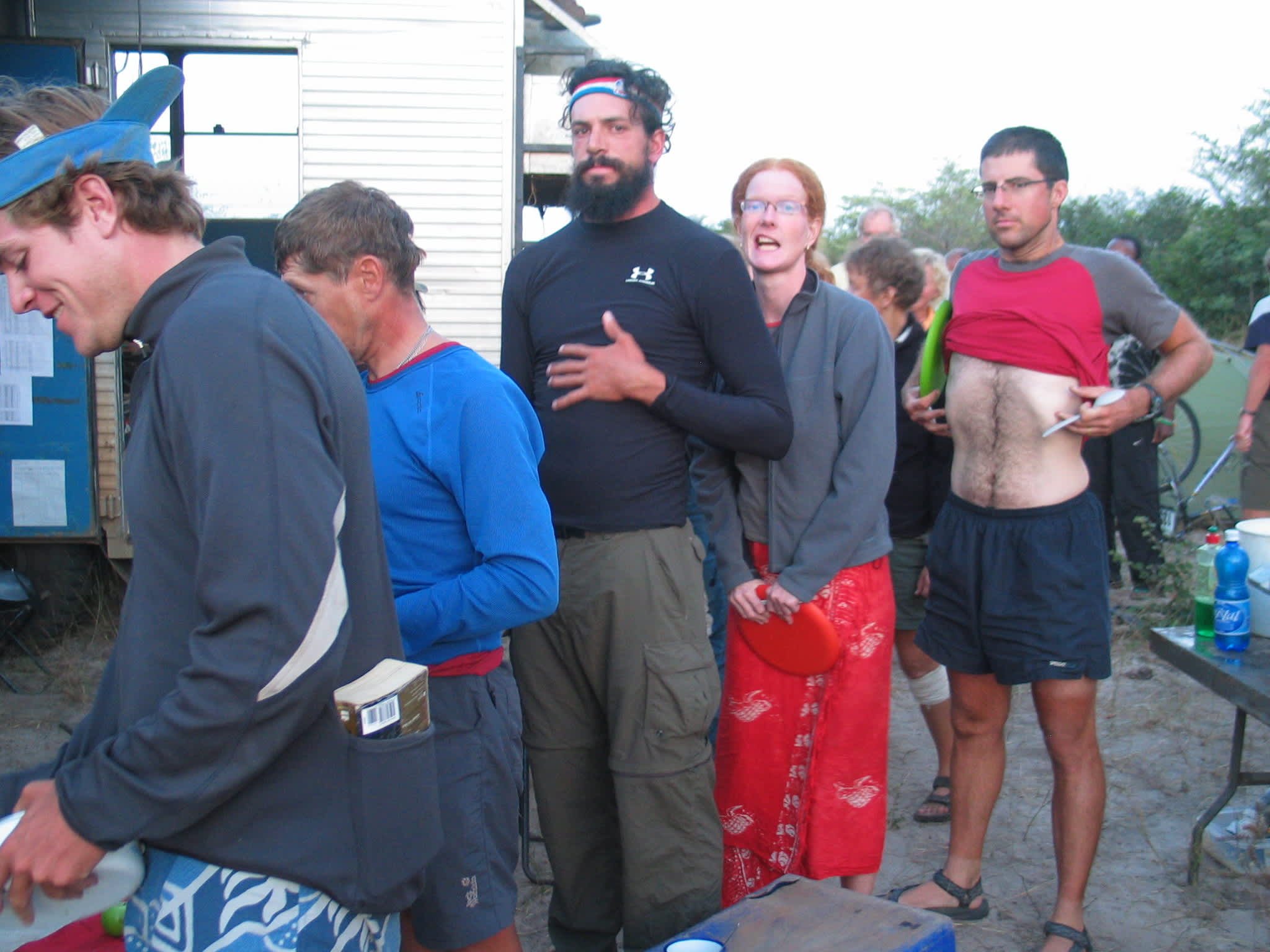
Hungry cyclists await another dinner á la Miles
I did make it through that river, and I made it to our camp too. Unfortunately our trucks, which carry all the baggage and kitchen supplies of the tour didn’t show up till about 10pm, after having to be dug out from the mud on more than one occasion. There is always a way to manage though, we found enough cooked chicken for sale in the local village we camped by, enough chapattis, enough cooked spinach to feed the cyclists. In the dark everyone put up their tents, exhausted bodies finally laid down after a very long day of cycling and waiting for the trucks. So how about the next day? Pretty much the same thing… maybe that standard day really is everyday, it’s just a new kind of standard.
]]>
A 4500 m high salt lake littered with flamingoes flapping wings. Vicunas hiding behind volcanic boulders. Wind gusting, creating a sandy haze from the desert landscape and eventually a purplish sunset. To me it sounds beautiful, but with the temperature near zero degrees, the sun setting and me standing out in the open in the process of cooking for a group of cyclists crossing South America, it was hard to focus on anything other than the struggle. This is near the Chilean, Bolivian border. It’s, to say the least, remote. A large area with a skull and crossbones sign and fencing nearby illustrates the unrecovered land mines planted in the ground during times of heightened tension between the two countries.
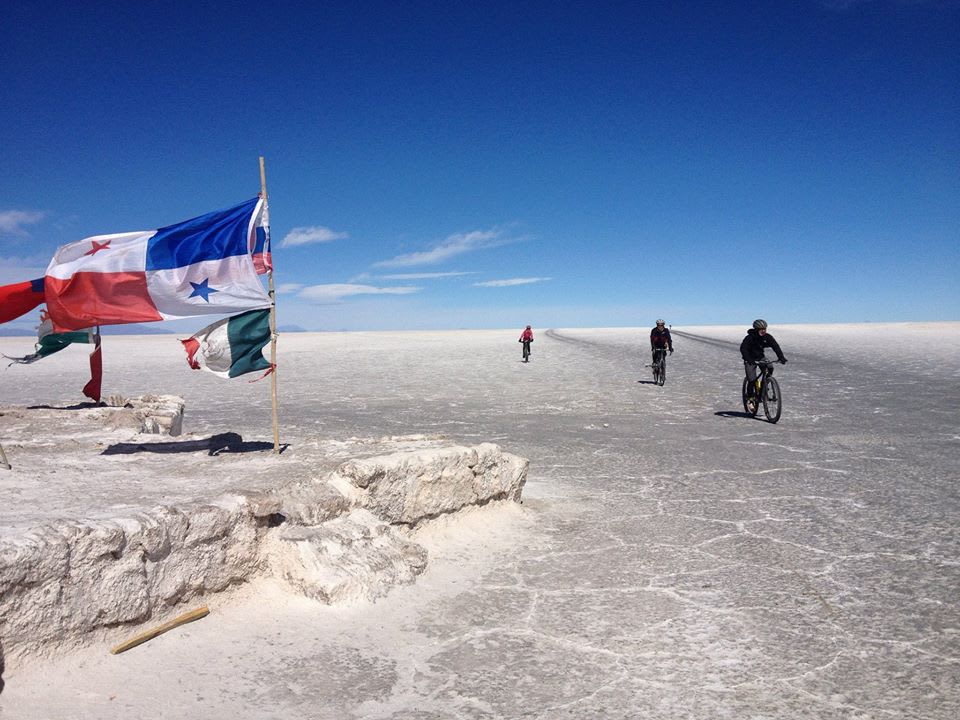
Bolivian Salt Flats
The cyclists on TDA Global Cycling’s South American Epic cross from Cartagena, Colombia to Ushuaia, Argentina. It’s a 5-½ month journey covering nearly 14,000km. As an expedition chef, the job is to keep those bodies fed, healthy and in good spirits. If you can succeed in at least 2 out of those 3 you’re doing well!
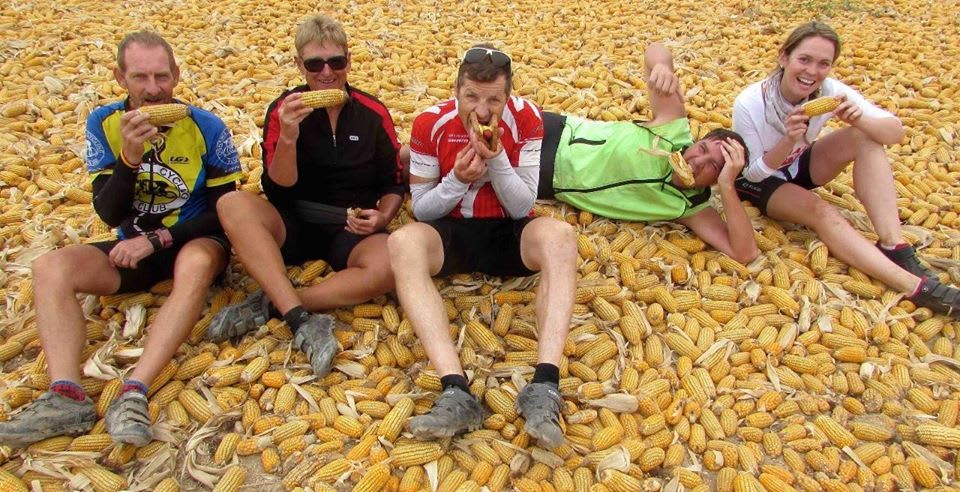
Crazy for corn
South America presents countless opportunities as a chef to experiment with the local culinary scene, shop the small village markets and in the case of Argentina gorge oneself on the local grilled meats and wines. One of my favourite memories from the 2009 edition of the trip, which was at the time named the Vuelta Sud Americana and traveled from Rio de Janeiro to Quito, is arriving to a small coastal town just outside Lima, Peru. It was about 10 in the morning, but as our dinner was going to be at our hotel’s restaurant the pressure was not on me to cook. Taking advantage of this, myself and some of our other tour staff found a nearby restaurant by the sea and ordered ceviche’s and beer. Nothing could possibly compare to that ceviche. It was the perfect blend of citrus, heat from local chilis and the freshness of the seafood caught just that morning. Being a chef takes it’s toll, you end up all twitchy and irritable, but it’s mornings like that that make traveling the world as a hobo with tongs worthwhile.
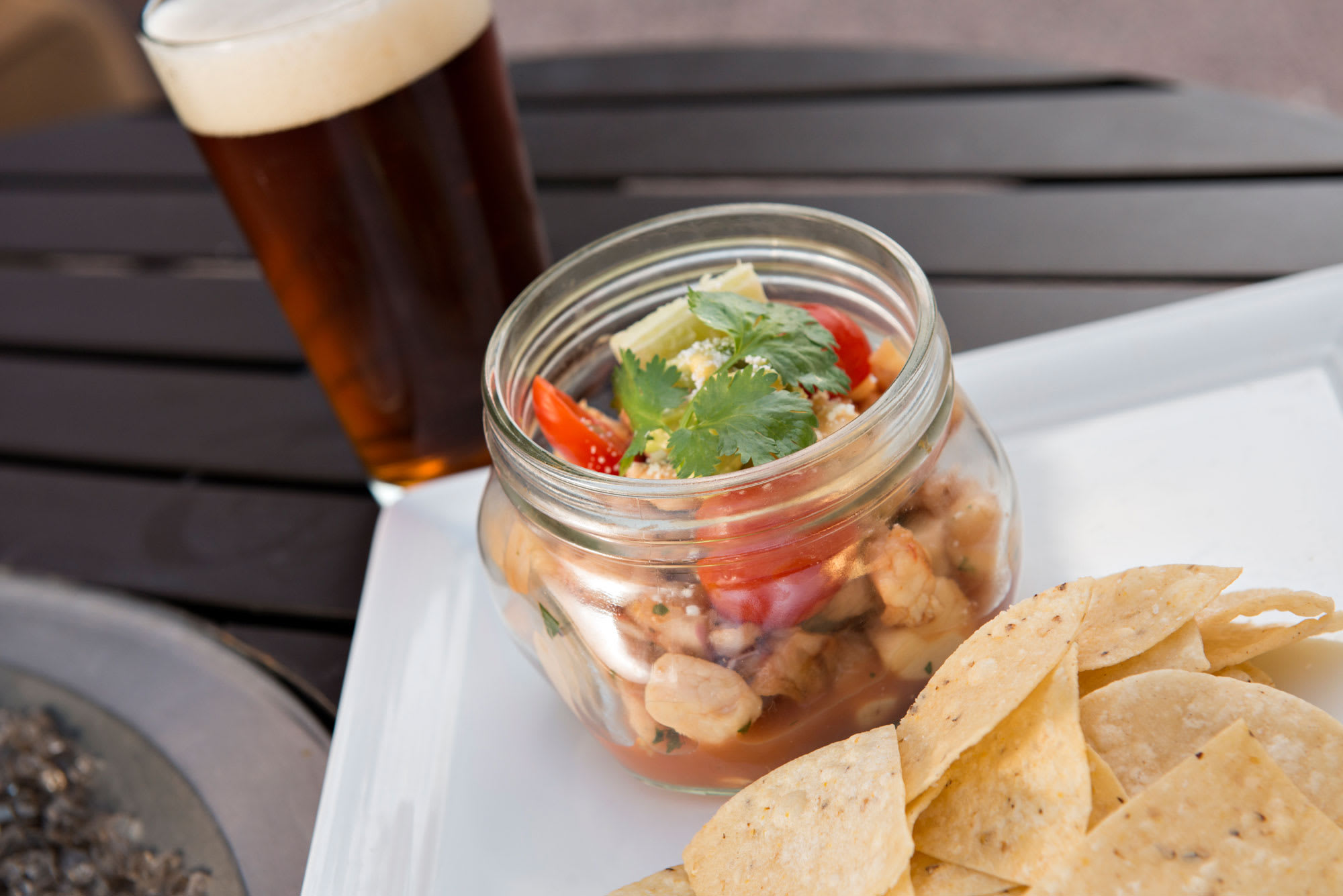
Ceviche & beer
On a trip that long you also get introduced to some oddities that you could have done without. Like having all of your belongings stolen from your tent by someone with a big enough knife to slash a gaping hole in it, luckily I wasn’t inside. For every instance like that though there are ten such times that make up for it, like buying an entire crate of mangoes in Ecuador for about $5, or zipping through a coastal desert city in Peru on a Tuk Tuk to go to the market and buy 10kg of Crayfish, or watching a local in Uruguay cook a pig by cold smoking it over the course of 9 hours.
When I started working on the 2009 South America trip, I had just completed the Orient Express tour in Europe a week before and had spent 3 days driving from Istanbul to Vienna, then flying across the Atlantic to Miami, then flying across a continent to be at the start line in Rio de Janeiro on time. Sometimes the countries all become a blur and the borders take on an absurd hue that makes you hope one day for their erasure.
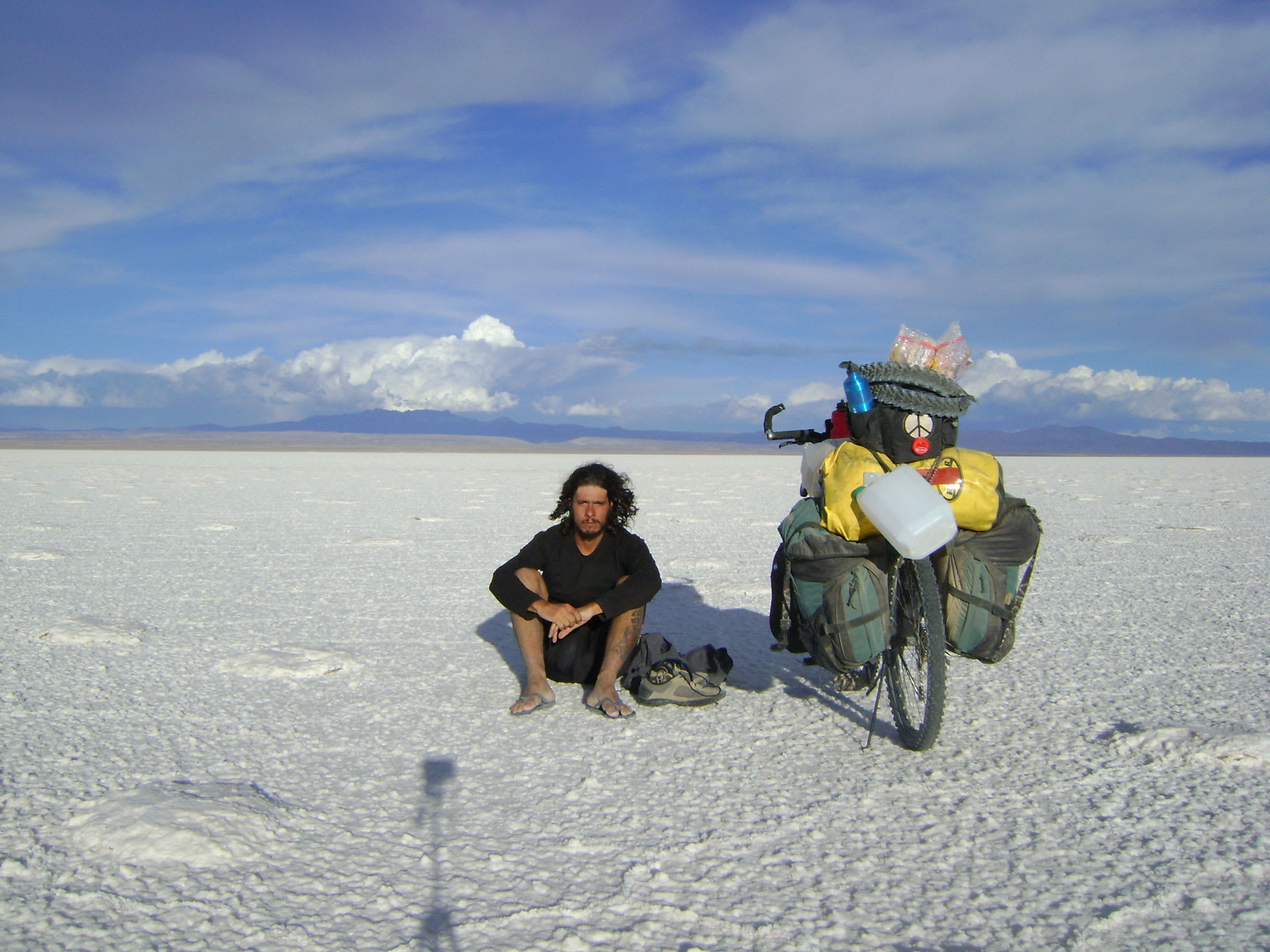
Cristiano on the Salar
One of the great surprises and pleasures of arriving was finding a long-haired Brazilian guy in the hotel room we’d be sharing for 1 night in Rio before the tour began. His name was Cristiano, little did I know we’d be working together from that time, 11 years ago, right up till the present, and into the future, and that he would be organizing TDA’s trips in the Americas and as far away as India. He introduced me to one of my favourite foods in the world, which only exists at Brazilian street vendors and truck stops, the Coxinha, a deep fried dumpling full of chicken salad. Another Brazilian treat was Feijoada, a stew of black beans with salted pork and sausages!

Coxinha
As a last story from TDA’s 2009 South America tour, I’ll mention a tiny village tucked into a high mountain valley in the rugged Andes between Cusco and Nazca, Peru. The group camped in the field of a local farmer who was kind to have us sleep there for the night. I was busy cooking for the group, as the farmer watched from a short distance away, when dinner was ready, he sat and ate with us and communicated in Spanish to those others in the group who could speak to him. As we cleaned up after our meal, he came over and motioned for me to follow him towards his nearby home. He led me to a small shack next to his house and with a big smile opened the wooden door for me to peek inside. It was very dark, with a dirt floor, but as my eyes adjusted, I could see small animals scurrying around on the ground, guinea pigs. He shut the door and went about getting a fire started outside, turning wood into coals, then did some business with a few guinea pigs that left them skinned and skewered. Sitting there in the deep night with mountain stars overhead, smelling the roasting guinea pigs and getting ready to try this dish for the first time, I reached for a deeper meaning in it all, but after my first bite, all I could say was…“Tastes like Chicken”.
]]>
Scouting our upcoming tour in Korea and Japan, The Journey to the East, took place earlier this year. It was a real eye-opener to the amazing scenery and diversity of people and places along the route. The contrast between urban and rural is probably one of the most striking experiences from our scout and for the upcoming tour. That in such populated countries, with mega cities, there exists as well so much forest and quietude was a wonderful discovery for us.
Below are a few photos from along the route during our scouting experience. We are sure for those participating on the tour you will end up with hundreds of your own photos, as you cycle across the Far East.

Looking out towards downtown Seoul along the city bike path, which is closer to a bike highway. We’ll be riding along the path for a few days to start our trip!

Monastery by Yeoju on our first night of the tour.

A roadside wonder in southern interior of Korea.

One of the tombs of the ancient capital of Gyeong-ju in Korea. This “living” museum provides a look back in time to the Korean past.
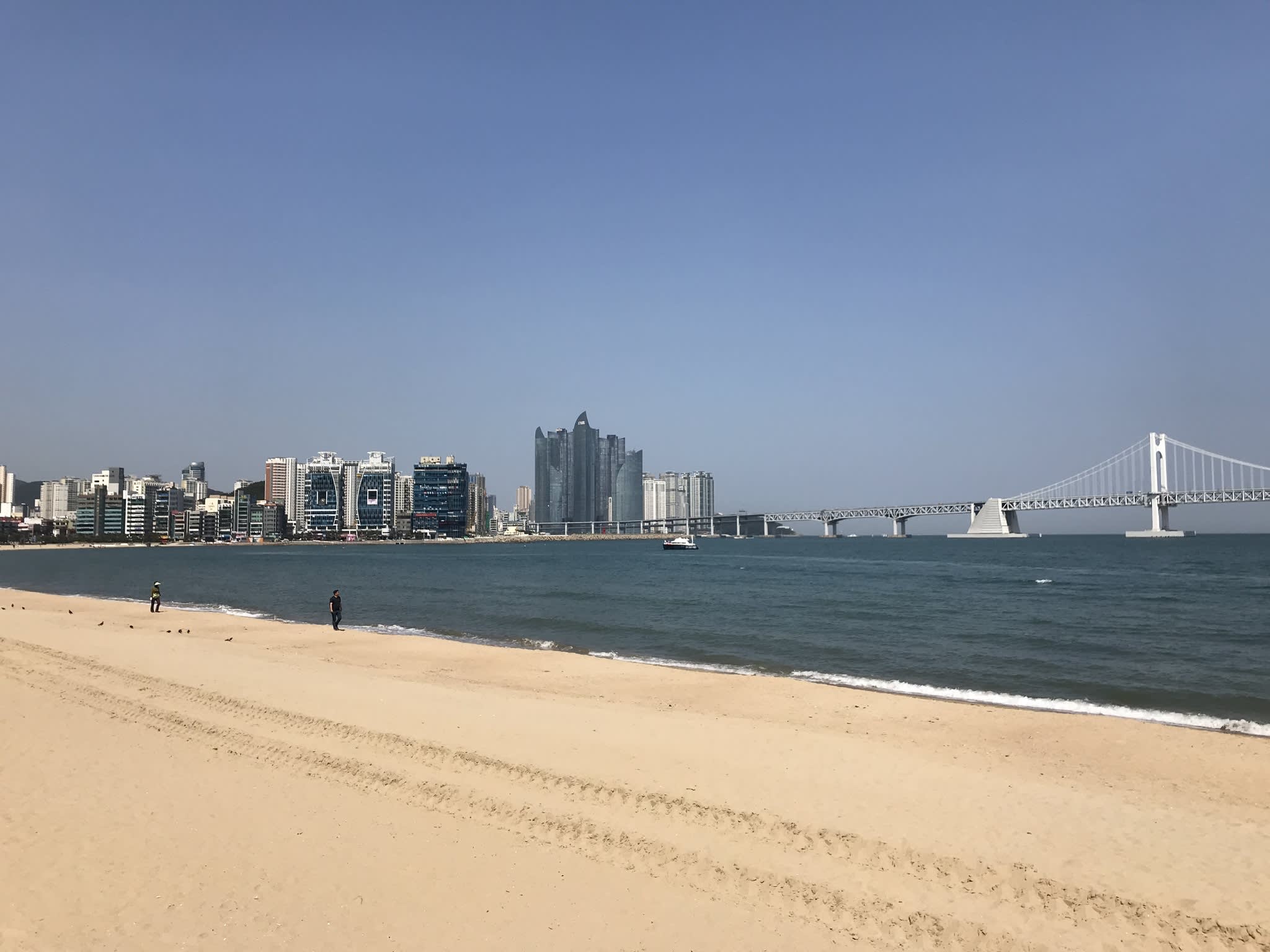
Not a bad spot for a rest day. One of the beaches in Busan.

The fish market of Busan. Be sure to spend some time exploring there, and eating there of course. It’s the largest fish market in Korea, and you are certain to discover some species you never knew existed.
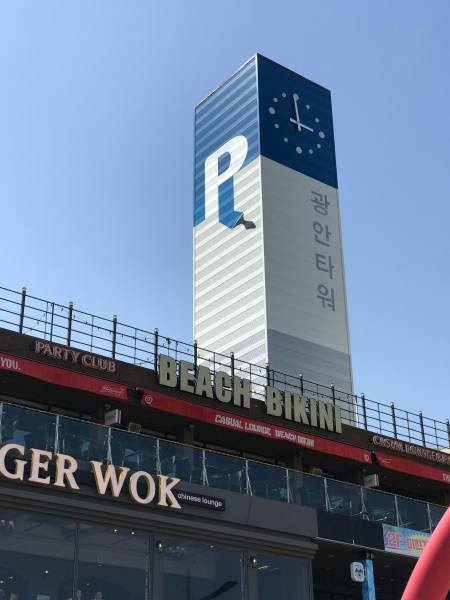
Parking Towers of Korea!
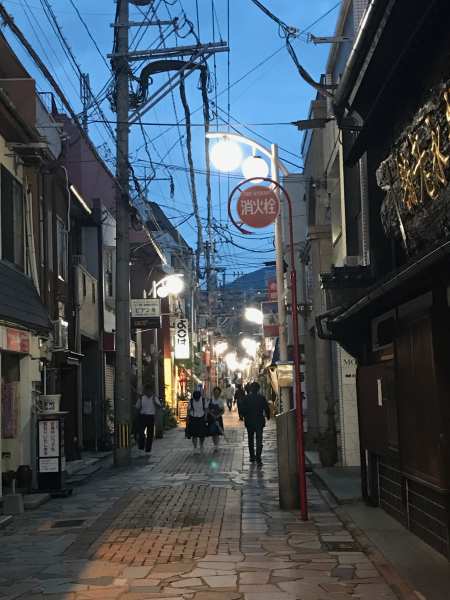
Arrival to Japan! The streets of Nagasaki.
RELATED
TOUR

One of the roads departing Nagasaki. A slightly flatter section of a very steep climb☺!
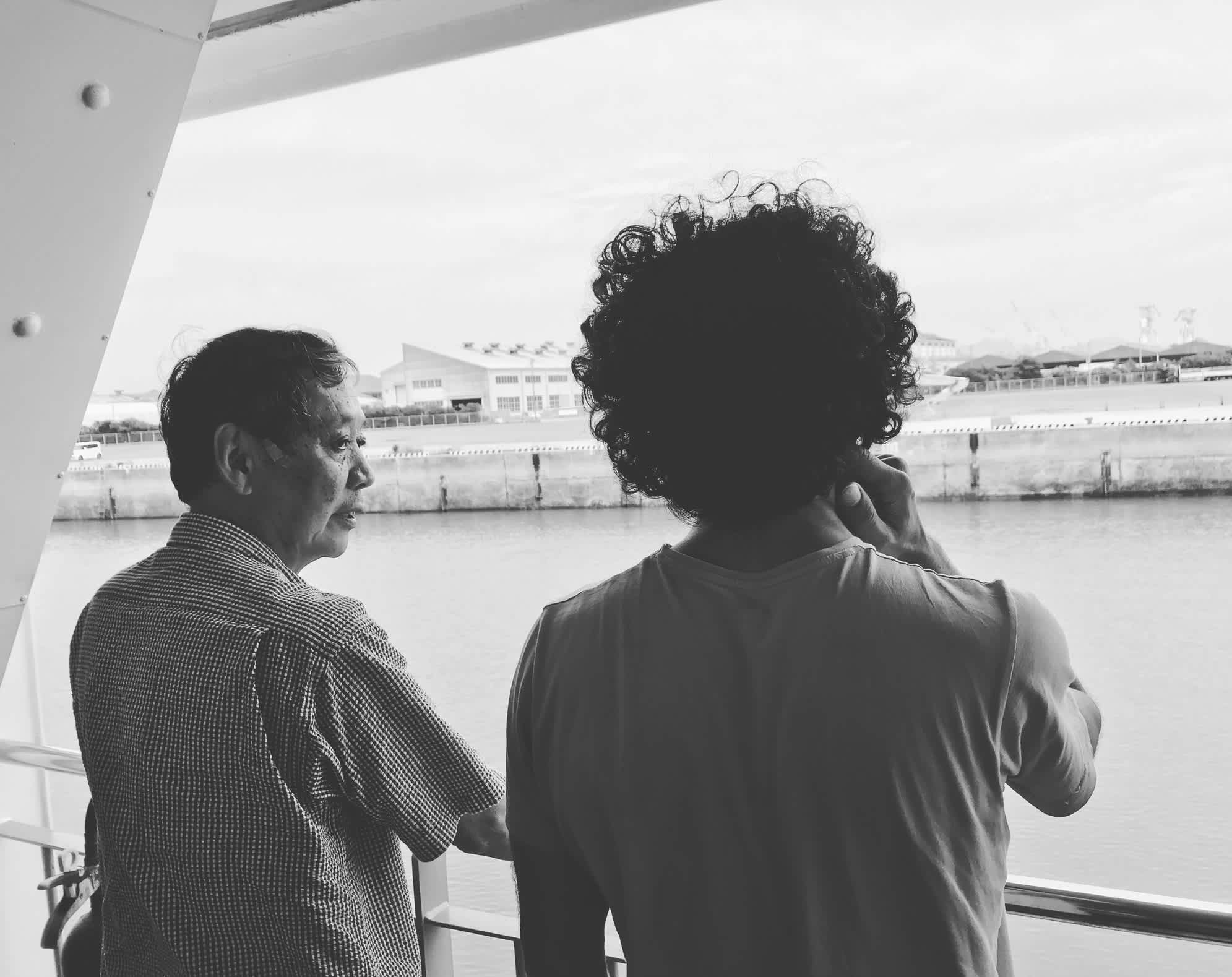
Our Scout team taking one of the inter-island ferries of Japan.

Japan has no shortage of roads like these☺!

Get ready for a selfie with the famous “peeing boy” in the Iya Valley.
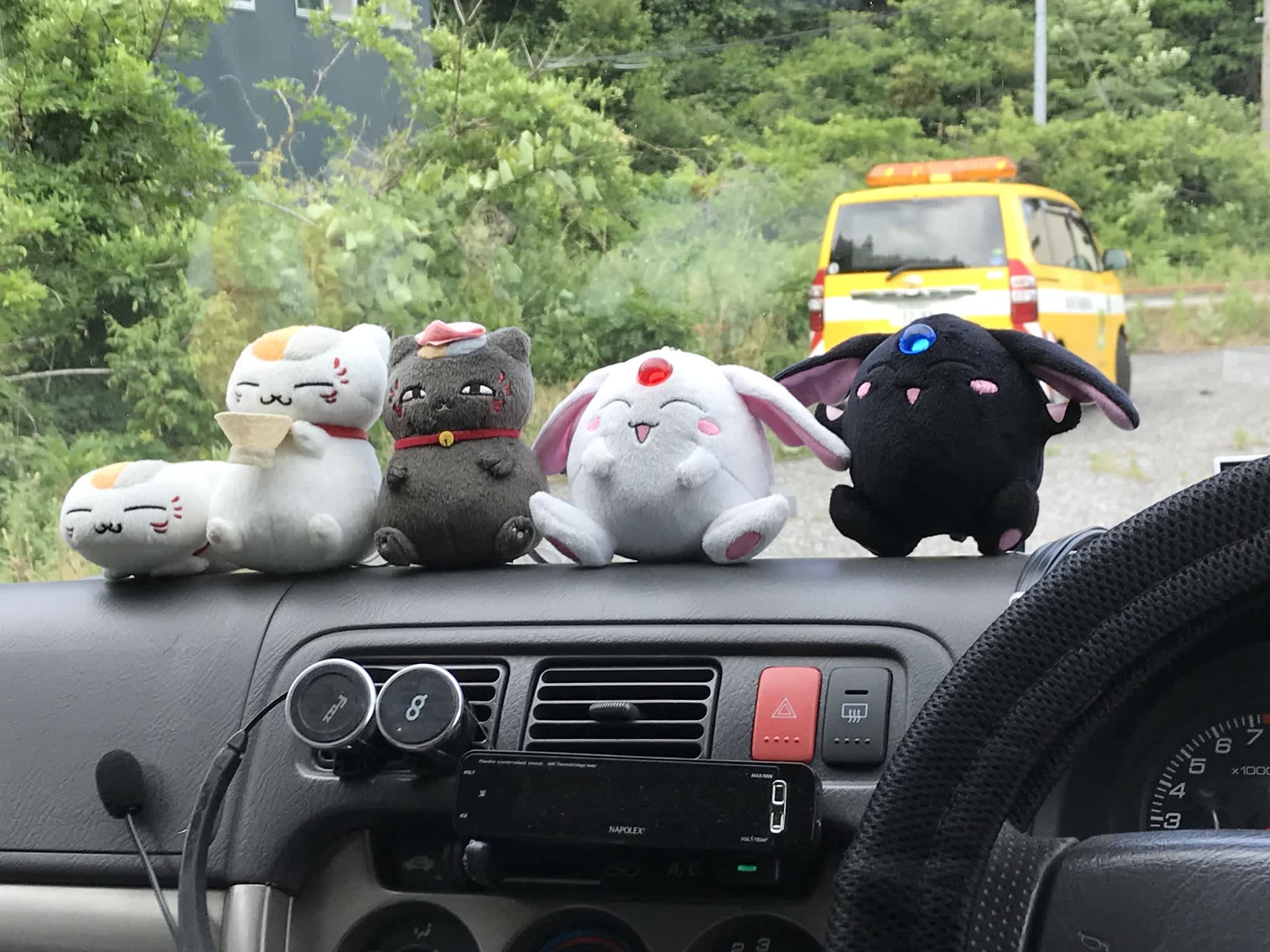
When you need road side assistance in Japan, you may find your tow truck driver has brought some friends along for the ride.
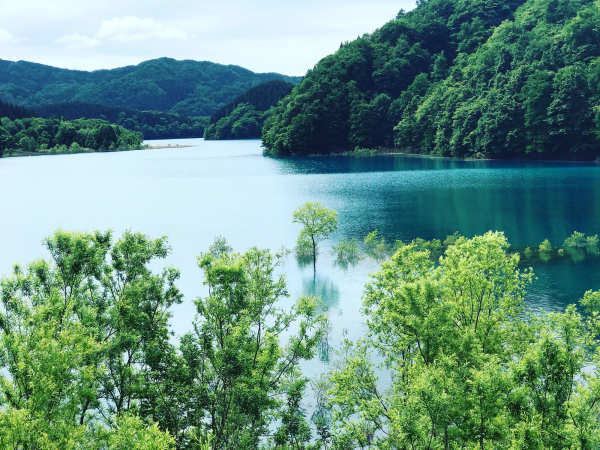
One of the incredible lakes of the Aomori region.
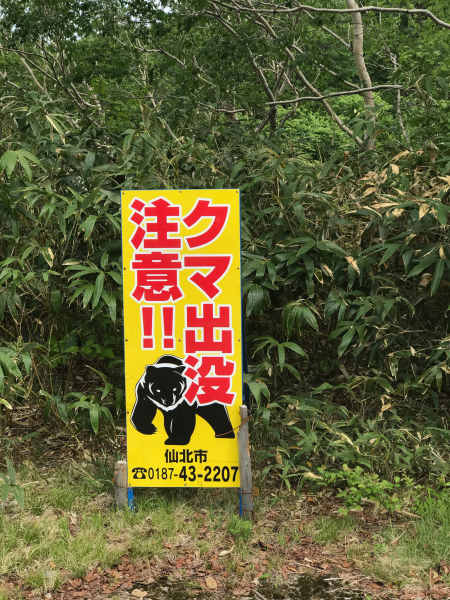
It really is the “Wild Japan” section!
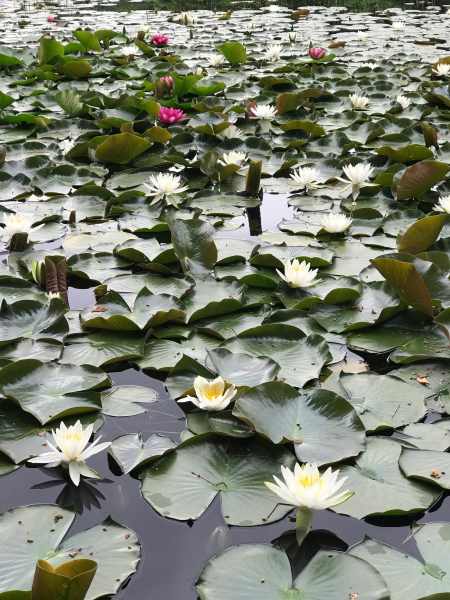
The water lilies of Fukushima District.
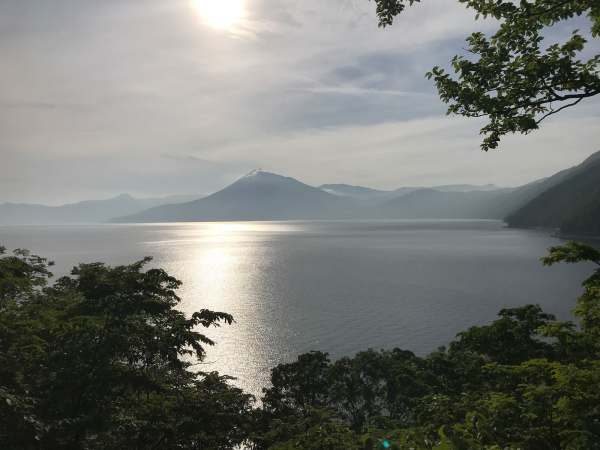
Welcome to Hokkaido!
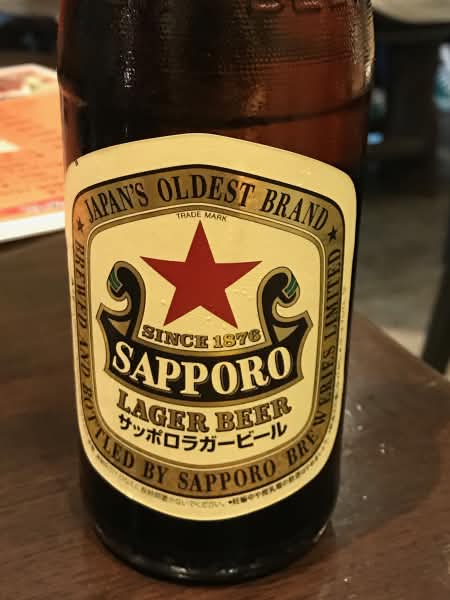
The End!:)
]]>At this point in history, we are lucky to be able to watch numerous great documentary-style cooking and food shows. People who have never worked in restaurants or never travelled the world, sampling different cuisines, can learn a lot just by sitting on their couch with their laptop.
There is one type of cooking show that doesn’t exist yet and that is the life of the bicycle expedition chef. To give you a bit more of an idea of what the chef’s role entails, we’ll start with a definition.
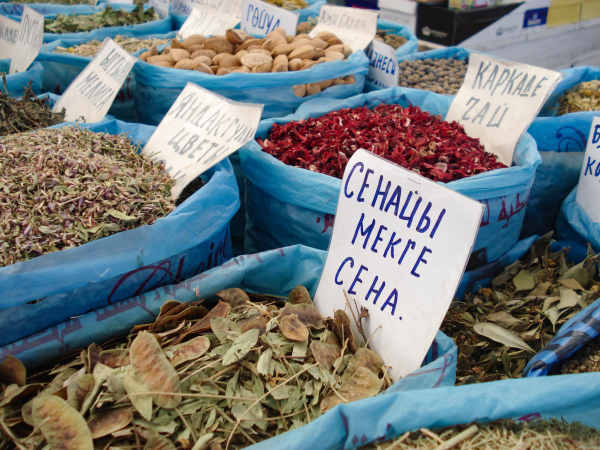
What do we mean by expedition? There are few key ingredients…
- An expedition is a nomadic experience. It is a journey with a goal in mind.
- An expedition involves challenges, many of them unknown.
- An expedition involves limited resources and maximizing the usefulness of what you can carry with you, and what is available on route.
A bicycle expedition could be 2 or 3 cyclists setting out to cycle across a city, a country or the globe, carrying their supplies on their bicycles and eating locally as well as cooking for themselves.
However, when we talk about cooking on bicycle expeditions, we are referring to the type of trips organized by TDA Global Cycling, where we have anywhere from 30 – 60 cyclists travelling across a continent with vehicle support and a chef who cooks for them each day.
A bicycle expedition chef has many responsibilities. The primary ones are as follows…
- Checking, cleaning, preparing all tour kitchen equipment
- Stocking the expedition vehicles with dry food supplies before the tour begins
- Making sure food storage areas and any refrigeration devices on the vehicles are clean and working properly
- Reviewing all dietary requirements of the cyclists on the expedition and planning alternative menus as necessary/possible.
- Managing the food supplies on tour, including shopping along the route for dry goods, fresh fruits, vegetables, bread, meat and dairy.
- Coordinating any cooking assistants on the trip.
- Cooking all meals for the expedition group, focusing on nutrition, quantity, variety, quality and most importantly taste!

While that all sounds pretty straightforward, the real trick is being able to adjust menus to what is available locally. Crossing a continent by bicycle can mean passing through as many as 15 countries, each with its own regional cuisines and produce. As well, there may be areas of scarcity, such as deserts, mountain ranges, or areas with limited resources where the transport of food products barely exists, or locations where food types that western palates may be used to are not available.

Of course, that challenge is what makes being a bicycle expedition chef one of the best cooking jobs in the world. It allows one to escape the western idea of food shopping in massive, fluorescent-lit grocery stores in order to delve into the nooks and crannies of street markets and communicating one way or another in multiple languages, and experiment with new ingredients and local staples.
Another reality for the bicycle expedition chef is cooking in all sorts of terrain, weather, locations and temperatures. Some of the more bizarre places to set up a camp kitchen are hotel parking lots in China, the Sahara desert, mountain plateaus in Kyrgyzstan and farm camps in France. Rain, snow, sand storms, windstorms, hail – no matter what, the chef needs to get the meals prepared. If the weather is miserable, or the day was stressful, then the chef’s job is that much more vital, as there is nothing like a comforting, filling meal to put a tired cyclist at ease and save the day.
In short, cooking on bicycle expeditions is a chef’s role like no other. It may not be for the faint of heart, but it is an amazing way to experience the cuisines of the world, and to partake and create from them as well.
Think you have what it takes to be a Bicycle Expedition Chef? Contact us and see where it takes you.
]]>If I haven’t had the pleasure of meeting you on tour, my name is Miles, and I’ve been working at TDA since 2006. I started off working as a Chef on the tours, which was great preparation for becoming the Operations Manager, as multi-tasking is definitely key to both roles. While I still head out on our tours once or twice a year, the majority of my time is spent in front of my computer, overseeing the overall logistics of our tours. Below are some of the more common tasks that I work on.
One of the most common activities is communicating with the tour leaders, both on tour and before and after the tours. We discuss tour morale, upcoming route challenges, administration tasks, security updates, accommodation information, and a broad list of other items. Sometimes it can be discombobulating when there are multiple tours occurring!

To facilitate this communication there are a few key apps on my phone. What’sApp is always working on my phone, and there are days where messages are coming to me at all hours of the day and night from 3 or 4 continents. Skype is probably the busiest app overall, allowing me to communicate both with our tour leaders across the globe and with our head office in Toronto (as oddly enough I am based in Victoria, B.C., running a remote office)
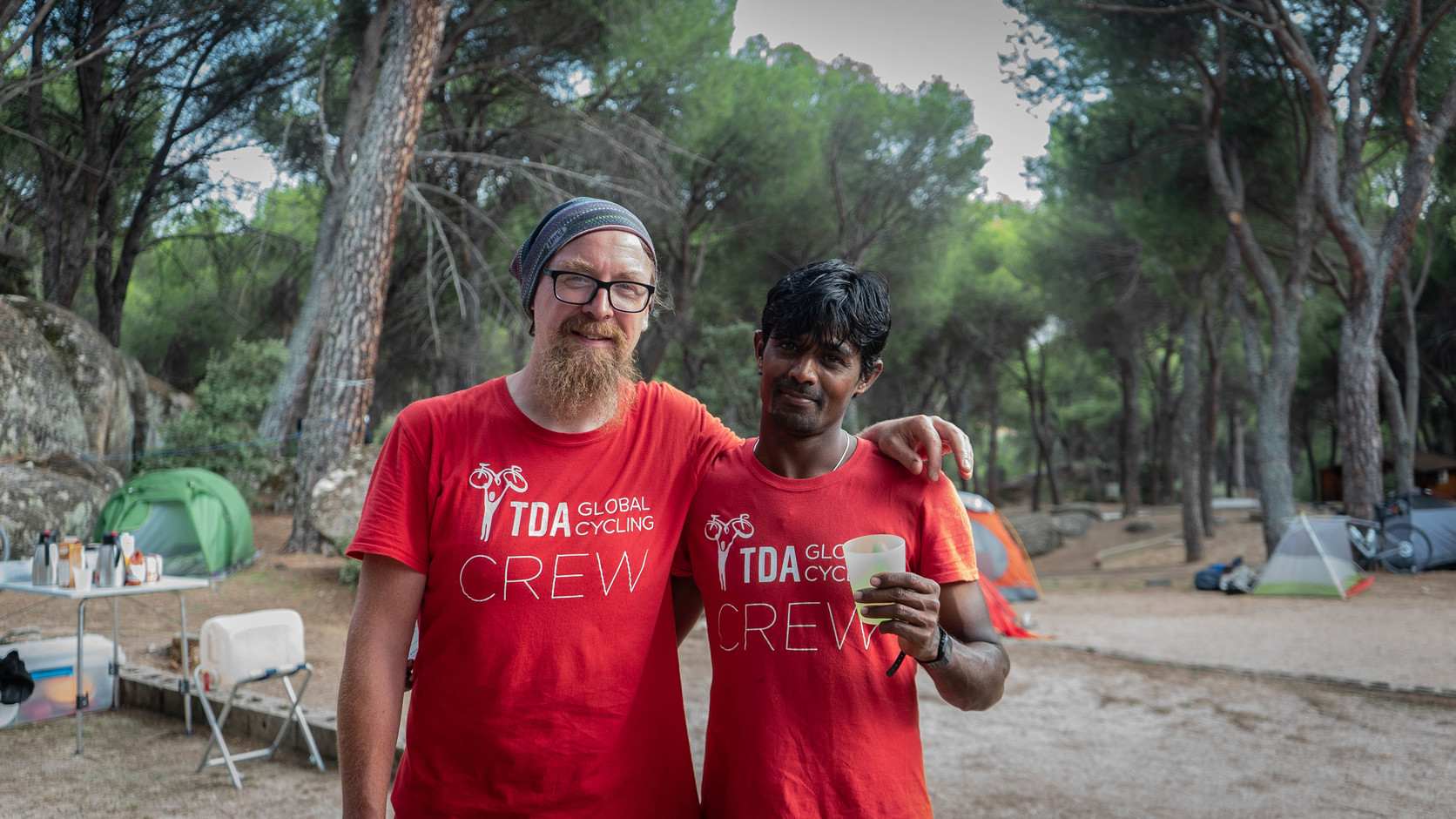
Another important part of my day is reviewing staffing applications we receive and interviewing candidates for future staff positions, then trying to piece the staffing puzzle together for each tour. It’s inspiring to read of so many people who have a passion for working in the adventure tourism industry, and as many great staff as we have had, there are also many we haven’t had a chance to work with yet.

There is also time devoted to the overall style and framework of our tours and how we can improve our service. An important part of that involves carefully reviewing the rider questionnaires after each tour. Here we learn what worked well, what could use improvement, and what people’s future interests are as well. These are then discussed by the whole TDA team, and then over time we make adjustments to routes, accommodations, how we present information on our website and in many other areas.
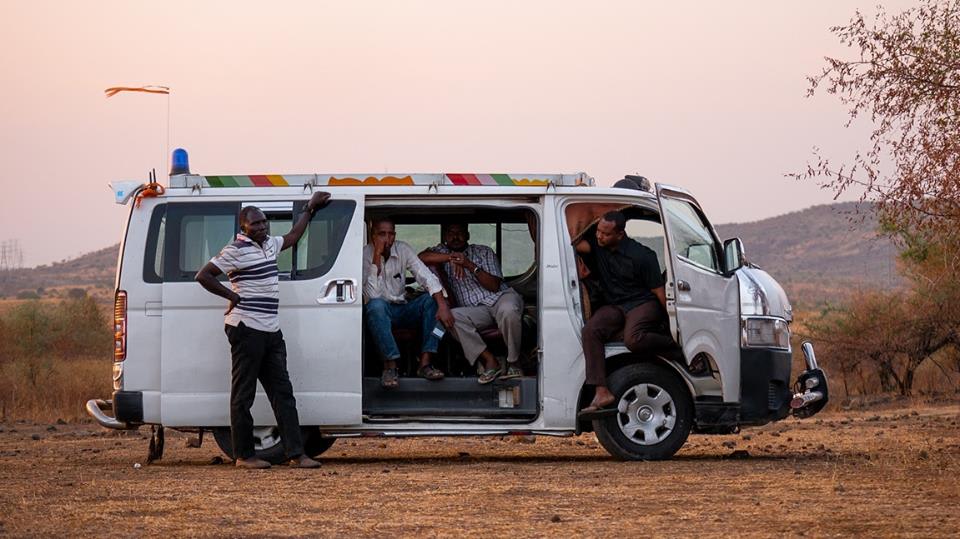
Another group of people I am often communicating with across the globe is our local partners. At TDA we are running tours in over 80 countries, and in many of them we have local partners who are assisting with the fine details; accommodations, sub-contracted vehicles, supplying translators on tour, arranging security and updating us to any local news we need to be aware of. It is truly one of the great pleasures of this work to have had the chance to develop so many professional relationships around the world, and have made some excellent friendships in the process.
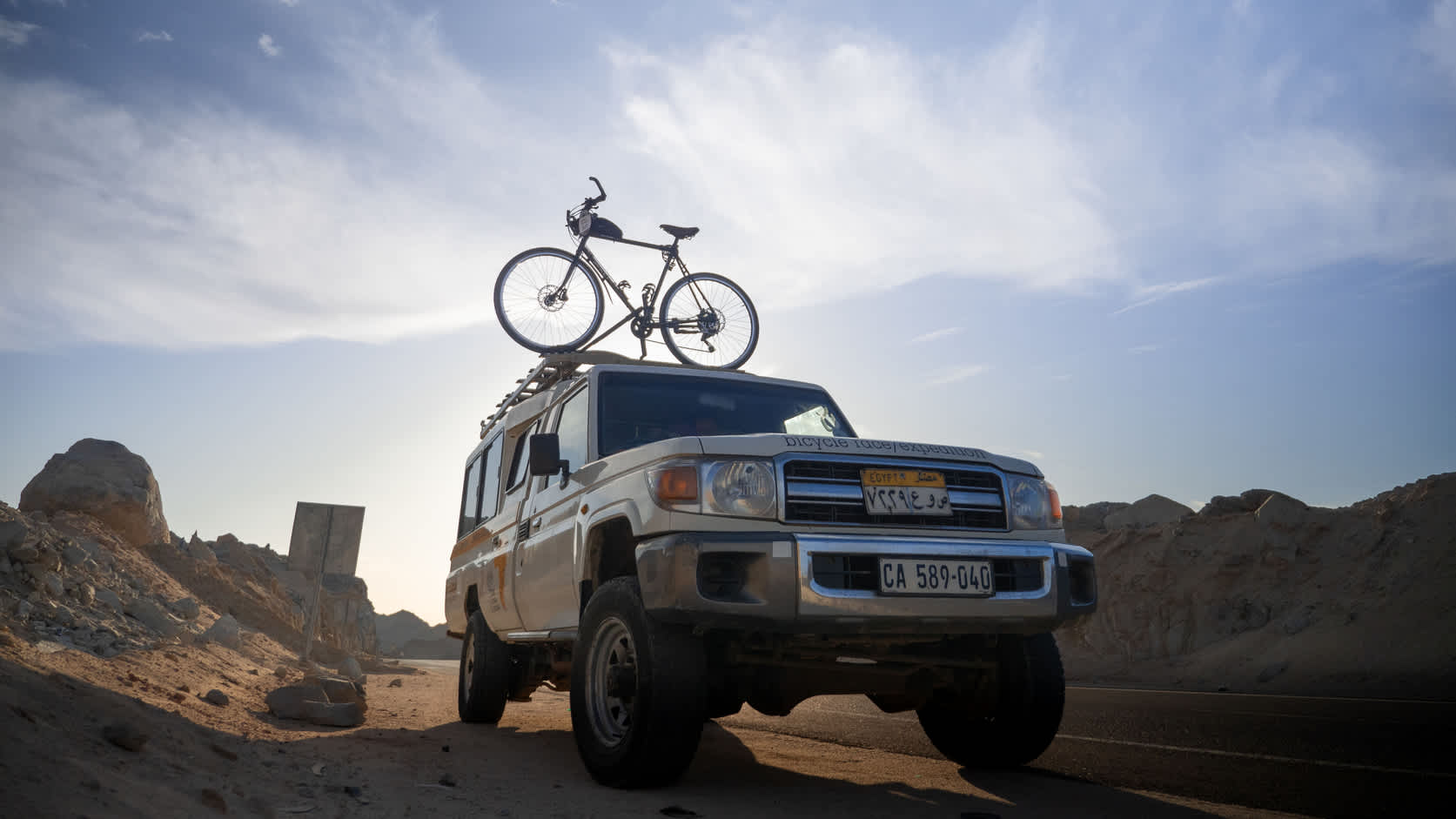
While there are many daily tasks that come up, the last one I’ll mention for now is regarding vehicles. Oddly enough as a bicycle tour company, I mostly think about diesel-powered vehicles and not bicycles when it comes to our tours. TDA now has a fleet of vehicles on 4 continents, and we use them across 5 continents. At times there are vehicles transiting across a continent to the starting point of a tour, being shipped across an ocean to return to their base, or working on the tours that are in progress. They can be our best friends and also our worst enemies☺ Luckily there are many mechanically gifted staff at TDA who take care of them and also arrange or assist with all the planning that goes into their readiness and care.
]]>
Madagascar is one of the most recent areas on earth to be inhabited by humans. As well it’s physical separation from the African continent allowed it’s flora and fauna to evolve in a different direction from Africa, and indeed the rest of the world. Travellers have been amazed at it’s incredible diversity and beauty for centuries, and is well known by westerners as seen through the eyes of Sir David Attenborough in his BBC documentary series.
It is also an island that has attracted cycle tourists, who are dreaming of a adventurous ride through this beautiful, hospitable country. Our Magical Madagascar tour crosses from the southern shore, in Ifaty, to Nosy Be Island in the north. From our experience running this supported tour, we are happy to share with you a few tips we’ve learned on the way.
1. Start in the South
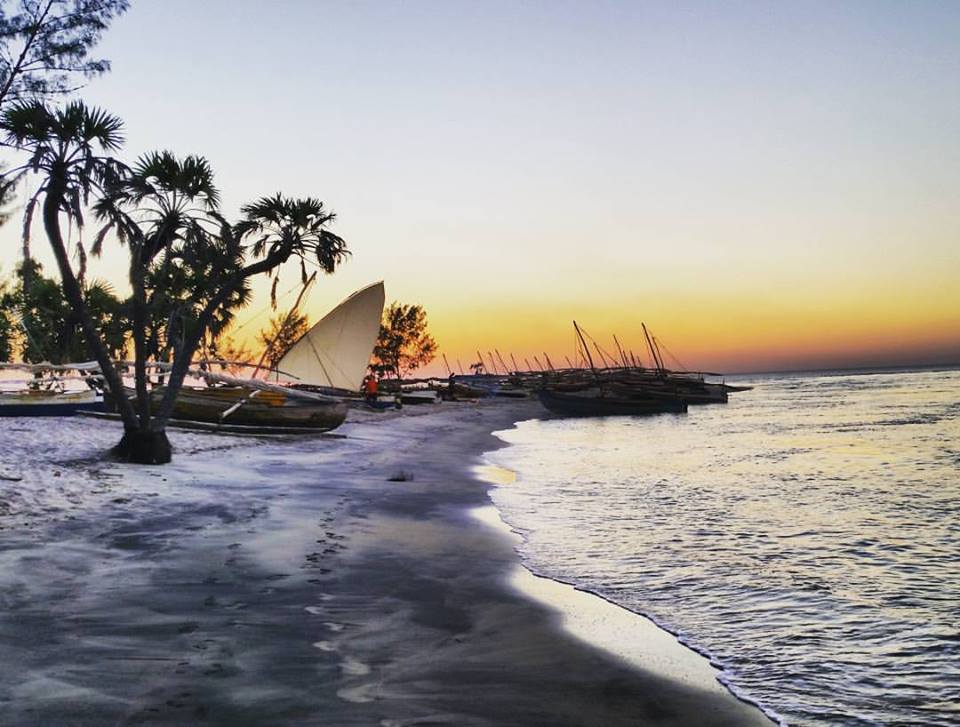
There are no guarantees with wind directions, but from our experience the most consistent winds blow from the southwest/west.
RELATED
TOUR
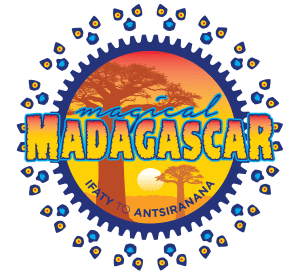
Magical Madagascar
Madagascar, the world's 4th largest island, is certainly a world unto itself and is often referred to as the ‘8th Continent’. Geographically...
2. Time of Year
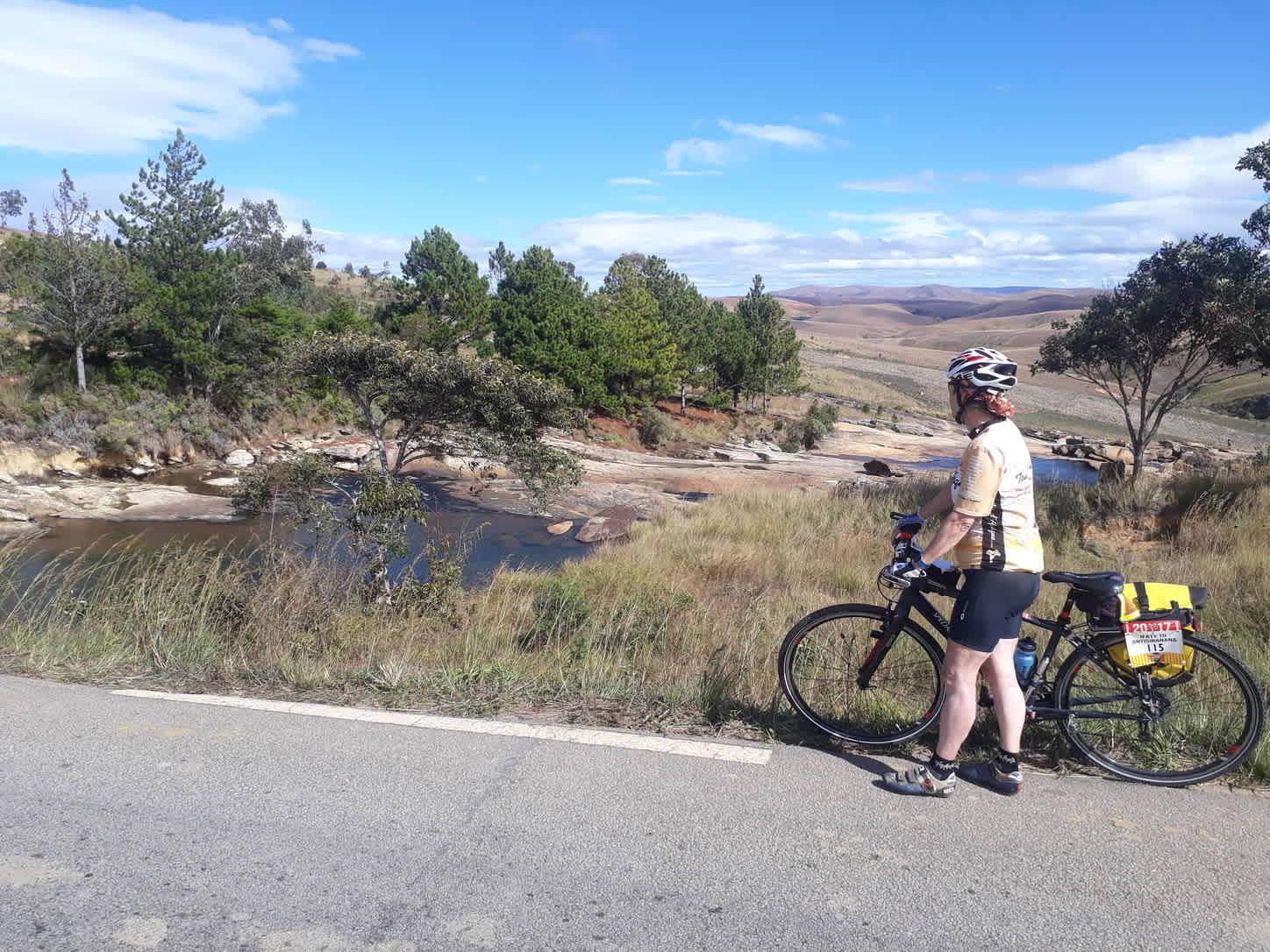
The best time of year is May and June or September and October. These are the drier seasons, as well as the most temperate overall weather wise.
3. Use the Paved Roads
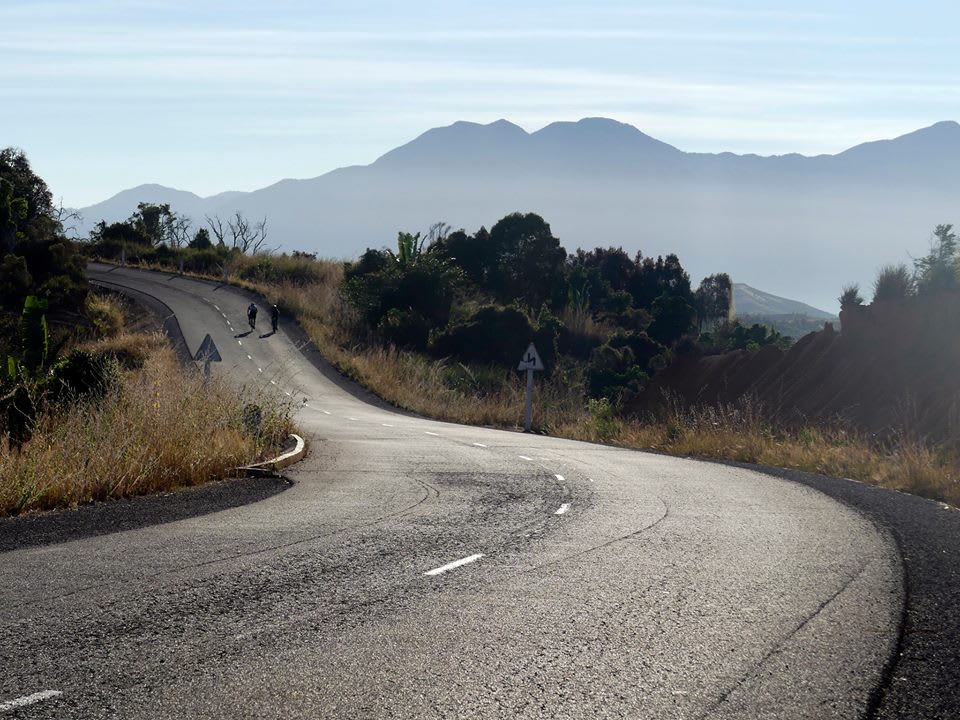
Madagascar is not blessed with an enormous amount of paved roads, but the main ones heading north/south, are great for cycling and allow you to stop in at many highlights along the way. Other than roads near the Capital city of Tana, there is not an abundant amount of vehicular traffic. That said, the paved roads are not always in the best of shape. A pure road type bike is not advisable, a touring or gravel style bike that you can have wider tires on should do the trick!
4. Bring your bike on a River Journey
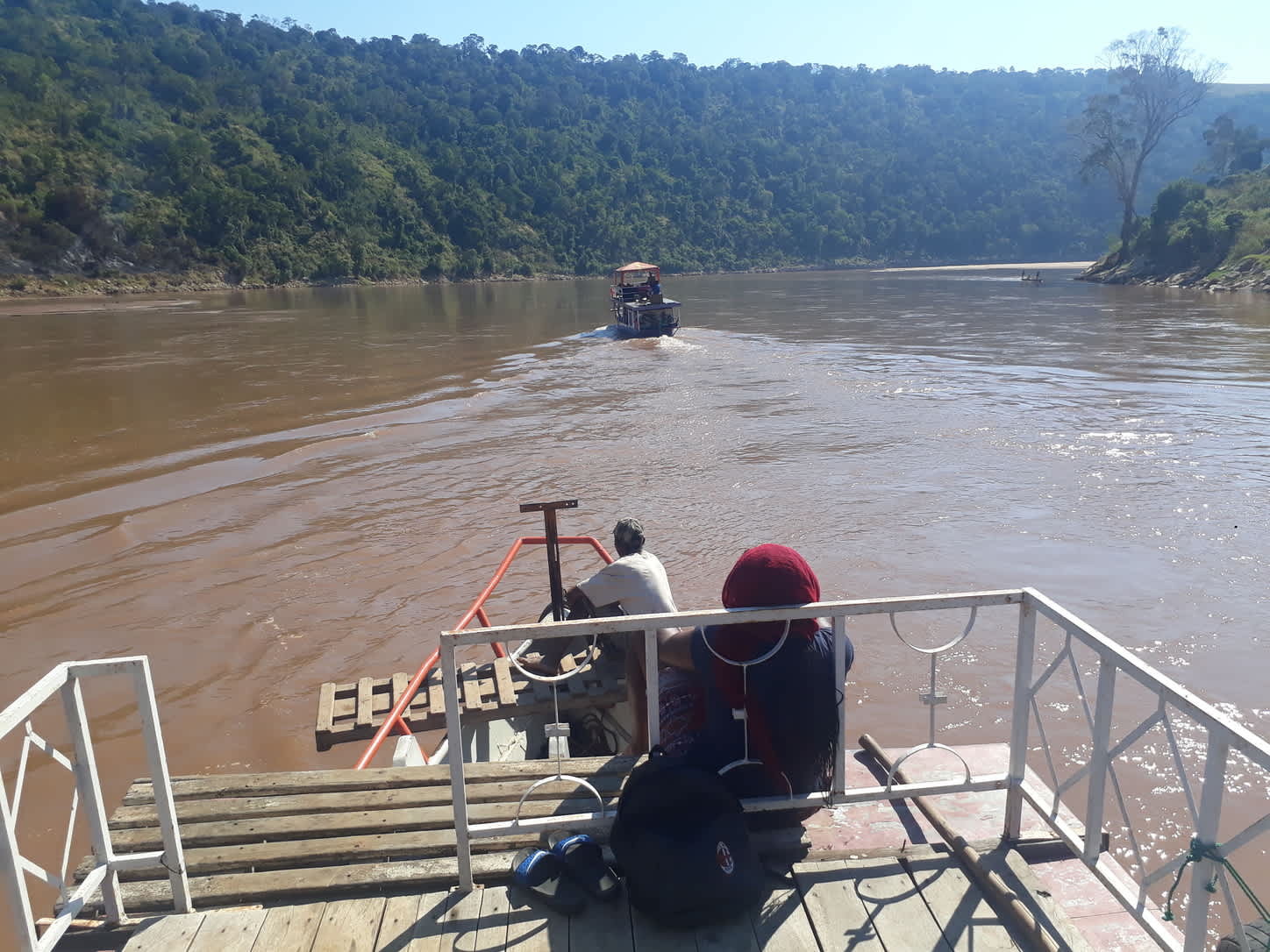
One of the most unique experiences in Madagascar is taking a riverboat journey, and experiencing the remote flora, fauna and village life along the river shores. Our own Magical Madagascar tour allows us to spend 2 days on the Tsiribihina River, on the way towards the Mozambique Channel.
5. Don’t miss the Avenue of the Baobabs and Nosy Be Island
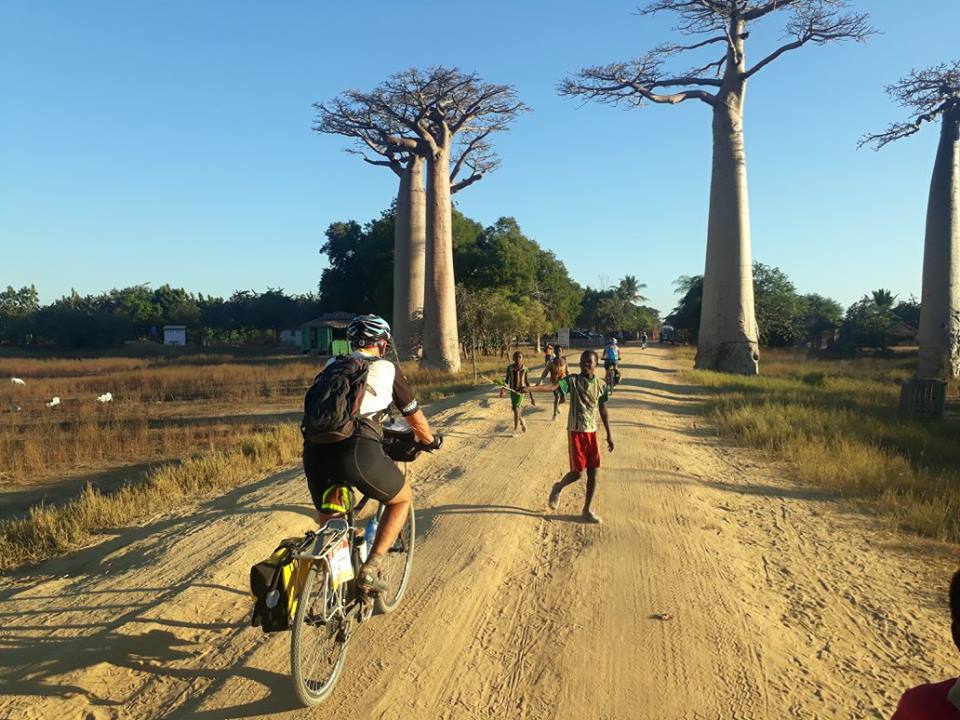
You can see a thousand photos of the Avenue of the Baobabs, but much like the Pyramids of Giza or other great wonders of the world, their majesty is startling. Try to time your arrival there to in morning or evening hours for the best light. Also, if you’re cycling from the direction of Belo Tsiribihina, be aware that the road is all sand! Bring wide tires, and pack as much water as you can, as there is little population on that road.
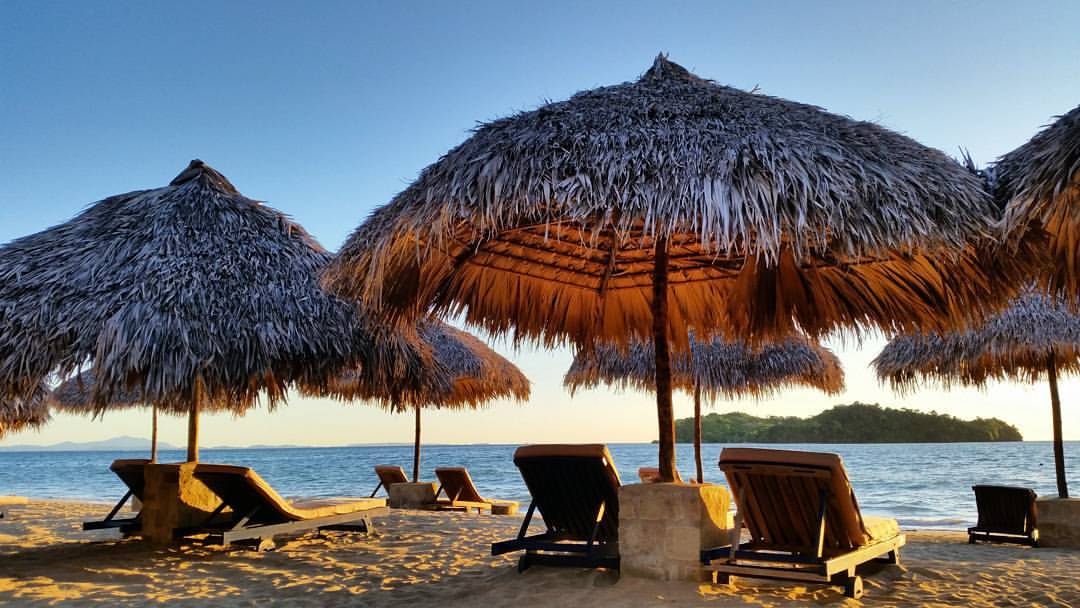
Nosy Be Island is the perfect place to finish your journey, head to the more remote, north west of the Island, there you will find serene beaches, amazing snorkelling possibilities, delicious fresh fish and you can spend your last days in Madagascar with your bike resting right along side your tired legs.
]]>You may have seen our video showing how to safely pack your bike in a cardboard box, in preparation for flying with your bike to the start point of your ride.
While some people have flown with their bike many times, for others it is a new experience. So as a compliment to our bike packing video, we thought we’d give some pointers for the journey itself that will hopefully make everything go smoothly.
As a tour company who has had well over a thousand cyclists fly to the start of our tours with their bicycles, we can tell you that flying with your bike doesn’t have to be painful, and 99% of our clients end up in their destination city with their bikes☺!
>>Sign up for our monthly newsletter for more bike tips and tour news
1. Find the Best Deal

When investigating your airline ticket, be sure to check the airline’s baggage policy before purchasing. Some airlines charge a set fee for a bicycle, regardless of how many other bags you have. Some will treat it as a 2nd, or 3rd bag etc. As well which type of ticket you purchase (economy, business etc.) will affect baggage rates.
2. Pay in Advance

Pay your airline baggage charges, including your bike charges, through the airline’s website before your departure. Many airlines offer a discount if paid in advance. At the least, you will save yourself an extra headache at the airport by already having this taken care of.
3. Prep the Box
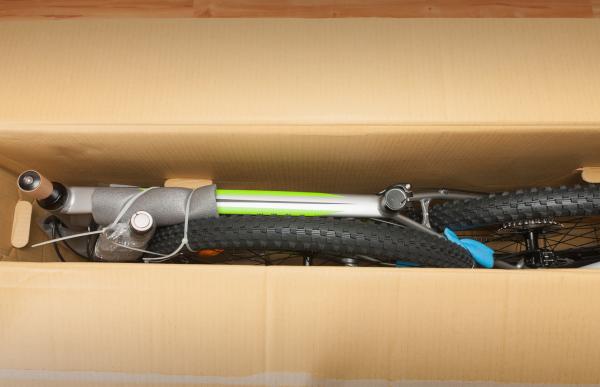
Write your name and a phone number you or a friend can be reached at on the outside of the box.
4. Fill it Up (But Check Bag Limits)
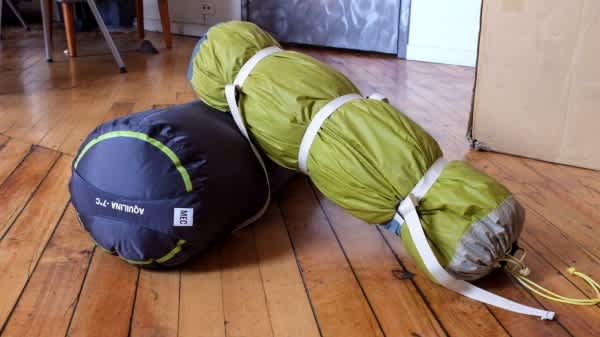
After you have packed your bike, you probably have room left to stuff your camping gear, or excess clothing inside the box. This will save you space in your other checked bags. Just make sure you don’t exceed the weight limits. Each airline has different restrictions for regional and long haul flights.
5. Getting To and From the Airport

Arrange transport for your destination airport to your place of stay before you leave (unless you’ll be cycling directly from the airport☺ This way you can ask for a larger vehicle, and sometimes the person meeting you can help with carrying luggage to the vehicle. If you’re taking a taxi to your departure airport, order a van taxi, as you can fit your bike box in more easily
6. Mastering the Baggage Trolley
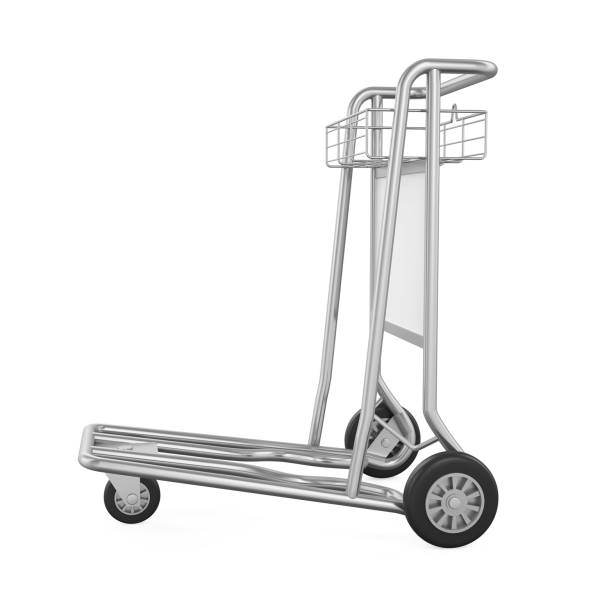
Get a cart at the airport. If you place the box sideways (your bike pointing to the sky) on the cart you should be able to fit your bags on the cart also. Most airlines entry doors are wide enough to fit through with this set-up.
7. Come to the Airport Prepared
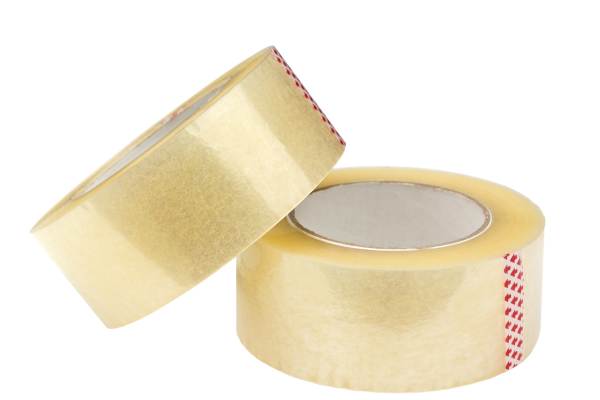
Bring some packing tape to the airport with you. There is a chance that instead of putting your bike box through an x-ray, the security officials will want to open it up and look through it. The packing tape is so you can re-close the box afterward. Having a house key accessible will help you to cut the tape (with the edgy end of the key)
8. Checked Through to Your Final Destination

Confirm with the airline whether the bike will be checked all the way through to your final destination. Most often this is the case, but sometimes if you have to go through customs before transferring to a domestic flight, they will make you recheck your luggage.
9. Damage to Your Bike
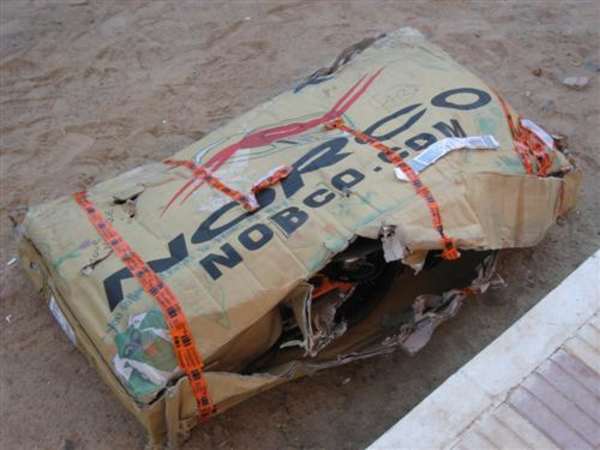
On arrival, check your box for any significant damages (usually they are o.k., but it’s good to check) If there is significant damage alert the baggage counter of airline so that it is on record and they can see it directly. Take the name of the person at the desk.
10. Lost or Delayed Bike
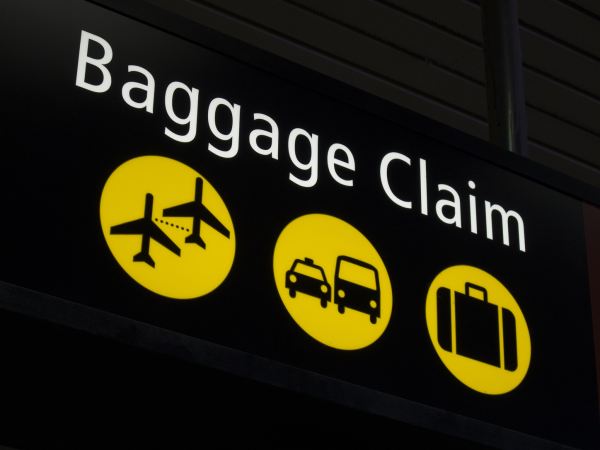
If the airline says your bike is delayed, give them the address of where you are staying, and they will need to deliver it to you when it arrives. Get the phone number of the baggage desk of the airline so you can call them directly to check when the bike will arrive. If the airline says it’s delayed, but later on says that it is lost, contact your travel insurance (if you have baggage coverage) Also ask the airline for a claim form to receive compensation for the lost box. It is very rare that a bicycle box is forever lost, but it can happen.
]]>“You can’t go home again” was the title of Thomas Wolfe’s final novel, a realization he made upon returning to his hometown and discovering it to be un-relatable to the memories of his youth. The discovery for Mr. Wolfe was a morose one, but one that continued pushing him on his quest to understand what is home, whether he would ever have a true home again, and in this quest he spread thousands and thousands of words upon the page.

His novel and his clear statement come to me sitting here in Khartoum, at the end of the first section of the Tour d’Afrique, and the end of my time on this year’s tour. Having spent eight of the last 13 years doing all of or portions of the Tour d’Afrique, and in all eight of those years being with the tour while it passed through Sudan, there is a great familiarity with the nature of the trip and the locales it passes through.

Nomadic motion has become home like, and yet in the last weeks while surrounded by the same desert sands, under the same mesmerizing nights of stars and against the same frigid morning winds, it is not the feeling of home I know from 13 years ago, or from more recent years on the tour, it is unique and a separate experience unto itself. Given definition by the local inhabitants whom chance allows myself to encounter, by the individual participants and the stories they bring to the tour, and by the staff who set the tone and direction of the journey.

What makes this tour new in essence is the unique interaction of individuals, both those on the trip and those whose continent the trip belongs to. A new, temporary home, is being created and lived in.

Perhaps it is true then that as you can’t go home again, you cannot do the Tour d’Afrique again, as it does not exist in any permanence, it is only what it’s inhabitants can latch onto as the days pass by.

So in this way I say goodbye to Africa, it’s beauty and sincerity, and wish the Tour d’Afrique safe passage southwards. It has been a pleasure. It is time to go home…
]]>
One of the highlights of any visit to South America is Machu Picchu. This ancient part-time residence of the Incan leader Pachacuti was built and populated in the 15th century, before being abandoned sometime after Pachacuti’s death in 1472. The site remained unknown to the outside world for hundreds of years, with only local animal herders and wanderers knowing it existed. Only in the early 20th century did the incredible beauty of its location and structures gain fame, after an American historian, who mistook it for the “Lost City of the Incas”, found his way to Machu Pichu, Quechua for “Old Peak”.
Full tour participants on the South American Epic will have a perfect opportunity to visit Machu Picchu during the tour’s 3 rest days in the city of Cuzco, Peru. There are also sections of the South American Epic that finish in Cuzco (The Gringo Trail) and start in Cuzco (Incan Highlands), allowing for more time to explore Machu Picchu and the surrounding “Sacred Valley” of the Incas.
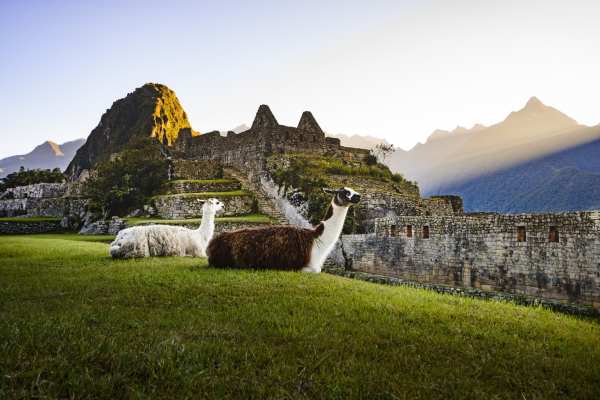
From Cuzco you will need 2 days to visit Machu Picchu and return to the city. There are many tour operators with offices in central Cuzco who will take care of all the details for you if you like. However you can save some funds and have a more adventurous time by planning your travels there independently.
Recommended Itinerary
Before Departing Cuzco
• Book your train from Cuzco or Ollantaytambo to Aguas Calientes. To go from Ollantaytambo you need to take a taxi or local bus first, the advantage is there are more frequent trains from there. To book the train visit Peru Rail and be sure to book your evening return ticket as well for the following day.
• Buy your tickets for Machu Picchu. This blog gives a lot of detail for buying the tickets online or in person.
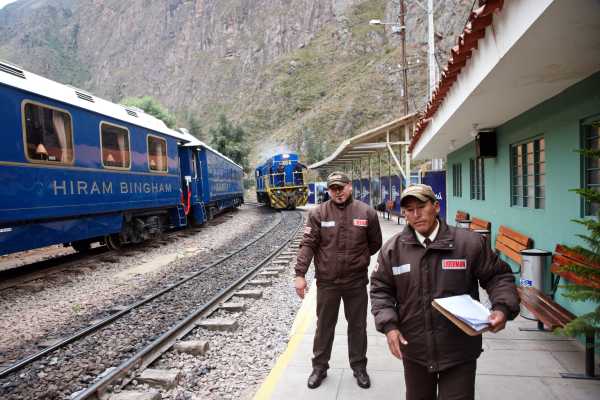
Day 1
• Take the train from Cuzco or Ollantaytambo to Aguas Calientes.
• Stay the night in Aguas Calientes. There are affordable hotels and hostels, as well as hotels on the luxury side of things. You can find options on popular travel booking websites.
• Buy your round trip ticket for the next mornings bus ride to Machu Picchu. You can get these at a ticket booth in the Plaza Principal, in the centre of town.
Day 2
• Line up for the bus to Machu Picchu. It’s an approximately 20 minute ride. Start your day early, as you’ll want around 5-6 hours to explore the site.
• Return to Aguas Calientes by bus and head to the train station for your return train ride to either Ollantaytambo or Cuzco.
• Some people choose to spend an extra night in Aguas Calientes and take a morning train back to Cuzco the following day.
]]>
To travel the Silk Road has been an arduous journey since its earliest beginnings. In distant times a few of the biggest obstacles were…
- Banditry
- The possibility of warring groups
- The lack of any roads or paths
- The scarcity of food and water
- Crossing inhospitable terrain such as the high mountains and long desert stretches
While travelers on the ancient Silk Road did have to negotiate their way into each new foreign land at times, or gain permissions from local rulers, they were spared one modern day challenge. Applying for multiple country visas before their departure and on route.
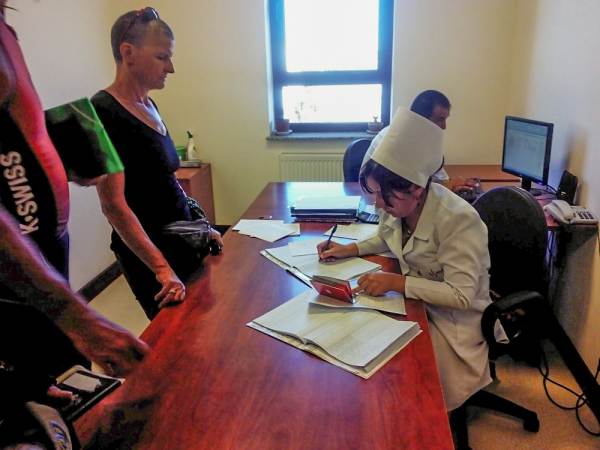
I’ve been fortunate to have crossed from Turkey to China overland on a couple of occasions and in my job at TDA Global Cycling I have been organizing bicycle tours across the Silk Road for the last 10 years (you can see the details of our Silk Route Cycling Expedition here). In that time I’ve learned quite a bit about the visa process for all the countries involved, as well as a few basic guidelines.
General Guidelines for Applying for Visas
- Plan well in advance, and read the details
- Give embassies only the information they want to hear, even if it does not exactly match your planned itinerary
- Be prepared to occasionally pay for expensive ‘LOIs’ (or ‘letters of invitation’)
- Be prepared for visa regulations to change without notice
- Always apply for a tourist visa
- You can use a visa service such as visahq.com, but it is cheaper if you apply directly to the embassy
There are many different routes that encompass the ancient Silk Roads to choose from; as well you can choose the direction that you will travel in.
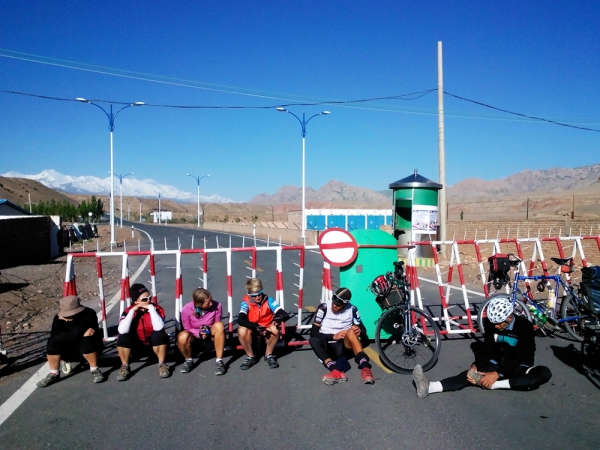
Obligatory Disclaimer: Visa requirements are constantly changing! The information I’m going to give is suited to a “westerner” cycling or otherwise traveling from China to Turkey over a period of approximately 4 months. This generally includes citizens of USA, Canada, EU countries, Switzerland, Australia, New Zealand and I have tried to note in the case where any of these nationalities are excluded or have different restrictions on their visa application. But please make sure to double check my advice with the embassies in your home country.
I’ll break down the information into three main categories: countries that do not require visas, countries that require visas before your departure, and countries where visas can be obtained on route.
Silk Road Countries that Do Not Require Visas (with some exceptions)
Travel to Kazakhstan
Good news – Kazakhstan recently opened its borders for visitors of 45 countries with a new 30 day visa-free regime. These countries include all EU countries, Australia, New Zealand, Switzerland, Canada, USA, among others.
“The Foreign Ministry said that starting January 1, [2017] citizens of EU and OECD countries, as well as Malaysia, Monaco, the United Arab Emirates, and Singapore could travel to Kazakhstan for up to 30 days without a visa.” from a recent report by AFP
For other countries if you are staying 15 days or less in the country, you can now receive your visa on arrival at the land border or airport.
For those staying more than 15 days, and not in one of the visa-free countries, you’ll need a visa in advance. Luckily it has become a simpler process in recent times and no letter of invitation is required for most westerners.
You’ll need to provide at least one hotel booking. This can be booked and then cancelled if you do not have set accommodation plans while you are there. You’ll also need to supply your own letter describing your travel plans, that you’ll be crossing overland and where you are entering and exiting the country.
Visas granted are typically single entry and valid for 30 days once you enter the country.
Travel to Kyrgyzstan
Most westerners no longer require a visa for travel to Kyrgyzstan. Citizens of most EU countries, Switzerland, Australia, Canada, United States, New Zealand can travel visa free for 60 days in Kyrgyzstan.
Visas Required Before Departure to these Silk Road Countries
Typically acquiring as many visas as possible before departure on a big Silk Road adventure trip is best, as it takes the worry out of having to deal with them on route. However, getting them in advance is not necessarily the easiest or cheapest method depending on the country. For some countries, it is a requirement to get the visas in advance as they will not grant them at the airports or land borders.
These can be the most time consuming and frustrating visas to obtain, and signing on with companies like ours, who arrange tours along the Silk Road, help alleviate some of the headaches and often make obtaining these visas a little easier. But if you are determined to go it alone, take a deep breath, and read on…
Tourist Visa for China
This visa is pretty straightforward if you don’t mind twisting reality a bit. The typical visa granted is a single entry valid for 30 days after the date of entry. If you are cycling a more northern route through Mongolia and Kazakhstan, this is more than enough. If you’re cycling across China directly to Kyrgyzstan, you’ll need a visa valid for 60 – 90 days.
Explaining to the relevant Chinese embassy or consulate your itinerary and that you’ll be traveling overland into Mongolia or Kyrgyzstan by bicycle sometimes works, however more often than not it causes more difficulties, especially if you will be traveling through western China. They are also very wary of travellers who have no pre-booked flights and accommodations so you might have to get creative with that.
The actual visa does not show anything about your planned itinerary on it, so there is no need to worry about following a different itinerary than the one you applied with. The reality is that embassy staff aren’t overly interested in your itinerary, so it is best to give them the information they need and not elaborate at all.
Tourist Visa for Russia
This is a visa that has become increasingly time consuming and expensive for most westerners over the last few years.
You will require a letter of invitation or tourist voucher, from a travel agency in Russia, if you google “Russia tourist voucher” you will find many agencies that can provide this for a fee. This voucher will have your itinerary on it and show the hotels where you plan to stay. If you haven’t planned any specific hotels you’ll stay at, or if you plan to camp, then you’ll need to describe this to the agency.
Typically you do not need to provide an airline ticket if you write a letter describing that you are traveling overland and explain where you will exit Russia.
Usually the visa issued is valid for the exact dates that you are supposed to be in the country.
Tourist Visa for Tajikistan
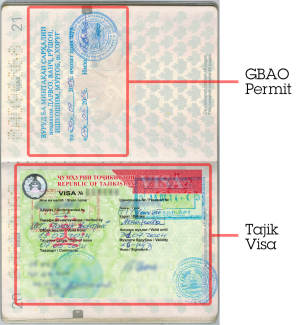 This visa has become simpler the last few years, and most westerners do not require a letter of invitation. You will need to provide an itinerary and a hotel booking, as well as your own letter describing your travels and where you will be entering and exiting the country.
This visa has become simpler the last few years, and most westerners do not require a letter of invitation. You will need to provide an itinerary and a hotel booking, as well as your own letter describing your travels and where you will be entering and exiting the country.
The majority of embassies will allow you to apply for this visa more than 3 months in advance, which allows you to apply for this before you leave home. The visa itself will be valid for the exact dates of the itinerary which you supplied in your application, to a maximum of 30 days for single entry.
If you are traveling along the Pamir Highway, you will also need to request the GBAO permit when you apply for your visa. Be sure to check on the application form or respective embassy website how much extra payment to include for this permit. And pay close attention when you get your passport back in the mail from the embassy. They have been known to forget the GBAO stamp. Here is what you should get:
Tourist to Uzbekistan
There were recent hopes of Uzbekistan moving to a visa-free scheme, similar to the ones introduced in Kyrgzstan and Kazakhstan, but the plan is on hold and is now expected to come into effect in 2021!
So in the meantime most westerners will need a visa in advance and will also require a letter of invitation to get the visa. This has to come from a tourist agency in Uzbekistan. Similar to other invitation letters this will outline at least one accommodation you will stay at while in the country and provide the exact dates of your entry and exit to the country. You can find an agency to assist by googling “Uzbekistan Letter of Invitation” or by contacting a tour operator based in Uzbekistan.
If you are not booking any accommodation in advance, the agency can either list a hotel that you tell them you “plan” to stay at, or you can book something online. You will not have to provide a flight booking if you are explaining that you will be traveling overland.
This visa is also valid for the exact dates of your itinerary and typically can be applied for more than 3 months in advance, allowing you to apply for it before your departure.
Visas You Can Get on Route on the Silk Road
Tourist Visa for Mongolia
If you are heading on the northern route through Mongolia, Russia and Kazakhstan then you will enter Mongolia overland. Luckily for most westerners this is a very easy country in terms of visas, as in some cases you do not require any visa at all, while some nationalities require one at the border. Typically you are allowed 30 – 90 days in the country. Canadians, Germans can stay visa-free up to 30 days, and Americans up to 90 days. Whereas citizens of the UK, Australia, New Zealand, Switzerland among others do require a visa in advance.
Tourist Visa for Turkmenistan
For the independent traveler, this is a very tricky visa to attain. While tourism is promoted, it is only group tourism that is encouraged, and only if accompanied by an official Turkmeni guide.
Many solo travelers have been able to get a transit visa from embassies on route, this allows 5 days inside of Turkmenistan. The best place to attempt getting this would be in Dushanbe, Tajikistan or Tashkent, Uzbekistan. However, there are no guarantees and what these embassies will ask for in terms of information as it changes often.
If you are looking for a more concrete visa plan, then the best method, and easiest (though expensive) is to contact a travel company in Turkmenistan at least a month in advance and they can arrange a pre-approved visa that you’ll be able to pick up at the border on arrival. There is a catch though, you’ll need to have a concrete travel plan and have a guide with you.
Alternatively, you could join a group tour like our Silk Route Cycling Expedition where we assist you in arranging a tourist visa as part of our group.
Tourist Visa for Iran
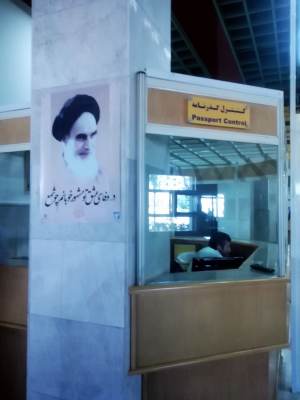 It is only possible to apply for an Iranian visa 3 months or less before your arrival. This is the reason why, if you are traveling slowly overland across the Silk Road, you will need to apply for this visa from the road.
It is only possible to apply for an Iranian visa 3 months or less before your arrival. This is the reason why, if you are traveling slowly overland across the Silk Road, you will need to apply for this visa from the road.
Luckily attaining the visa on route is not too difficult, though there is always potential for surprises.
You’ll need to contact an Iranian travel company at least 6 weeks before you plan to pick up the visa at an Iranian embassy, and have them make the pre-approval application to the Ministry of Foreign Affairs in Tehran. Once this process is complete, you’ll receive an approval number that will be sent to you as well as the Iranian embassy that you’d be picking up your visa from. The fee for this service is separate from the actual visa fee that you’ll pay at the embassy.
Embassies on route that work well are in Dushanbe, Tashkent or Ashgabat. Don’t be afraid to use some elbow grease to help get your self in the door. Feel free to ask for the “big boss”, as it is not common for a westerner to be getting their visa there and the front of house staff can sometimes just start saying ‘no’ out of fear of doing something wrong.
Once you have the visa it should be valid for 30 days, which will be plenty of time to get across. If you have the luck of being American, you may be required to travel with an official guide the entire time you’re in the country.
Tourist Visa for Turkey
We saved the best for last. This is a simple “e-visa” that can be applied online for 3 months in advance. You do not have to send your passport away, you’ll just need to pay online and print off the approval page, which includes a bar code. This will grant you up to 6 months in Turkey as well as being multiple entry.
Some Additional Resources and Links
Caravanistan – Complete Guide to Silk Road Visas
Tom’s Bike Trip – Central Asian Visas for Cycle Tourists
TravellingTwo’s Visas While Bike Touring
VisaHQ has a good quick way for people to check what they need
I hope this helps give you a head start on your Silk Road visa research. Visa rules are constantly in flux, so check everything and check often in the weeks before you apply.
]]>Cycling across Canada creates plenty of opportunities to sample the local cuisine along the way. During our Oh, Canada! tour we’ll cycle through vast areas of wilderness with little population, and here our camp kitchen will be the focal point for our appetites. There will also be many rest days in busy cities where you can feel free to choose from an array of local eateries. What is unique about this tour, from a culinary perspective, is something that we’ve never done at TDA before. We are organizing 5 restaurant dinners along our ride that we hope will give everyone on the tour a taste of what makes each respective city or town special from a culinary perspective. We will also be doing one culturally rich dinner ourselves, in Haida Gwaii in our very first campsite of the trip.
Salmon Cooked on the Beach on Haida Gwaii
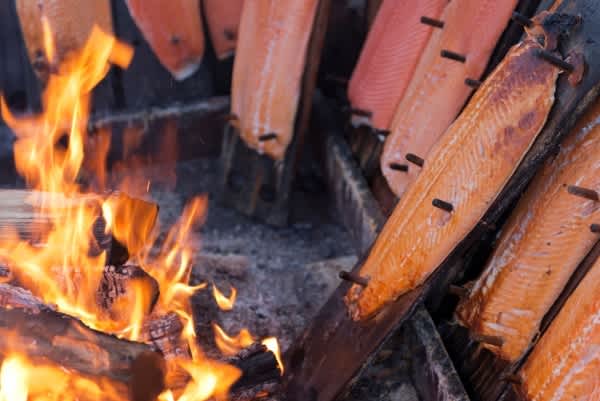
We feel incredibly lucky that we can start our tour in Haida Gwaii. It is an archipelago that many have dreamed about visiting but few get the chance. It is also an incredible opportunity to experience the Haida culture, and a fitting place to give perspective when celebrating Canada’s 150th birthday, knowing that the Haida have been on this land for over 17,000 years.
Salmon has always been a central part of the Haida culinary culture. The seasonal bounty of the salmon would see the Haida moving to river camps when the salmon would arrive. Fishing with nets, and smoking the excess catch, which would hopefully last them through the winter. To this day the salmon is greatly respected in Haida culture, and we feel again lucky to be able to cook salmon on our first camp night of the tour, over an open fire. Let us all hope for no rain☺
There is More to Calgary than Steak

Our first night out will be in Calgary. It’s a city that the person writing this blog grew up in, and during the 80’s and early 90’s everything about food in Calgary was about steak. I actually remember in the late 80’s there was supposed to be a “Vegetable Day” in the city, not Vegetarian Day, just a day to celebrate Vegetables as part of our diet. It had to be cancelled after the beef industry got upset.
This is no longer the city I grew up in though. The food scene in Calgary exploded in a positive way in the late 90’s and never looked back. Innovative Chefs with a liking for local food producers started creating some of the best new restaurants in the country. It didn’t hurt that the petroleum industry was hitting new heights and there was money to be spent on dining out. Some of the most exciting new restaurants started up in restored heritage buildings in the heart of the city. The cuisine also expanded, with an eclectic array of tastes and a blend of culinary backgrounds taking hold. While the thought of Calgary still brings to mind the taste of a fat juicy steak to many, we will look to introduce you to a contemporary take on the culinary scene.
Winnipeg: A City with Growing Diversity
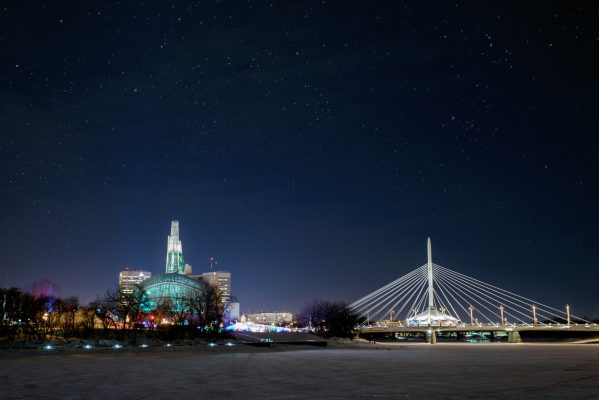
Winnipeg is a city that’s always been known for its winter, which runs on the colder side of things. Happily though it’s also a city known for a growing diversity in its’ population, and this diversity brings a whole new spectrum to the local cuisine.
From the original First Nations inhabitants, to the early settlers from Britain, France, Iceland, Poland, Germany, Ukraine, and newer settlers from countries such as the Philippines and Nigeria, the food choices are ever growing.
We plan to introduce you to this scene and sample a taste of both the new and old Winnipeg.
Market Based Cuisine in Montreal
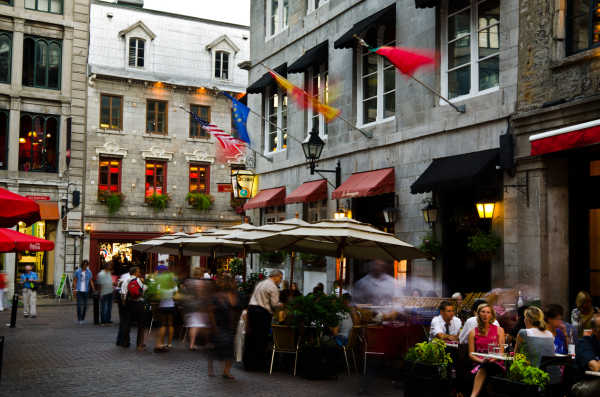
Montreal is the second largest French-speaking city in the world, after Paris, and has the second most restaurants per capita in North America. So if you’re looking for an amazing French inspired meal, you don’t have to walk far.
This is another city that I can add some personal information too. I was fortunate to work for some of the best chefs in Montreal a little over ten years ago. Some of whom are still working in the city today. From that experience I know that at the heart of the restaurant scene is a market based cuisine, that sees farmers, mushroom pickers, honey producers and more coming together with chefs to provide the freshest, tastiest meals.
We’ll try and hook up with some of my old chef work mates to bring you a taste of contemporary Montreal.
Lobster Feast in Charlottetown
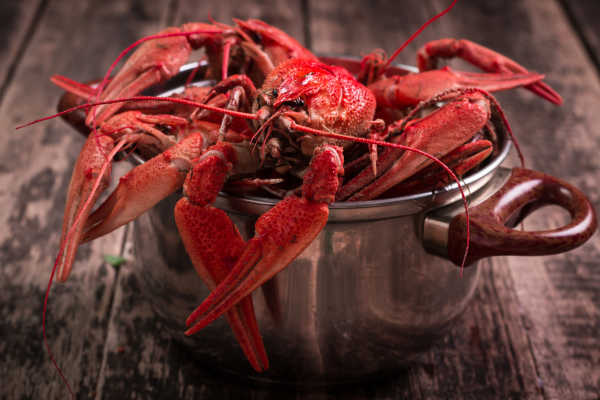
OK, this is another place that I have some history with. I attended the Culinary Institute of Canada in Charlottetown many years ago. During that time I was lucky enough to witness a growing sophistication in the local restaurant scene, with many chef’s graduating from the Culinary Institute.
It’s a childhood memory of mine though that will point us towards our culinary experience in Charlottetown… Envision long wooden tables that seat locals and tourists from around the world. A bib to go around your neck. Butter and biscuits on the table, and then the lobsters start arriving. It’s a lobster fest and I’d say it’s a bit gluttonous, but after nearly cycling your way across Canada, I think you will have earned the right to indulge.
Our Big Celebration in St. John’s
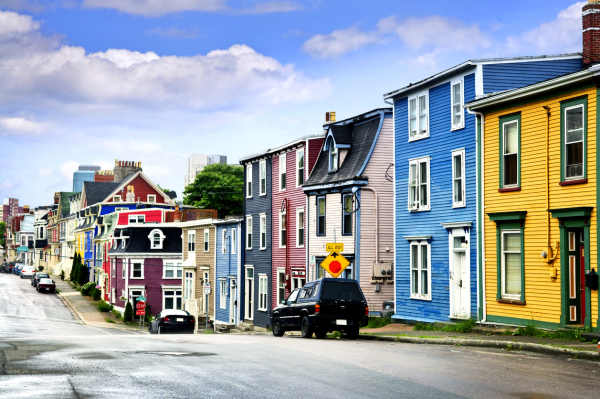
Our final meal together of the trip will take place in a city that was raised on Cod and wild edibles. Not blessed with abundant agriculture Newfoundland always relied on the native plants that grew and the fish that swam in the Oceans near and far. On those cold winter nights another mainstay was Screech Rum from Jamaica that was traded to Newfoundland in exchange for Salt Cod.
We will break bread together in a warm and sheltered venue not far from the Atlantic’s expanse, and celebrate St. John’s culinary traditions and our achievement of crossing Canada by bike.
Check out some other unique features on the Oh, Canada! Cycling Expedition.
]]>It is easy to say an automatic yes to this question, especially as someone who has spent a decade helping organize and run trans-continental cycling tours, including multiple trips across Europe. However, with the attention the refugee movement into Europe from Syria and North Africa has garnered, as well as ISIS attacks in Paris, Brussels and Istanbul, it is worth answering this question in more detail.
Tourists and Cyclists are not the Targets of Terrorism
First bit of info is pretty straightforward. No touring cyclist has come to any undue harm from any terrorist attack in Europe. Zero. OK, zero reported, but in this day and age you can believe any harm from this type of violence is reported ad infinitum. From a professional level operating bicycle tours in Europe, there has been no difference related to these attacks in the level of risk on our tours that our clients face on the road each day or in our campsites or hotels.
If you want to stretch it you could say that your risk of harm in arriving to an airport in Europe could be higher than previous years due to terrorism, but just on that note, you are approximately 11,000 times more likely to die in a human error or mechanical related airplane crash than by a terrorist attack involving an airport. So if your plane makes a safe landing you can relax. Actually you can relax on the plane too, as your chance of perishing on route is approximately 1 in 11,000,000.
One last terror statistic, the country that had the most occurrences of ISIS attacks in 2016 is France. However the risk of a Frenchman dying in a terrorist related incident in 2016 is approximately two-ten thousandths of 1%.
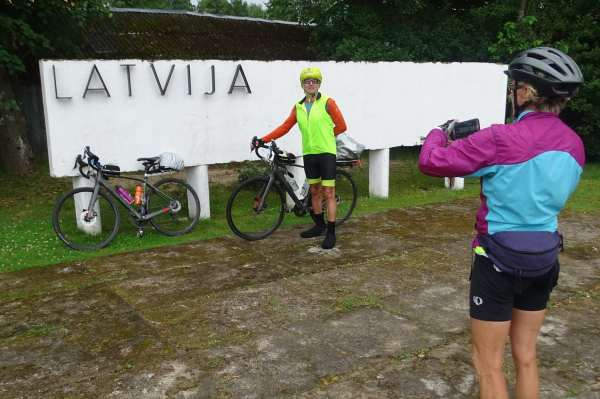
How Does the Refugee Crisis Factor into This?
Is there an increased threat of harm to cycle tourists from the movement of refugees in Europe? The question is a bit of an oxymoron. Refugees by their very nature are the ones at risk, not locals or tourists. In our post-factual political climate though this correlation is often warped beyond recognition. While there may be legitimate socio-economic fears regarding refugees, guess what, even beyond the lack of increased risk of physical harm towards locals or tourists, there isn’t even a long-term case for negative economic outcomes from large-scale movements of refugees.
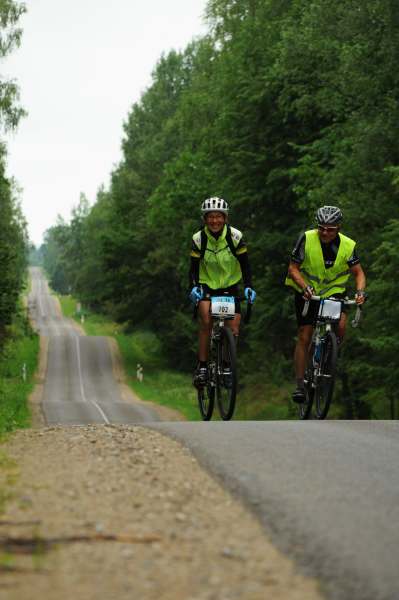
The Motor Vehicle is Our Greatest Risk Factor
So to get past these issues leads us to the most relevant issue regarding the initial question of is it safe to cycle across Europe. Motorized vehicles. As with cycling anywhere in the world the greatest risk to the cyclist is indeed just that. Guess what though, Europe has seen a drop of over 40% in bicycle accident related deaths since 2001, and with ever increasing bicycle paths and driver education this number will continue to decrease.
It also helps when you have a cycling tour company researching and designing the route to take in the most scenic as well as the safest roads possible.
What is the most likely issue you’ll come across cycling across Europe? From my ten years of experience, I would say it would be over imbibing in the endless local spirits!

Miles MacDonald is the Operations Manager for TDA Global Cycling. He is also a former Canadian National Team cyclist on the European circuit, and a former chef – having cooked on a number of our companies tours, including several times in Europe on the Trans-Europa, and Orient Express cycle tours.
]]>See the details of the 2016 Trans-Europa cycling tour here.
Creating bicycle tours in Europe is one of the best jobs in the world. There are so many highlights, so many great roads; often the toughest decision is figuring out what you have to miss, rather than what there is to see (read what some of the past cyclists had to say). So when we heard that Pope Francis was coming to Krakow at the same time as we were scheduled to arrive in the city, and that his followers had booked up every hotel room within 50 km, we were confident that another route – just as enticing – could be found.
From our Trans Europa staff, who conveniently live in Slovakia and Hungary, as well as from the founder of TDA, Henry Gold, whose roots are nestled in the foothills of the Carpathian Mountains of Slovakia, we devised a new adventure. From Warsaw we have the chance to follow nearby to the Wisla River as it meanders southward across the Polish countryside, visiting small villages and towns. As we arrive in Southeast Poland we leave the Wisla River behind to head towards Slovakia and the town of Košice. Before arriving in Košice though we will tackle the very Carpathian Mountains where Henry Gold grew up, perhaps we’ll even get to see some of his relatives along the way!
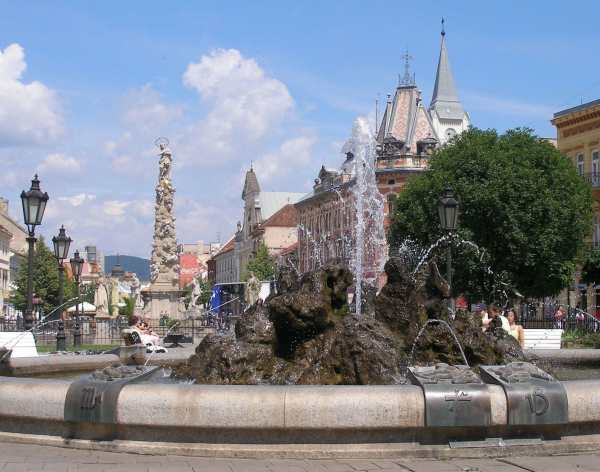 CREDIT: Jozef Kotulič on Wikimedia Commons, CC BY 3.0
CREDIT: Jozef Kotulič on Wikimedia Commons, CC BY 3.0
Košice is a city we’ve never visited on a TDA trip before. In eastern Slovakia it boasts a wealth of history, and was indeed named the European Capital of Culture in 2013. Our friends at Lonely Planet describe the city this way:
“Košice was always a medieval gem awaiting discovery. New enhancements build on an arts scene already home to the paintings of Andy Warhol and one of Europe’s loveliest theatres. Its vast oval-shaped námestie (central square) contains the largest collection of historical monuments in Slovakia, enlivened by a myriad buzzing cafes and restaurants. Out of town, nature encroaches spectacularly with the delights of Central Europe’s grandest cave network. It’s the base of choice, too, for forays deeper into the tradition-seeped east.”
Don’t just trust Lonely Planet though, the New York Times has a few things to say also. On top of that, Košice has now been named the European Capital of Sport for 2016!
From Košice we will head to the southern edge of Slovakia where we will enter Hungary, one of the greatest empires of not so distant times. Sticking to a northern route we will experience a part of the country rarely seen by tourists and a taste of the “real” Hungary, before our arrival in one of the most upbeat and bohemian cities of Europe, Budapest. With two rest days to enjoy the tastes, sites and sounds, and no doubt some great touristic suggestions from our tour leader Gergo, who lives in Budapest.
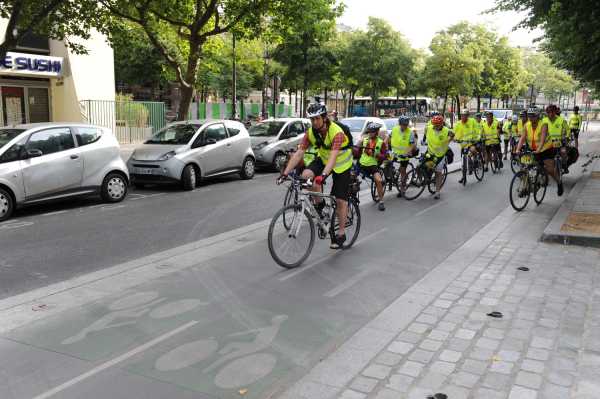
Gergo has been telling us for years of the wonders of cycling alongside Lake Balaton, where his family has been going on bike journeys together for three decades, and now it’s our chance to experience it with him. We’ll head out from Budapest and then ride along the lake’s northern shore, and most certainly enjoying a swim each day after our work in the saddle is complete. Soon after the country of Slovenia awaits where we’ll rejoin our previous Trans Europa route and continue on all the way to Lisbon.
Take a look here at the two sections that have been revised as a result of our dear friend the Pope:
The Amber Route from Vilnius to Budapest
The Alps and Adriatic from Budapest to Venice
One of the many positives of cycling in France in July is that the Tour de France is happening at the same time; the whole country has cycling on the brain. Our Orient Express riders may not be riding up the slopes at TDF pace but they’re certainly challenging themselves each day with the distances, climbs and heat.
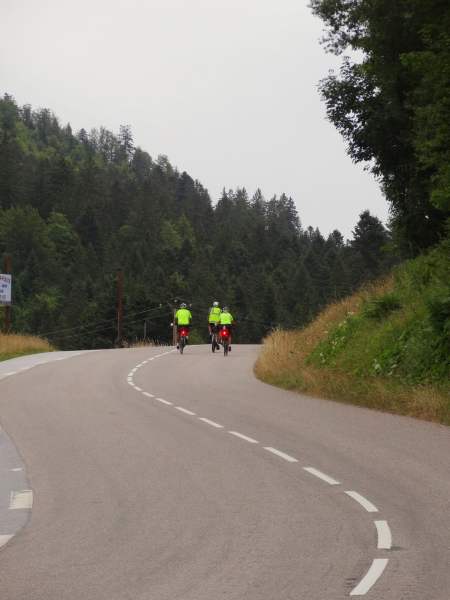
Since we departed Paris the group is getting into the rhythm of the tour. Early morning wake-ups, finding their way each day, taking in enough fluids to beat the heat, enjoying Chef Vilma’s nutritious and tasty dinners and Tour leader Gergo’s always interesting rider meetings.
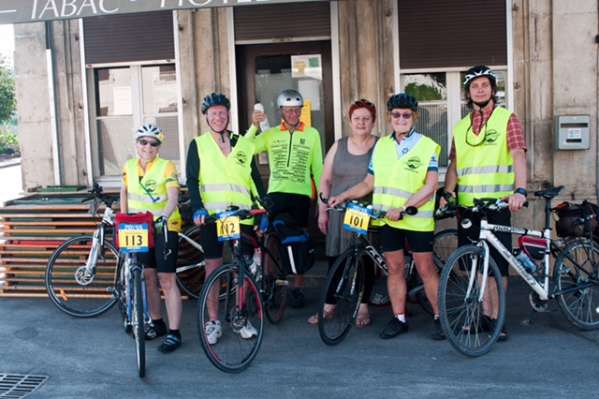
This year on the trip we have 19 cyclists going the whole way to Istanbul. 5 from the UK, 2 from Australia, 4 from Canada, 5 from America, 2 from Norway and 1 from New Zealand. While we at Tour d’Afrique provide the framework and organization behind the tour, it is truly the cyclists that make the tour what it is.
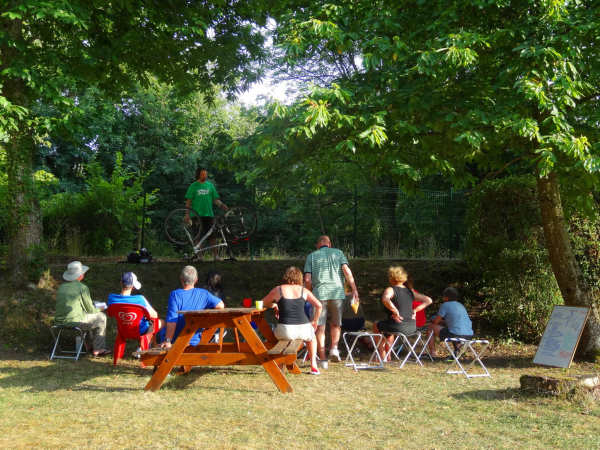
The camaraderie and friends made during the Orient Express is the most important element of the tour, even more than the cycling!:) It’s what keeps people coming back for more and more group bicycle tours and we are very happy it is our profession to provide people this opportunity.
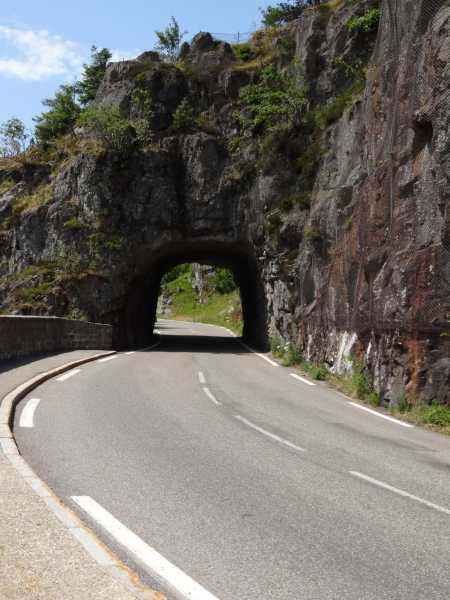
The tour has now entered Germany and we are having our 2nd rest day of the tour in Freiburg. It’s my 4th time here with the tour but by far the city seems most alive this year. The streets are buzzing with thousands of bikes, university students enjoying the lazy summer days, film festivals, music events and best of all a general lack of cars in the city center. It’s an easy city to feel at home in. To cross Europe though you have to keep on pedaling so we’ll be off tomorrow heading to the start of Germany’s Danube River trail.
]]>Preparation for the Orient Express tour starts a full year before the cyclists take their first pedal strokes heading towards Istanbul. Booking of hotel rooms for our rest days is first in line. Unlike in some parts of the world where hotel proprietors don’t take any bookings until a month before arrival, the summertime in western Europe is so busy that the bookings must be done a year in advance.
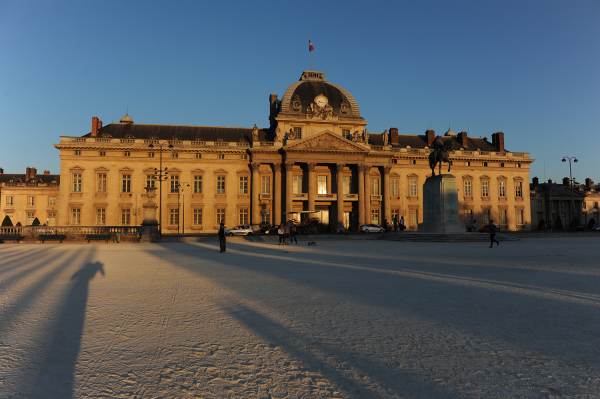
Another task is to take a thorough look at the previous edition’s route, and decide if there are any small or large changes to be made. Since the first edition of the Orient Express in 2005 we have continually sought to find quieter and more scenic roads to cycle on. Some years we decide to re-scout some of the route as well, months in advance of the tour.
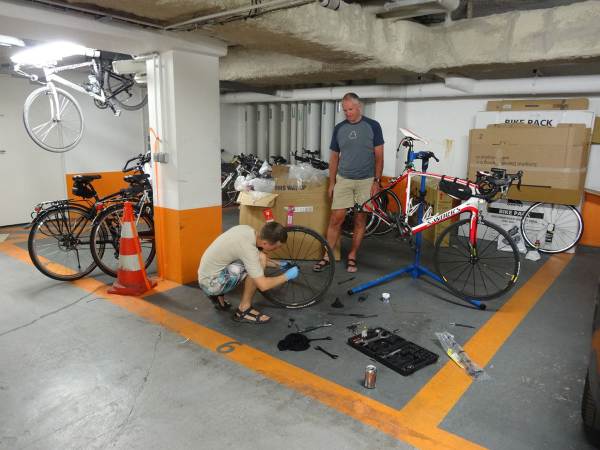
Hiring the staff for the trip happens about 4-6 months before the start in Paris. We are in a very lucky situation at this time in that we have a skilled team of staff all located on the European continent to work on the Orient Express.
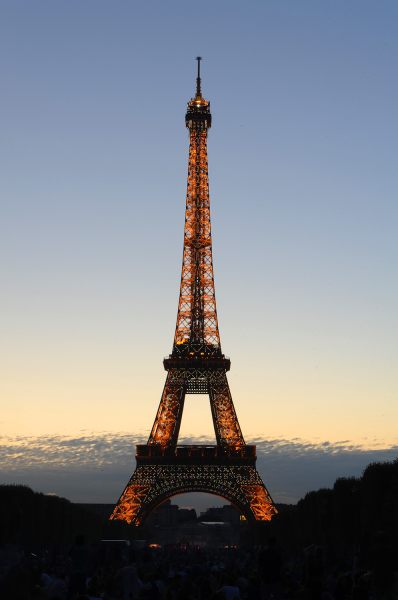
Campsite bookings are done in the spring before the tour. Often the campsites are dormant in the winter and just waking up when we contact them in April. Most of these camps know us quite well at this point and are pleased at our return every other year.
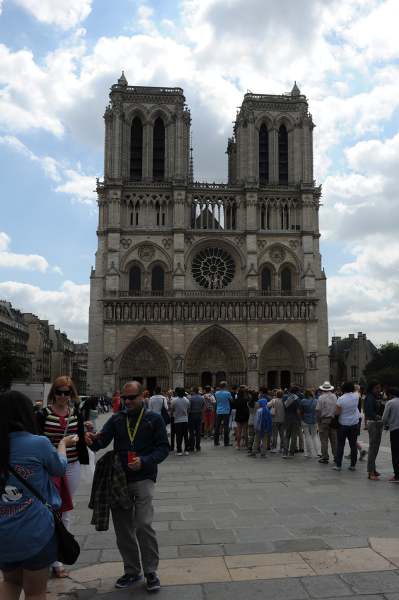
Equipment for the tour is checked through and repaired or replaced if necessary. Camp stoves are tested, propane refilled, tires on our tour vehicle changed… Closer to the start of the tour we purchase a bulk quantity of dry foods to be used during the trip. Jerseys, race plates and medals for the cyclists are designed and made. Transit arrangements for staff are made for getting to Paris.
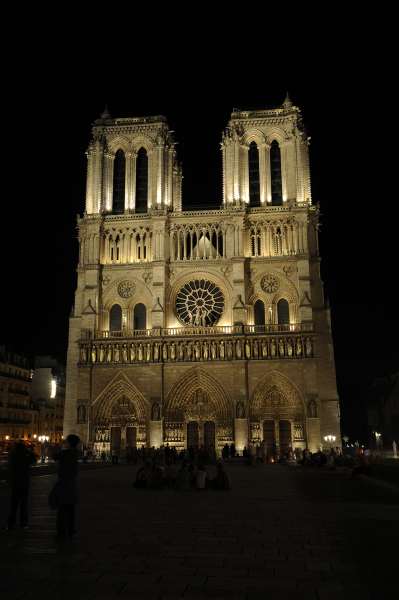
Nearly 20 bulletins are sent out to participants full of information related to the tour. Direct communication with the cyclists on the trip often starts about a year before the tour as well, or in the case of some multiple years before. Some clients plan this trip for years, while we have had others sign up just days before our departure.
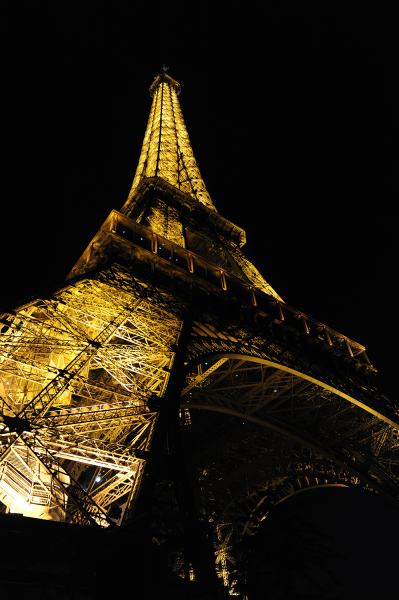
When it comes down to a couple days before the start of the tour all of the pre-tour planning and preparation makes for a busy but calm feeling in Paris. Our staff are helping the cyclists with assembling their bikes, as well as out checking the route for the first day, shopping for fresh produce and meat, acquiring any last minute equipment, setting up local Sim cards in all their phones. The official rider briefing is held the morning of the day before our departure from Paris. Then it will be a time for introductions and all the expectation and excitement for getting going will be shared.
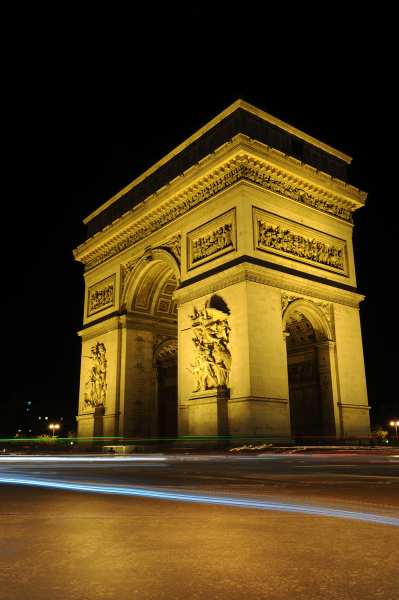
That is where we are at just now. After a year of getting ready our 2015 Orient Express is ready to roll. Beautiful weather in Paris has greeted us and all 23 riders are set for their first 2 day stretch of riding to Troyes, where on our first rest day we will celebrate national French holiday of Bastille Day!
]]>14 Countries
6000+ km
80 days
25 cyclists
4 staff
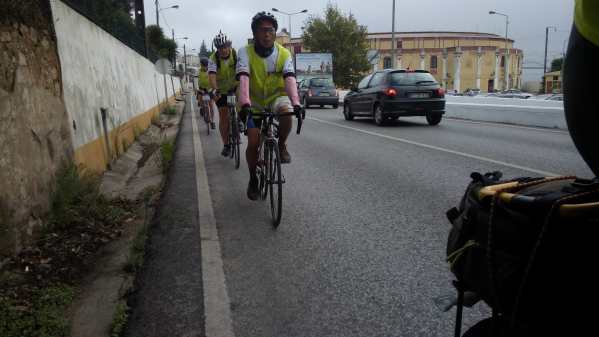
The 2014 Trans Europa Tour is complete. The group arrived safe and sound in Lisbon after enjoying a convoy ride through the city, including a stop at the central plaza for photos. Bikes are now packed, everyone is checked into the hotel and we shall meet again to celebrate our accomplishment at a restaurant in the very popular Chiado neighborhood.
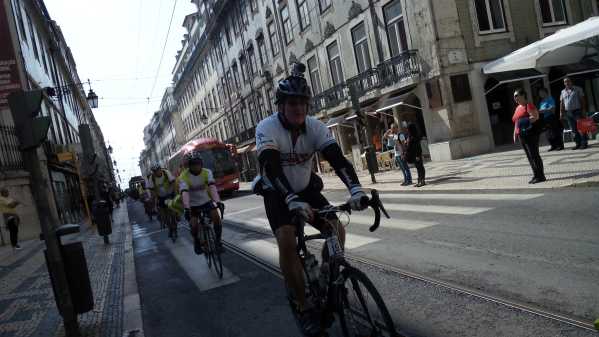
Last night we watched a great slideshow put together by our very talented staff person Vilma. The pictures and video from St. Petersburg all the way to Portugal brought back lots of memories. More than one cyclist has been heard saying that they can’t believe the trip is actually finished. It’s never easy readjusting to life off the bike after a few months on it, but it has been a very strong group of riders on this Tour with a lot of positive energy so I suspect they will do just fine.
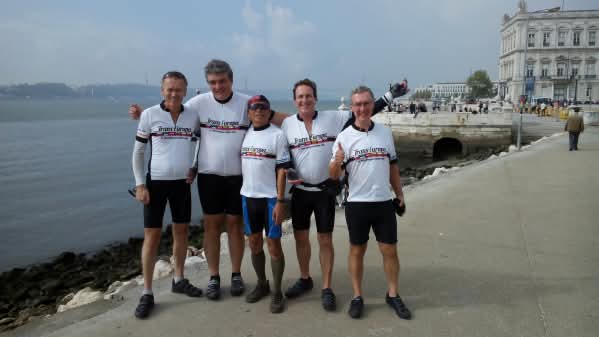
We at Tourd’Afrique would like to congratulate all the participants who rode with us this year on the Trans Europa. It is a wonderful route, and an amazing way to cross the entire European continent, but of course without the cyclists themselves it would only be an idea, so thank you for making it real. Special congratulations go out to 2 of our cyclists as well; Peter Hodges and Chin Chuan Chen for riding “EFI”
The next edition starts up in July 2016. We hope to see you there!
]]>The Trans Europa Tour is currently enjoying a rest day in the old town of Caceres, Spain; an official UNESCO world heritage site. The architecture here is a mix of Roman, Islamic, and Northern Gothic. Interestingly there is even one tower within the old town that was built for the grandson of the first Aztec who the Spanish colonizer Cortes met upon his landing in Mexico. Needless to say there is no shortage of exploring to be done within the walls of this quiet city.
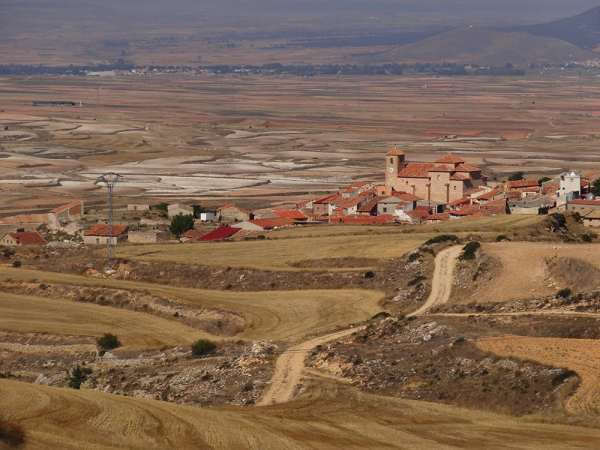
To get here from Barcelona, via Madrid was no easy task. We have had as much climbing in the last 10 days of cycling as we nearly had in the previous 2 months of cycling. There are no flat stretches in Spain! There are also few days without great scenery of the surrounding mountains. We’ve also had the chance to cycle through 2 national parks along the way. The most recent was through Monfrague where over 200 pairs of vultures reside year round. According to our investigative cyclist Tom the park allows local ranchers to let their cattle graze within the boundaries of the park, but if the cows get lost and do not return to their ranch the ranchers are not allowed to enter the park to retrieve the cattle. Hence the vultures have grown to enjoy the occasional feast when the cows stray off their usual paths. Luckily none of our cyclists got lost while passing through the park!
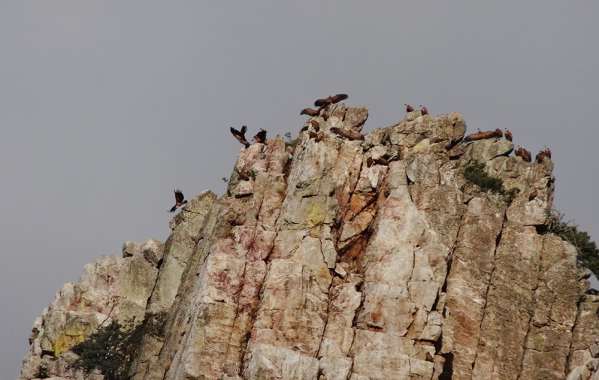
We now have a very small group of riders, just 5 in fact. They have become pretty tight knit and really take care of each other on the road each day. It’s great to see this kind of teamwork and I think everyone is enjoying each day that much more because of it. They are very supportive of the staff as well and all around it’s made for a great time in Spain.
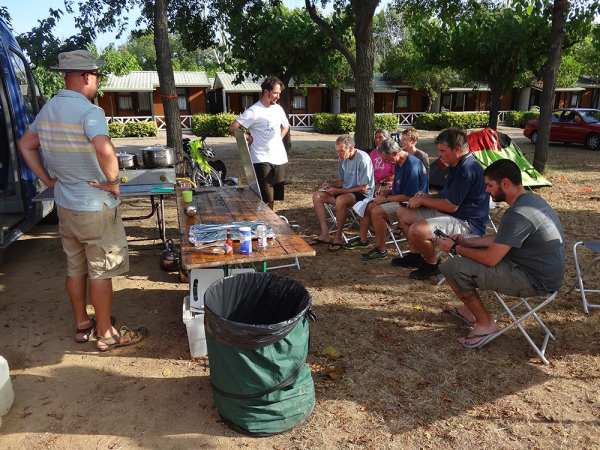
There are only 4 days of cycling left on the Tour. As usual towards the end of a long trip together people are starting to talk about earlier times on the trip, and sectional riders who departed. One such sectional rider put together a great video of his time cycling from St. Petersburg to Bratislava.
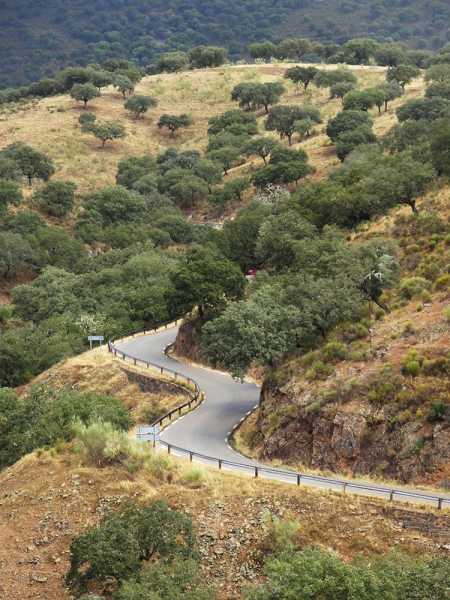
We’ll do our best to stay safe, healthy and happy till Lisbon, I would say dry too but the rains have started in this part of the world so we’ll see!
]]>Is there a perfect amount of time to spend on the bike during a bicycle tour? I suppose it depends on whom you ask. If you polled the clients of bike tour companies that provide luxury trips in Tuscany with 4 star hotels and fine dining in the evenings after a massage the answer would be about 2 hours. If you polled the riders on more adventurous tours such as ours the answer might be about 4 – 5 hours. After observing the last 2 weeks of our Trans Europa Tour though I would say it’s about 6 – 7 hours. The reason?
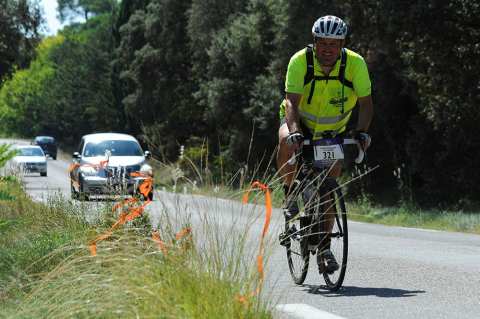 There is a sweet spot of physical exertion that creates just the right level of tiredness and satisfaction from accomplishment for everyone to be riding a wave of euphoria. That doesn’t mean they aren’t cursing half the riding day regarding the hills or headwind, but in the end their body is just able to recover well enough each day to stay healthy, strong and motivated for more riding. As well the hours spent in the saddle are hours not spent sitting in camp pondering what they need to do when they get home or what they’d rather eat or what they think they’d rather be doing at that exact point in time.
There is a sweet spot of physical exertion that creates just the right level of tiredness and satisfaction from accomplishment for everyone to be riding a wave of euphoria. That doesn’t mean they aren’t cursing half the riding day regarding the hills or headwind, but in the end their body is just able to recover well enough each day to stay healthy, strong and motivated for more riding. As well the hours spent in the saddle are hours not spent sitting in camp pondering what they need to do when they get home or what they’d rather eat or what they think they’d rather be doing at that exact point in time.
 In other words cycling really is bliss. As hard as it is, as frustrating as some moments on the bike can be, it is an amazing way to channel your energy. Cycling in your hometown everyday can accomplish this of course, but when you throw in experiencing new sights, sounds, cultures, languages, architecture and food everyday on a trans-continental journey. Well… I think the writing is on the wall.
In other words cycling really is bliss. As hard as it is, as frustrating as some moments on the bike can be, it is an amazing way to channel your energy. Cycling in your hometown everyday can accomplish this of course, but when you throw in experiencing new sights, sounds, cultures, languages, architecture and food everyday on a trans-continental journey. Well… I think the writing is on the wall.
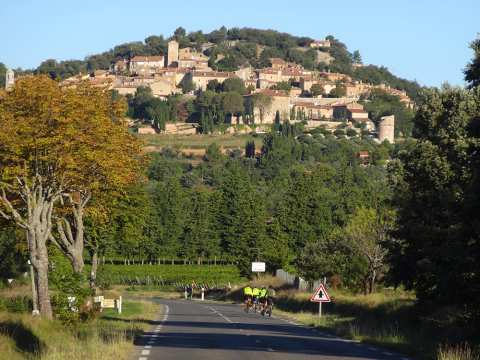 That is the long winded version of saying that yes, the last couple weeks of the Trans Europa have been pretty challenging, with some long days in the saddle. However everything written above is true! It’s really been a wonderful journey through Italy and France during that time and as we head south towards Barcelona now we’ll be enjoying the company of 7 of our cyclists who will be departing from there. So we’ll do our best to enjoy the next 5 days with some amazing views along the Spanish coast, our first chance to enjoy some Paella, bountiful oyster restaurants and of course the great city of Barcelona itself.
That is the long winded version of saying that yes, the last couple weeks of the Trans Europa have been pretty challenging, with some long days in the saddle. However everything written above is true! It’s really been a wonderful journey through Italy and France during that time and as we head south towards Barcelona now we’ll be enjoying the company of 7 of our cyclists who will be departing from there. So we’ll do our best to enjoy the next 5 days with some amazing views along the Spanish coast, our first chance to enjoy some Paella, bountiful oyster restaurants and of course the great city of Barcelona itself.
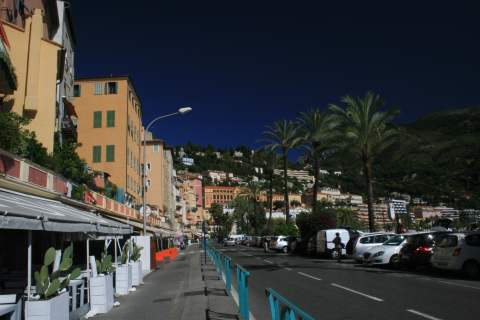 The late August pilgrimage of sun-worshipping Italians and French to the Riviera is in full swing and our Trans Europa Tour is busy riding through them. I think you could say literally riding through them as the scenic coastal road which we started cycling in Genova and stay on till just past Cannes is covered in “traffic furniture”; tourists, locals, cars… everything moving in slow motion. These days of cycling are incredibly busy for the eyes and memorable for the view of the coastal mountains and the endless towns passed through, including San Remo, Monaco, Nice and others.
The late August pilgrimage of sun-worshipping Italians and French to the Riviera is in full swing and our Trans Europa Tour is busy riding through them. I think you could say literally riding through them as the scenic coastal road which we started cycling in Genova and stay on till just past Cannes is covered in “traffic furniture”; tourists, locals, cars… everything moving in slow motion. These days of cycling are incredibly busy for the eyes and memorable for the view of the coastal mountains and the endless towns passed through, including San Remo, Monaco, Nice and others.
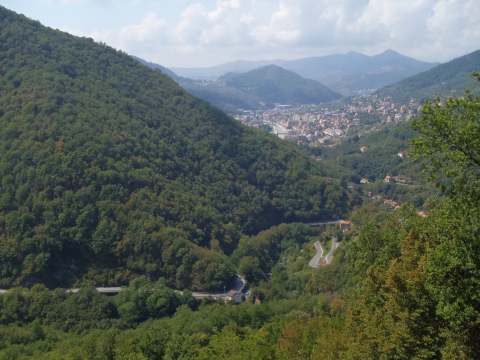 Speaking of our route, anyone who is a fan of elite cycling will recognize a lot of the roads we are on from watching the classic cycling race: Milan – San Remo. Our route travels along the same roads, however we are very kind and don’t make our cyclists travel up the famous Cipressa or Poggio climbs on the way towards San Remo!
Speaking of our route, anyone who is a fan of elite cycling will recognize a lot of the roads we are on from watching the classic cycling race: Milan – San Remo. Our route travels along the same roads, however we are very kind and don’t make our cyclists travel up the famous Cipressa or Poggio climbs on the way towards San Remo!
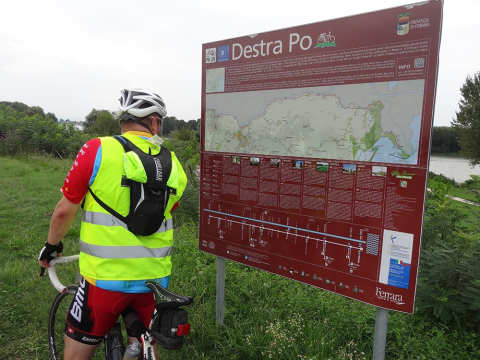 Since Venice our cyclists have been averaging about 125km per/day! Our first days out of Venice were very flat along the Po River, but since heading up into the coastal mountains to get to Genova the route has averaged around 1000m of climbing per/day also. Needless to say people are tired! It’s a big accomplishment completing the last 6 days of cycling so hats off to everyone.
Since Venice our cyclists have been averaging about 125km per/day! Our first days out of Venice were very flat along the Po River, but since heading up into the coastal mountains to get to Genova the route has averaged around 1000m of climbing per/day also. Needless to say people are tired! It’s a big accomplishment completing the last 6 days of cycling so hats off to everyone.
Our next 3 days take us through Provence, it’s a nice break from the endless population of the coast and also has some stunning scenery with the famous olive groves, vineyards and rocky landscapes people associate with the region. The days are a bit shorter in distance too!
]]>We all have our favorite countries in Europe, but I’d guess a good chunk of us list Italy at the top. Our Trans Europa Tour entered Italy a few days ago, crossing just south of the Italian Alps (though the final 10km climb leaving Slovenia certainly felt like a mountain) You can sense the difference in cultures as soon as you enter this country. The people are noisier, their passions more obvious, the cuisine is far more complex and interesting; though finding the right restaurant that can showcase this is no less challenging. Cycling is also a much larger part of the culture, with their racing heroes revered for decades after their careers end and everyone from little kids are on bikes to grandmas grocery shopping by bike in the villages.
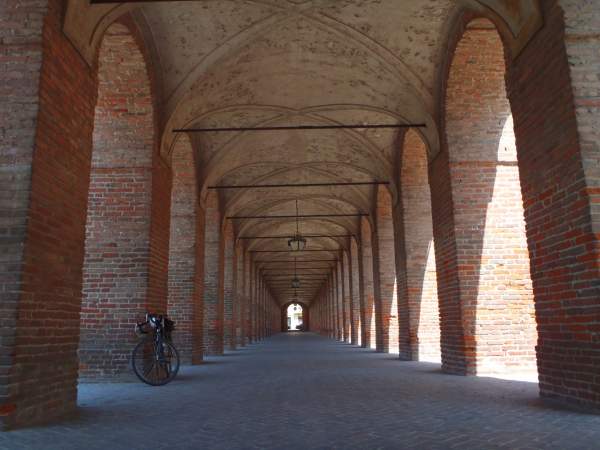
Three of our cyclists have departed from Venice and it’s sad to see them go. Luckily we also have a new group of riders joining here including 3 sturdy alumni who have been riding with us since 2006. For the dozen riders cycling with us from here to Barcelona it’s going to be a good adventure. Some of the upcoming highlights include…
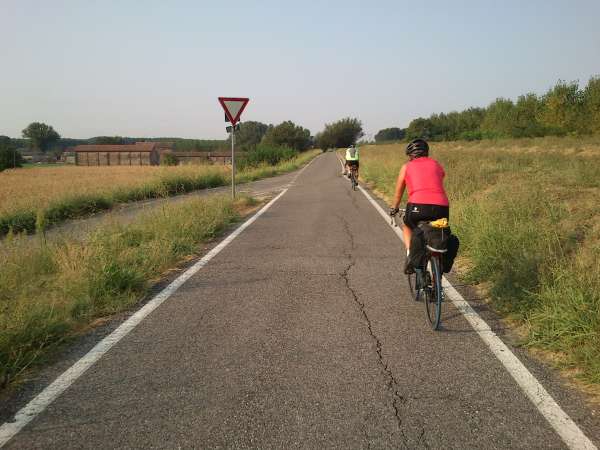
Italy’s Po River bicycle trail. For the most part we are away from cars and get to see the ancient villages along the river from high up on the embankment.
Crossing the Coastal mountains. Our ride up to Bobbio, Italy has some spectacular small roads to traverse (not easy as all up hill!) The following day though allows us to descend down to the Sea and Genoa with some stunning views along the way.
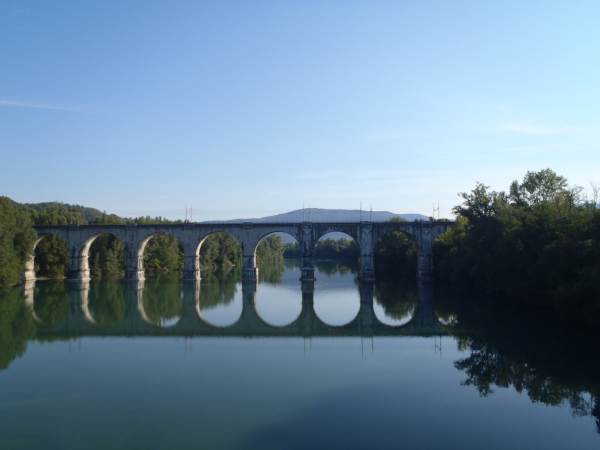
Don’t Blink! The ride from Genoa to Cannes has so much for the eyes to take in it’s hard to find time to do anything but look around. Non-stop people, towns, cities, restaurants, cafes, cars, beaches and beautiful scenery.
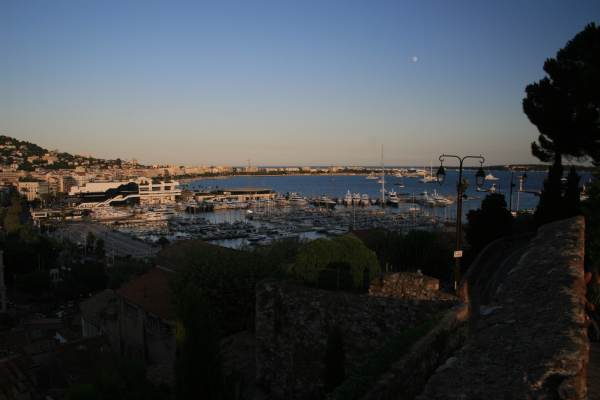
Three days in Provence. From Cannes to Montpellier takes us into the wine country of Provence. As TDA founder Henry Gold once said on our Africa Tour “this is not a Tour in Provence” well, we can’t say that here.
The coast of Spain. Beautiful days of cycling long Spain’s northeast coastline, just skirting the Pyrenees.
It’s going to be a great section of riding!
]]>With 8 of our cyclists departing in Bratislava and 4 cyclists joining it felt like a new Tour setting off from the Slovakian capitol. Our 6-day stretch of cycling took us to the Slovenian capitol of Ljubljana, but not before crossing through Austria and Hungary. In fact in our first day we cycled through 3 countries!
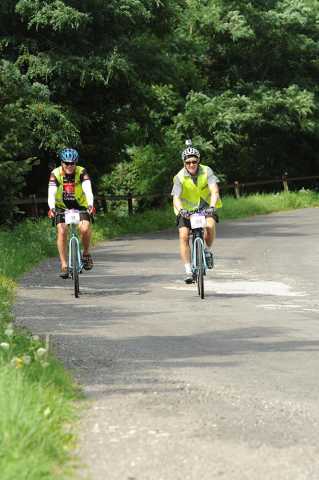 The days in Hungary and Austria were a breeze after the hills of Slovakia. We cycled along the Neusiedler See Lake, whose bicycle paths are packed with local cyclists enjoying the hot summer weather. There are no shortages of opportunities to stop and sample the local cuisine along the way and certainly no shortage of beer stops if sought after. While in Hungary our Tour leader Gergo, Hungarian, was able to give some important tips on communicating with the locals and some highlights of the route there which he’s been cycling since he was a kid.
The days in Hungary and Austria were a breeze after the hills of Slovakia. We cycled along the Neusiedler See Lake, whose bicycle paths are packed with local cyclists enjoying the hot summer weather. There are no shortages of opportunities to stop and sample the local cuisine along the way and certainly no shortage of beer stops if sought after. While in Hungary our Tour leader Gergo, Hungarian, was able to give some important tips on communicating with the locals and some highlights of the route there which he’s been cycling since he was a kid.
Our entry into Slovenia brought us back to the hills. Many who have cycled the Trans Europa think of Slovenia as the most beautiful country we pass through, though Spain is certainly vying for that position as well. Our days in Slovenia brought us through vineyards, apple orchards, terraced hills and ginormous campsites! The final day from Prebold to Ljubljana also brought us to the world famous town of Trojane. They sell so many donuts that there is an entry door and exit door to keep the line moving through what appears to be a donut factory. The donuts are about the size of your face so fitting it in your mouth requires a bit of calculation. Needless to say pretty much all our cyclists stopped to try the local delicacy.
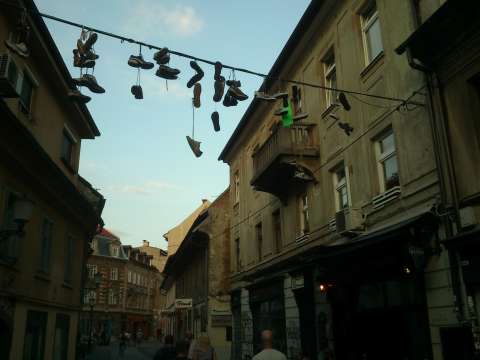 Ljubljana is the smallest of the capitol cities we pass through on this trip and has an extremely relaxed vibe. It also has an amazing market with great food carts for meals and no shortage of wine bars and cafes. Many of the cyclists also took the funicular up to the castle perched on top of the hill in the middle of the city from which you can view the surrounding mountains.
Ljubljana is the smallest of the capitol cities we pass through on this trip and has an extremely relaxed vibe. It also has an amazing market with great food carts for meals and no shortage of wine bars and cafes. Many of the cyclists also took the funicular up to the castle perched on top of the hill in the middle of the city from which you can view the surrounding mountains.
From here we are looking at 3 days of cycling to Venice! Italy is the beginning of our “Latin” portion of the trip and it’s certainly a whole different world, and one to look forward to.
]]>Before getting into the subject of this blog, let’s take a look back at the past week of riding…
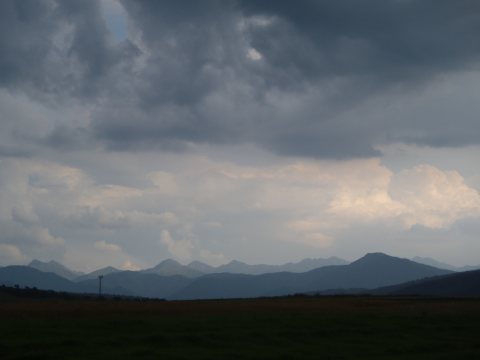 Leaving Krakow put us directly in the path of the Tatra Mountains and they did not disappoint. With days of around 1800metres climbing everyone had to work hard to get up and over the many hills. The most scenic day was likely our first full day in Slovakia from the tiny mountain village of Vitanova to Turany. We climbed up and over a long pass and from the top we could see the distant peaks of the High Tatras and down below was an ocean of clouds covering the valley floor. The descent sent us speeding through the clouds.
Leaving Krakow put us directly in the path of the Tatra Mountains and they did not disappoint. With days of around 1800metres climbing everyone had to work hard to get up and over the many hills. The most scenic day was likely our first full day in Slovakia from the tiny mountain village of Vitanova to Turany. We climbed up and over a long pass and from the top we could see the distant peaks of the High Tatras and down below was an ocean of clouds covering the valley floor. The descent sent us speeding through the clouds.
 Another scenic day was from Banska Stiavnica, whose medieval town center is a UNESCO heritage site, to Jelenec. After a month on the Tour without rain the skies made up for it with an incredible deluge for the first 3 hours of our riding day. It made the 6km climb out of Banska Stiavnica slightly more difficult, but it certainly made the technical 18km descent afterwards interesting!
Another scenic day was from Banska Stiavnica, whose medieval town center is a UNESCO heritage site, to Jelenec. After a month on the Tour without rain the skies made up for it with an incredible deluge for the first 3 hours of our riding day. It made the 6km climb out of Banska Stiavnica slightly more difficult, but it certainly made the technical 18km descent afterwards interesting!
So back to the subject of the blog. Our day into Jelenec was supposed to end with us camping in the grounds of a kind of hostel/kids camp. However on arrival we realized that due to a very large group of youngsters we would have to camp far from where we have stayed in the past and only have access to one toilet/shower. Not ideal. So… after remembering a small sign nearby for a different pension with a camping sign we started driving to check it out. That led us onto a tiny road leading higher and higher into the mountains. Eventually we stopped to talk to a local. Our bicycle mechanic Peter, who is from Slovakia, did the talking and we realized we’d passed the pension much earlier but the gates had been shut. It wasn’t easy to leave the conversation, as the mountain man didn’t seem to have many people to talk to up there in the middle of nowhere.
 Turning around, lots of fun with a 7-meter long van on a tiny mountain road, we headed back down towards the locked gate of the pension. Finding a phone number on the gate we called the owner. After some back and forth negotiations we came to a deal where we could stay inside the pension and the owner would be over quickly to open up the place. Once the owner arrived and we entered it became apparent the pension was once a true gem. Clay court tennis with night lighting, a swimming pool, bar, etc… However nothing had been touched in years and everything was slipping into total disrepair. Luckily inside the pension was still being kept up and was clean. Beside the pension what was once extra cottages and a large soccer field had been turned into a fenced area for deer – 13 in total. The owner said he kept them for his grandchildren to see.
Turning around, lots of fun with a 7-meter long van on a tiny mountain road, we headed back down towards the locked gate of the pension. Finding a phone number on the gate we called the owner. After some back and forth negotiations we came to a deal where we could stay inside the pension and the owner would be over quickly to open up the place. Once the owner arrived and we entered it became apparent the pension was once a true gem. Clay court tennis with night lighting, a swimming pool, bar, etc… However nothing had been touched in years and everything was slipping into total disrepair. Luckily inside the pension was still being kept up and was clean. Beside the pension what was once extra cottages and a large soccer field had been turned into a fenced area for deer – 13 in total. The owner said he kept them for his grandchildren to see.
So, I guess you could say that finding a place to sleep on the Trans Europa can be as much a part of the adventure as finding your way along the many roads of Europe each day. Never a dull moment.
]]>Our ride into Krakow was the hilliest stage we have had yet on the Tour. After 3 weeks of mostly flat ground though the change of pace was welcomed. It’s also good preparation for our next few days of riding, which will take us through the mountains of the Western Tatras in Slovakia. For quite a few of our cyclists this next 5 day stretch of riding will mark the end of their time on our Tour, as they depart in Bratislava.
The cyclists are currently enjoying the 2nd of 2 rest days in Krakow, Poland. Though perhaps the days would be better described as touristic exploration days than rest days.
Krakow is a city full of sights, and to give you an idea of what people have been seeing here are 5 of the most popular destinations in the city.
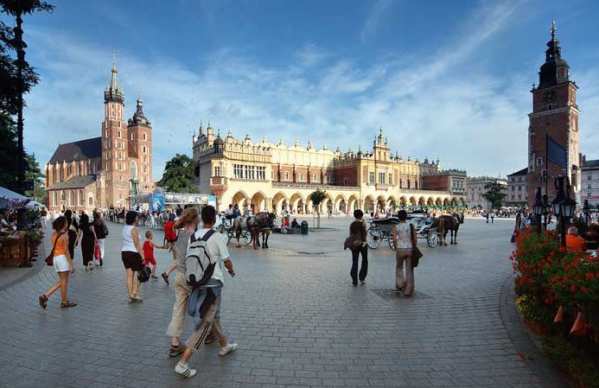
Main Market Square:
The largest medieval square in Europe created in 1257. Surrounded by churches, some older than the square itself, it is now full of life, with restaurants and bars every few meters. Just beneath the ground is Europe’s largest underground museum, which showcases Krakow’s place in history.
The Cloth Hall:
Also created in the late 13th century if provided two long halls for cloth merchants to sell their wares. Burnt and then rebuilt it still serves as a marketplace for Krakow’s citizens.
Barbican:
From the 15th century this building was designed as the initial defense against invasion. Sitting outside the city walls and surrounded by a moat. It’s 3 meter walls and 7 observation towers gave the city an impressive defensive feature.
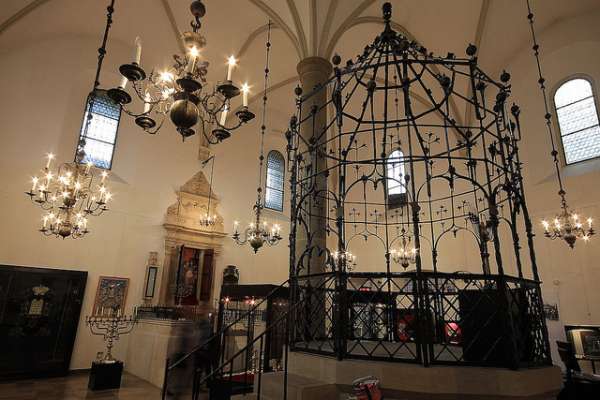
Old Synagogue:
Built by Czech Jews in the 15th century it is one of the oldest Synagogues in Poland. Destroyed by the Nazi’s during World War 2 it is now open as a museum of Jewish culture and displays a history of the extermination of the Krakow Jews by the Nazi’s.
Wawel Hill:
Settled as early as the 10th century, before the Polish state was formed, this area of land is now home to the Royal Castle and has been the place of Kings in Poland since the 13th century.
*Above descriptions from “Guide Around Krakow”
]]>Either the world is getting smaller or the sausages are getting larger, but it is for sure there is no shortage of sausage now that we’ve entered Poland. The same can be said for perogis, stuffed pancakes and cold beer. The cyclists had started to crave some more cafes and shops to stop along the way each day as the northern countries are stunning for their forests and lakes but of course there is not as much population. Poland still has remarkable forest settings and our camps have had great scenery but the population is much beyond the Baltic States and hence an espresso during the ride is more likely to be found.

After Russia and then the Baltic States, crossing into Poland marks the 3rd region of the Tour, with that being Central Europe. The border between Lithuania and Poland is now open as both countries are in the Schengen zone, however the immigration and customs buildings are still visible. It was here that the Soviet Union had its western most border, though the Soviet army was stationed in Poland and beyond.
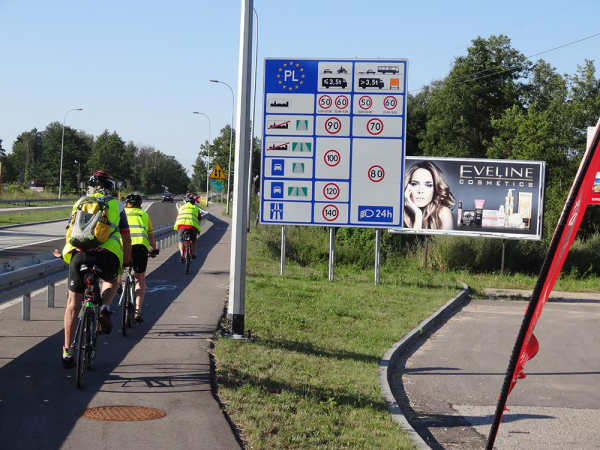
We are now into our 3rd week of warm temperatures and little to no rain. It’s been a big plus for sure and made the cycling that much more enjoyable. Our group grew in Vilnius with 3 new riders from Arizona. They’ve fit in very well and are enjoying the roads and camaraderie of the group. They have some great stories of cycling in Arizona!
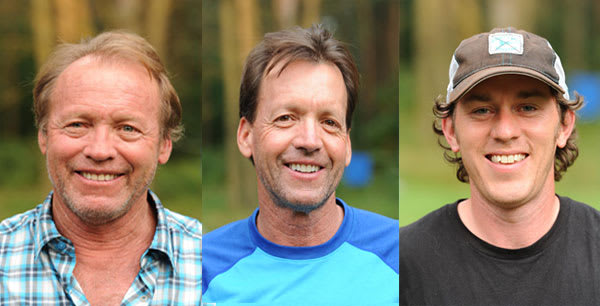
At this time the cyclists are out enjoying the sights of Warsaw. There is a festival ongoing and it appears there will be a concert just beside our hotel, so life is good. Sausages, beer and all. In the morning we’ll be on the road again, with 2 long days of cycling and 1 shorter but hillier day to get to Krakow and our next rest day.
]]>The first section of the Trans Europa tour is now complete. Bike the Baltic, from St. Petersburg to Vilnius concluded with a 130km ride yesterday to our hotel in the heart of the old city. To give a sense of our first section here are 8 interesting events/facts…
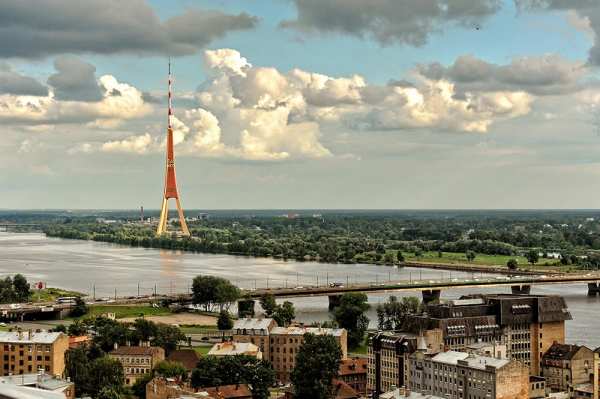
• When we began the Tour in St. Petersburg the number of daylight hours was 18 ½, on arriving in Vilnius we are now enjoying 16 ½ hours of daylight. As much as we love daylight those extra 2 hours of darkness make for happier sleeps.
• Apart from restaurant meals our camp dinners have been;
- Spaghetti Bolognese
- BBQ Chicken with Celery Root and Carrots in Orange sauce with rice.
- Butternut Squash Risotto with Pork Chops
- Gorgonzola Gnocchi with pan fried Salmon
- Tomato Pasta with Turkish Meatballs
- Potato Salad, Beets and Grilled Sausages
- Thai Green Curry with Chicken, Zucchini and Peppers
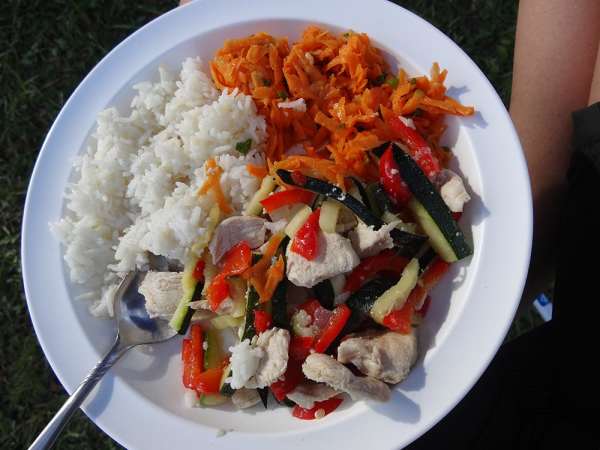
• The cyclists have covered 1200km, including about 45km of “country roads”, our new euphemism for dirt.
• 10 cyclists began the Tour in St. Petersburg, 1 joined in Tallin, 1 joined just south of Riga. 1 cyclist is departing from Vilnius and 2 our joining the Tour here.
• We had 7 nights of camping during this stretch. 3 of our riders managed to only camp 1 night out of the 7 by finding indoor accommodation at our campsites.
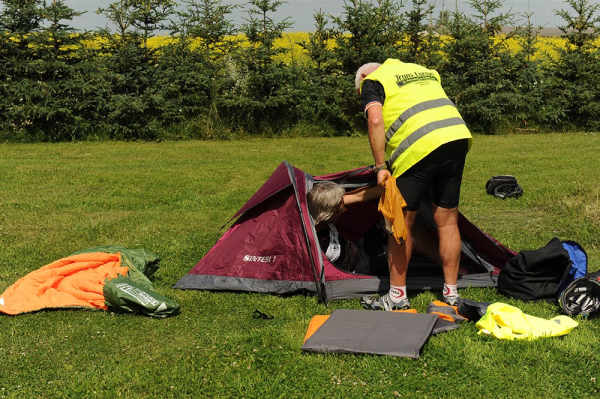
• We used approximately 30 rolls of flagging tape to mark the turns each day along the route. For the benefit of the local environment the tape is biodegradable.
• Amazingly for the Baltic States we did not have any rain during our time on the bikes, and the only rain was some showers one night in Estonia.

• We’ve learned 3 new ways to say hello. Russian = Privet, Estonian = Tere, and Latvian and Lithuanian = Sveiki
• In 12 days of cycling only the last 2 days had anything that would qualify as a hill. The Baltic States provide a great training ground to get ready for the rest of the Tour and the upcoming climbs in the Tatra Mountains of Slovakia.
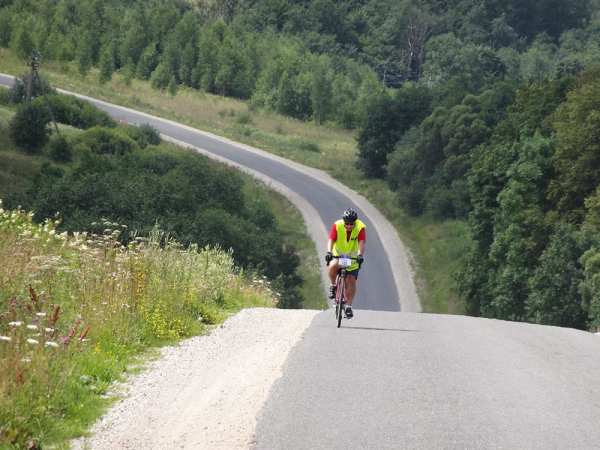
• We still have 10 more countries to cycle through!
]]>